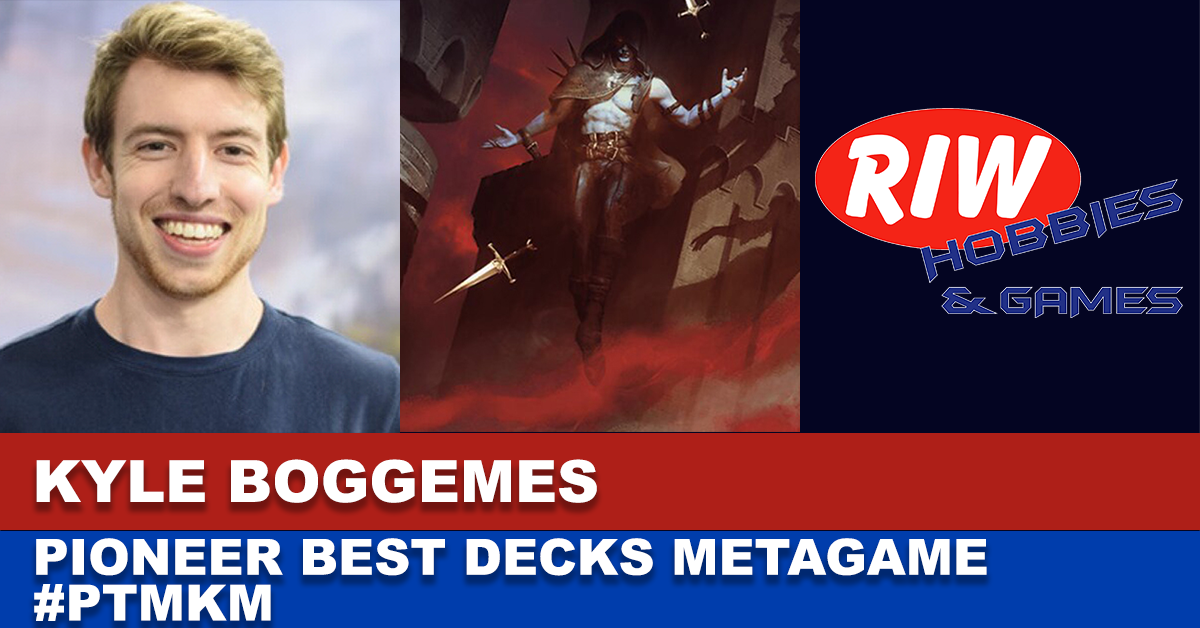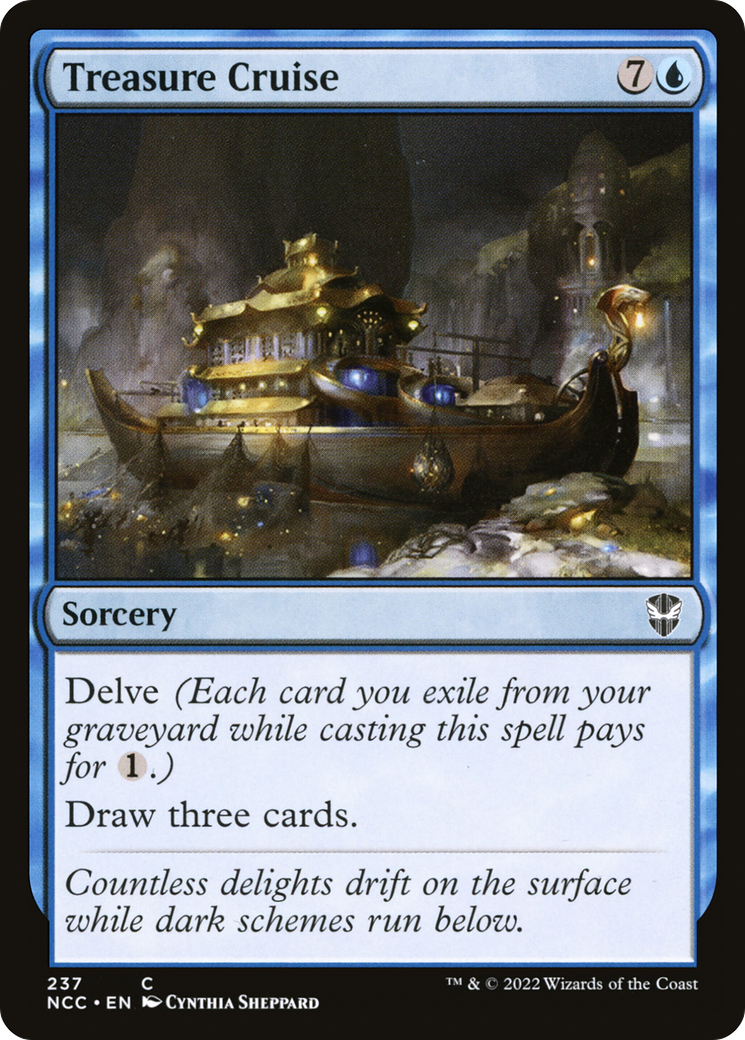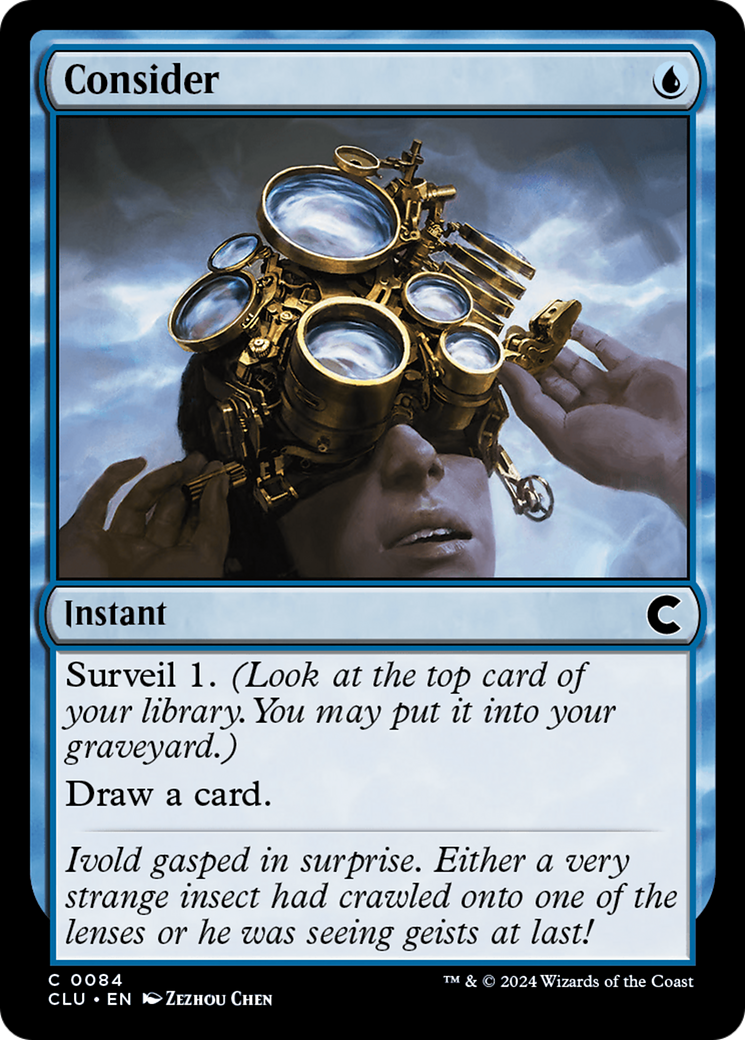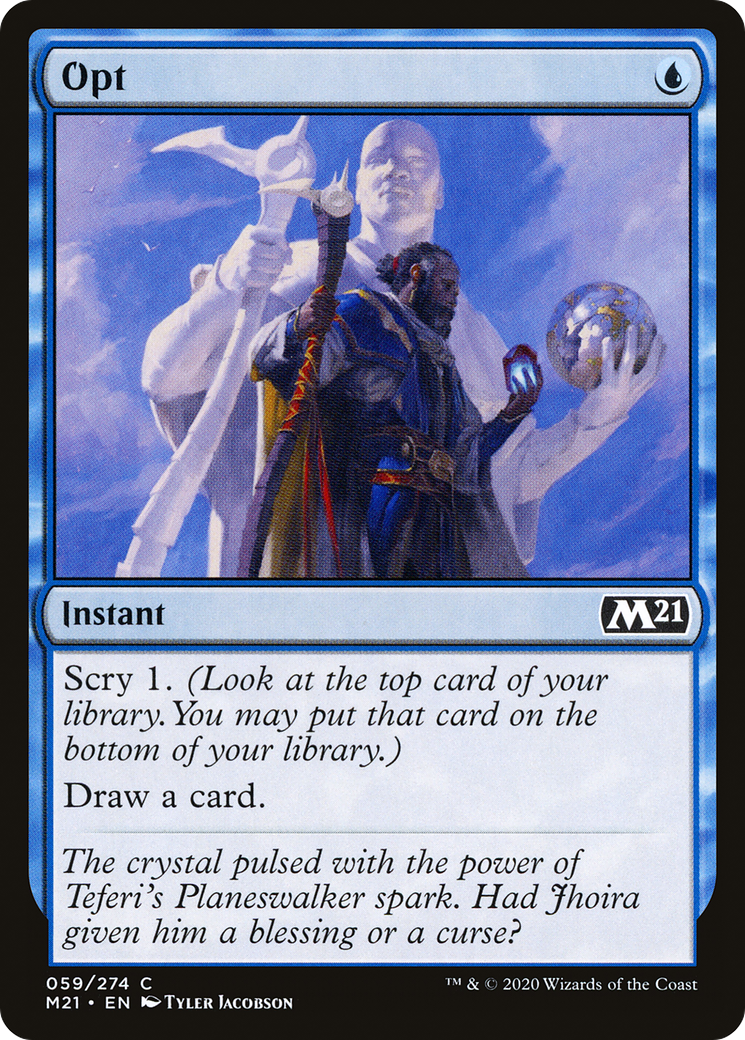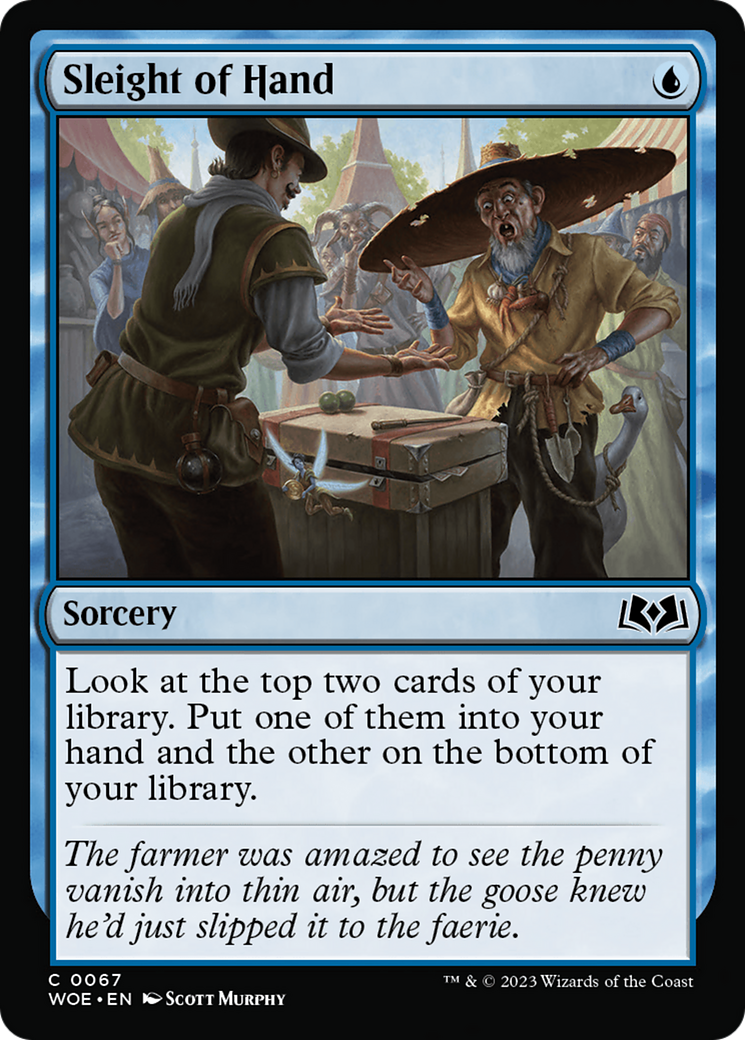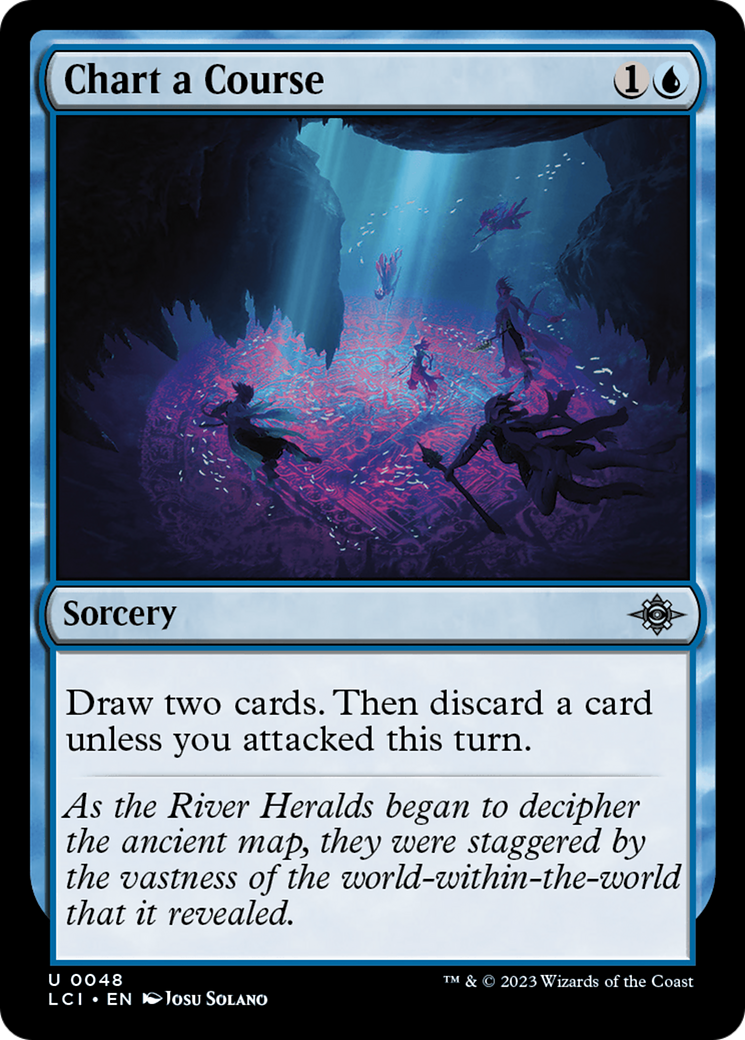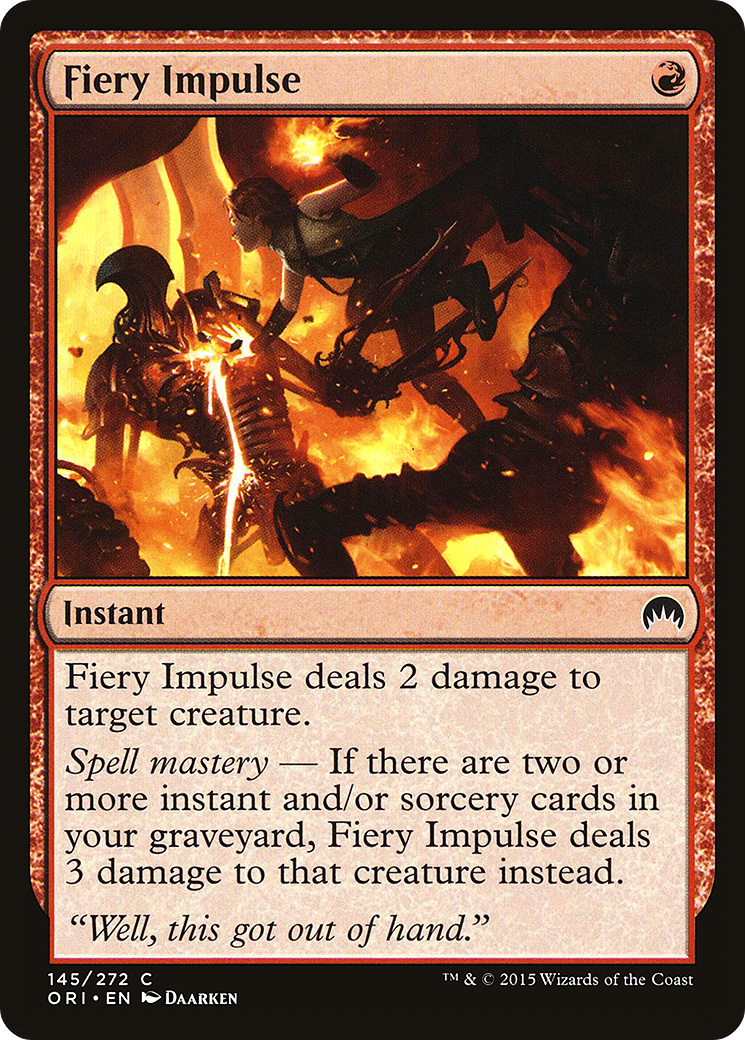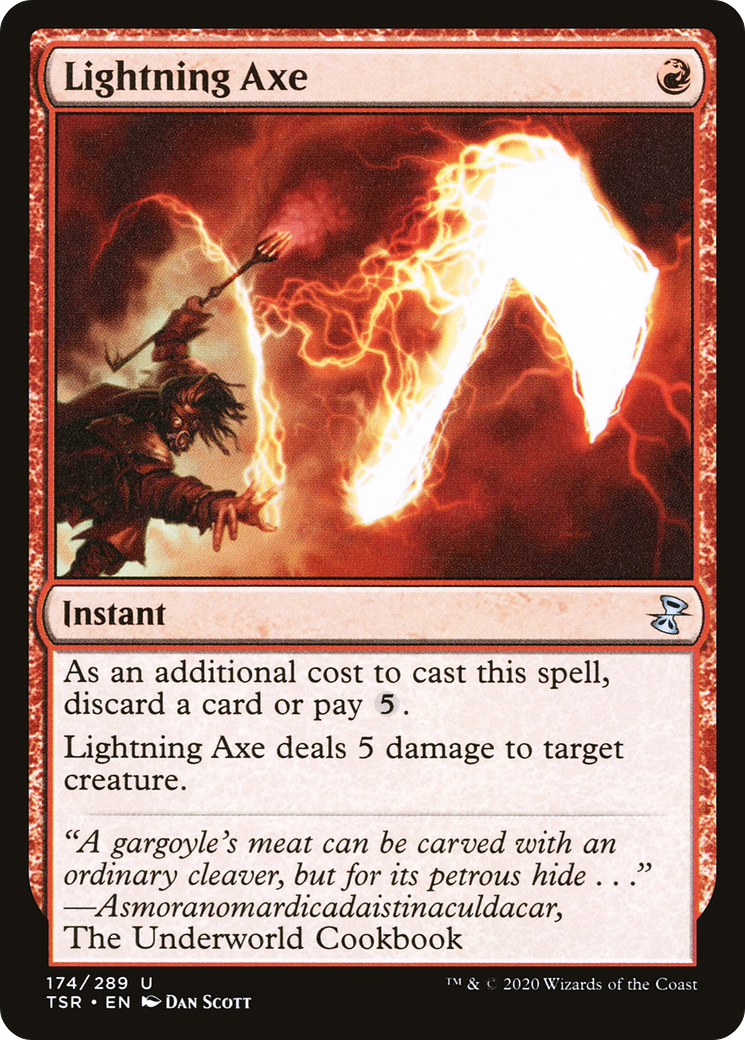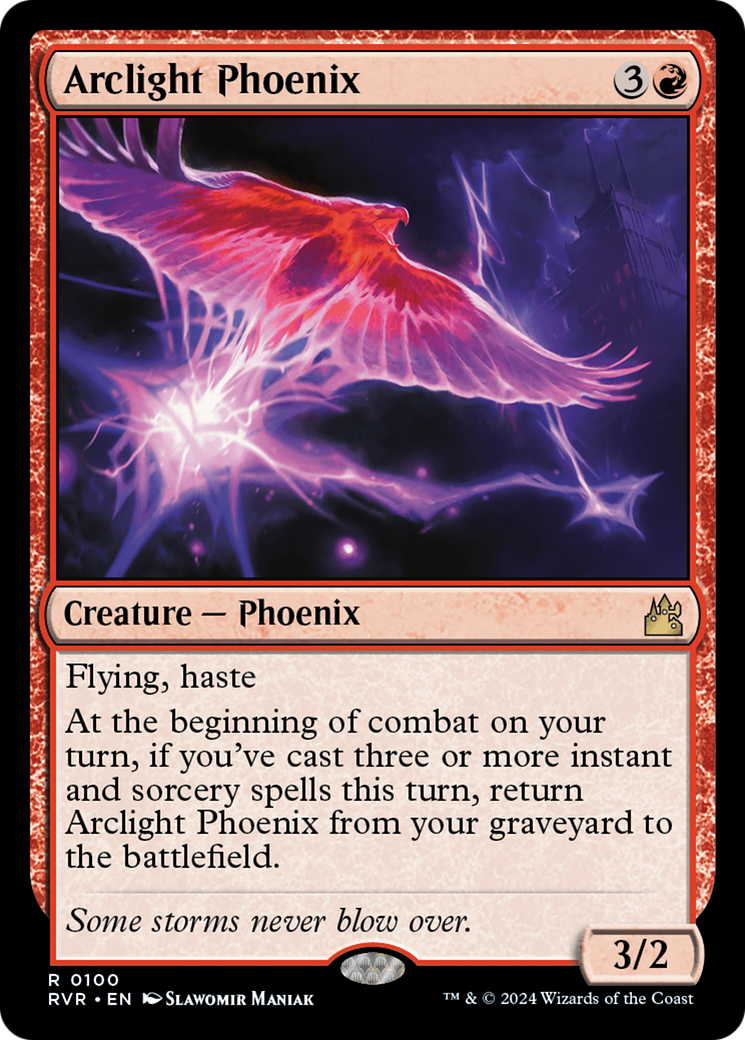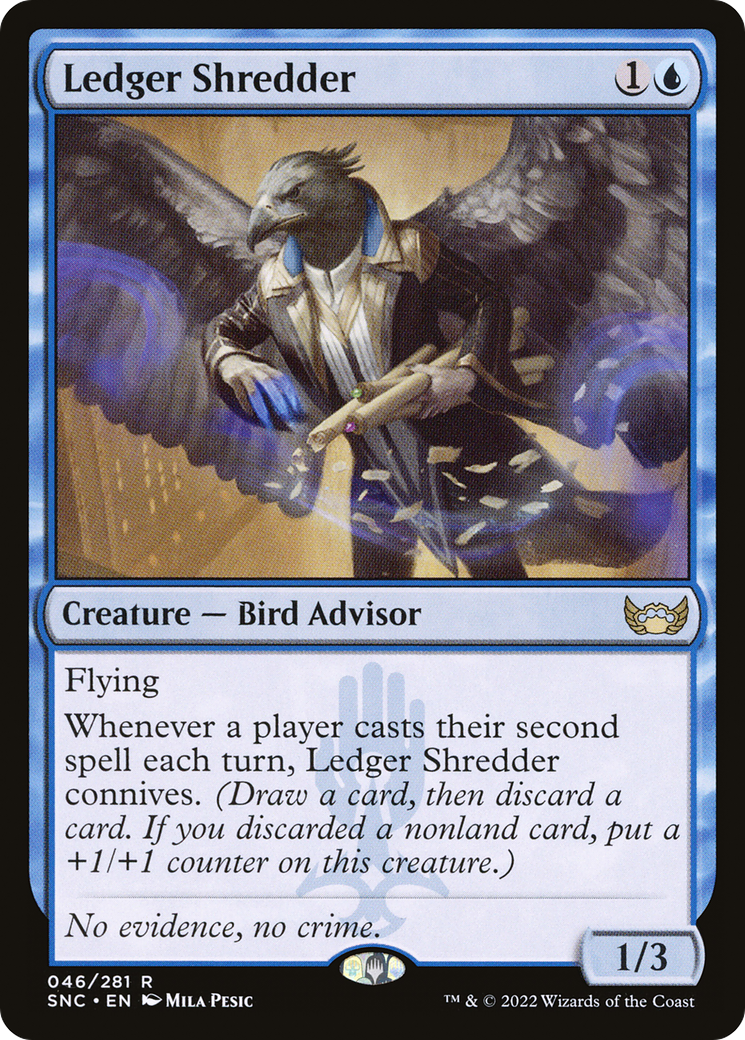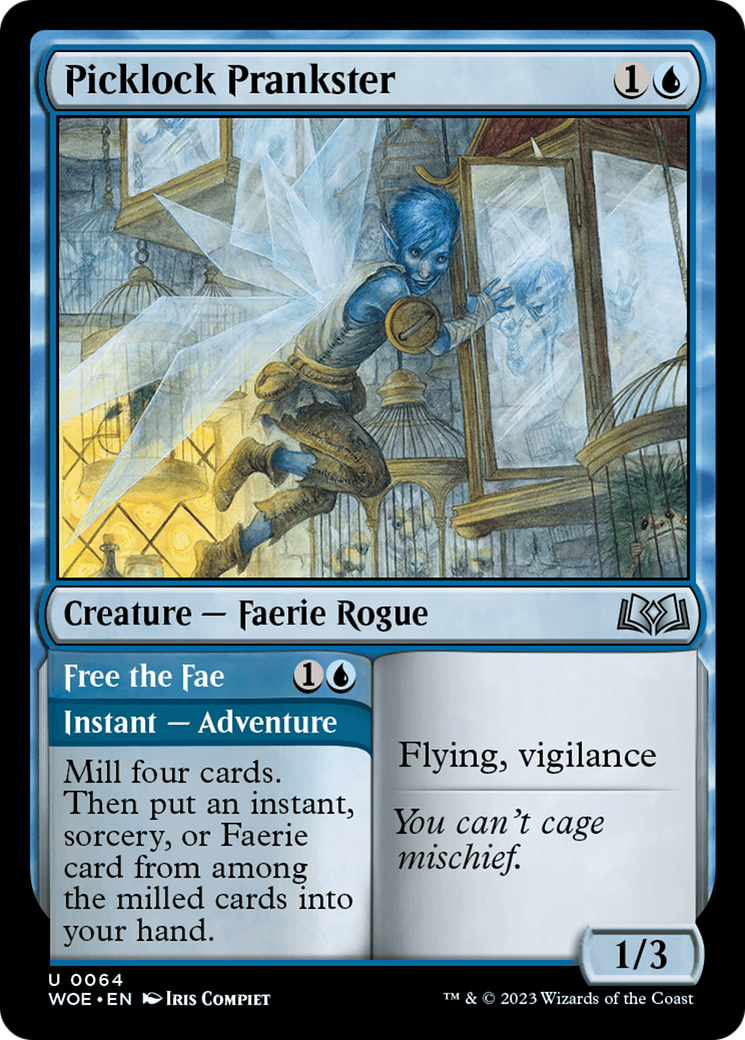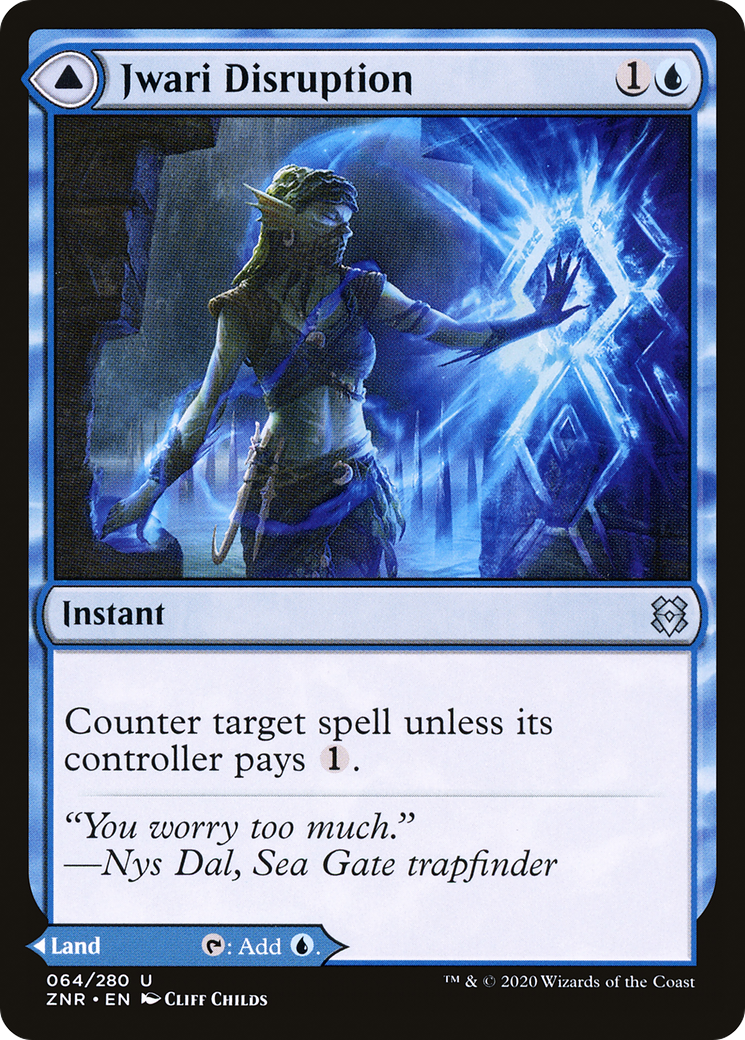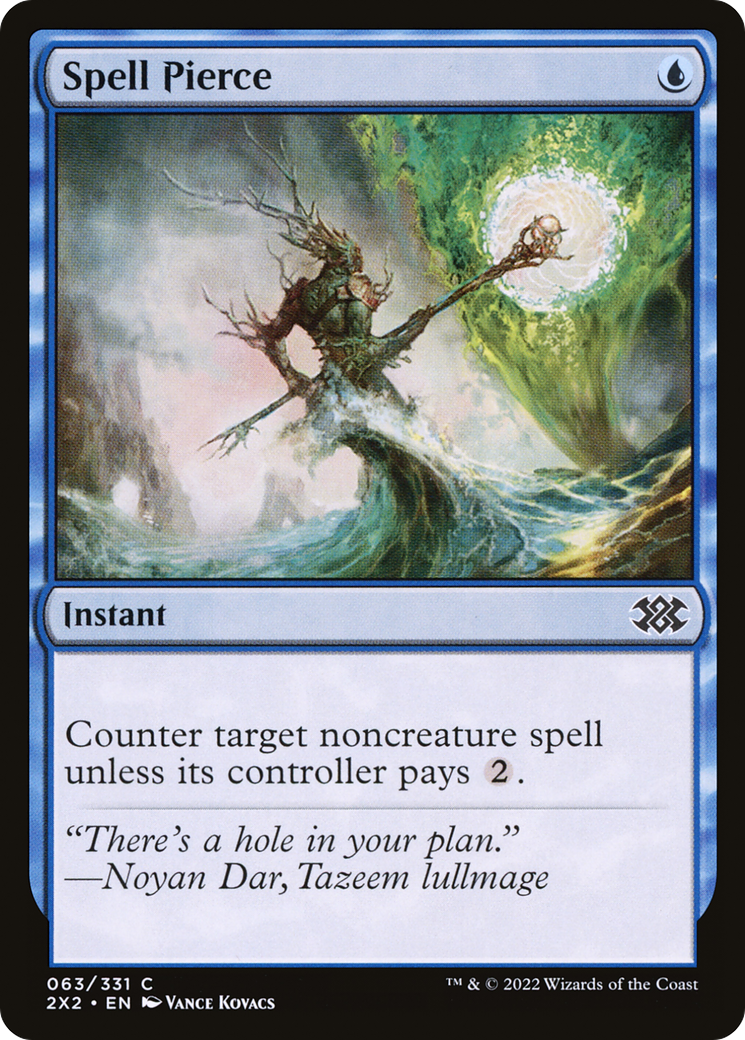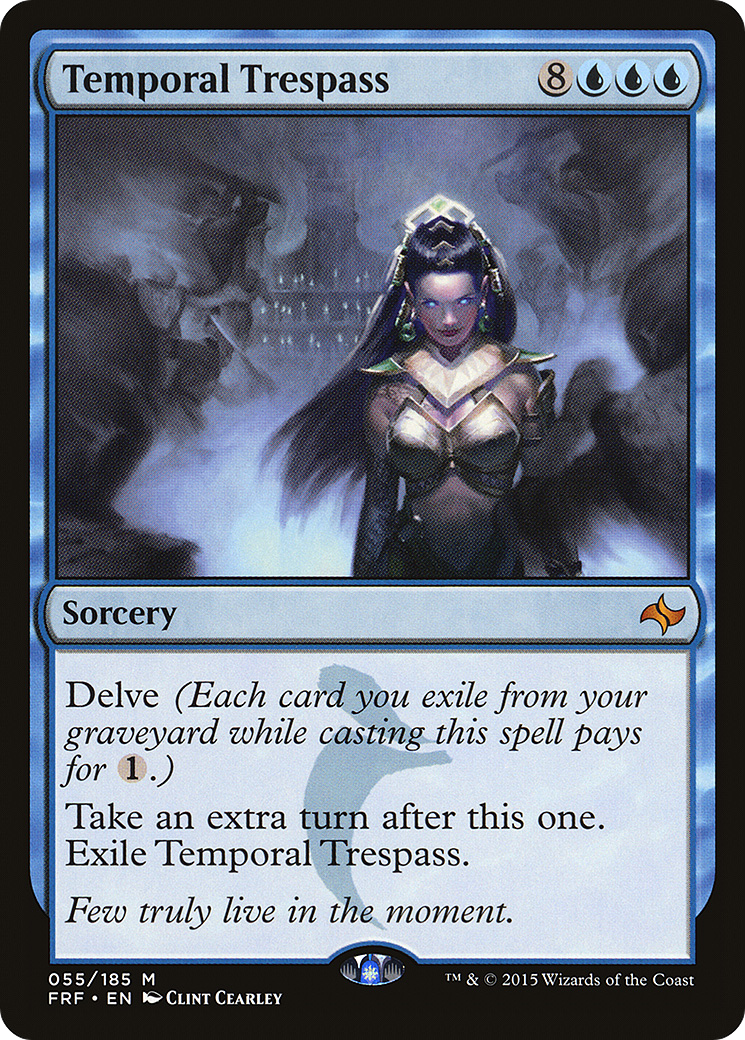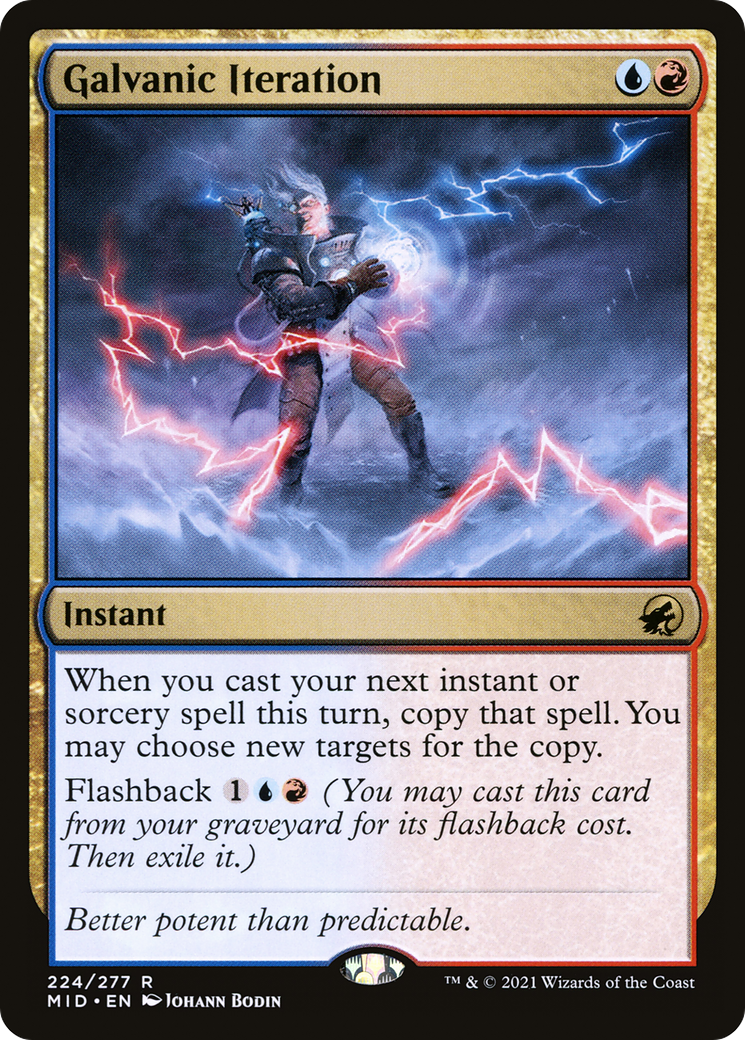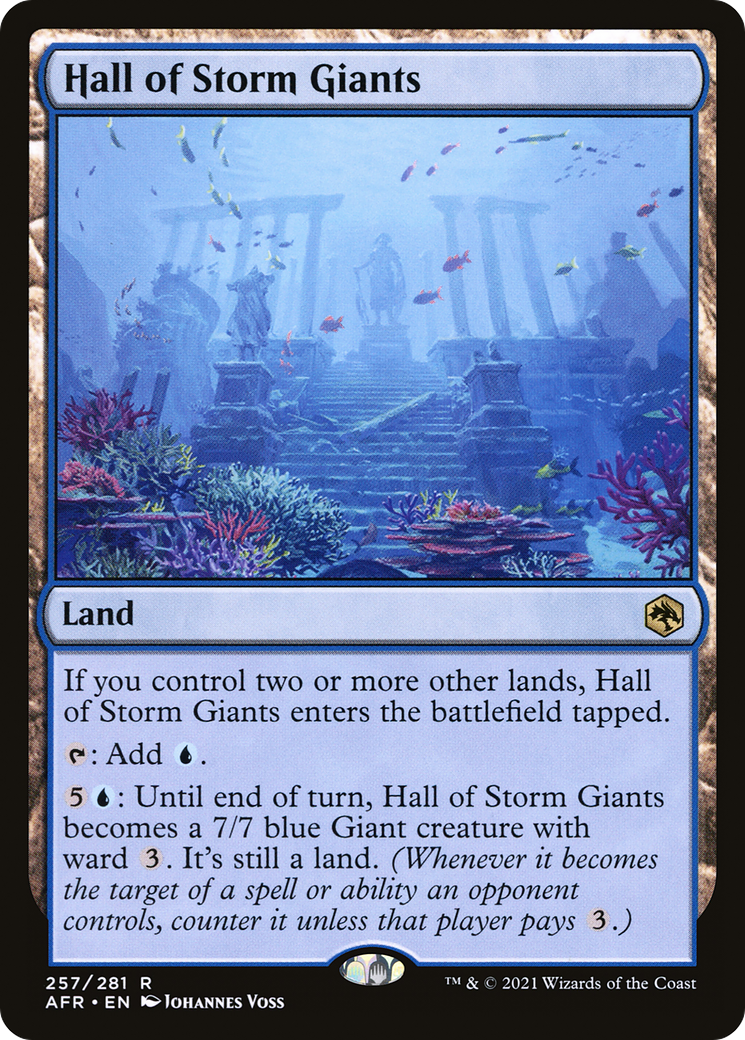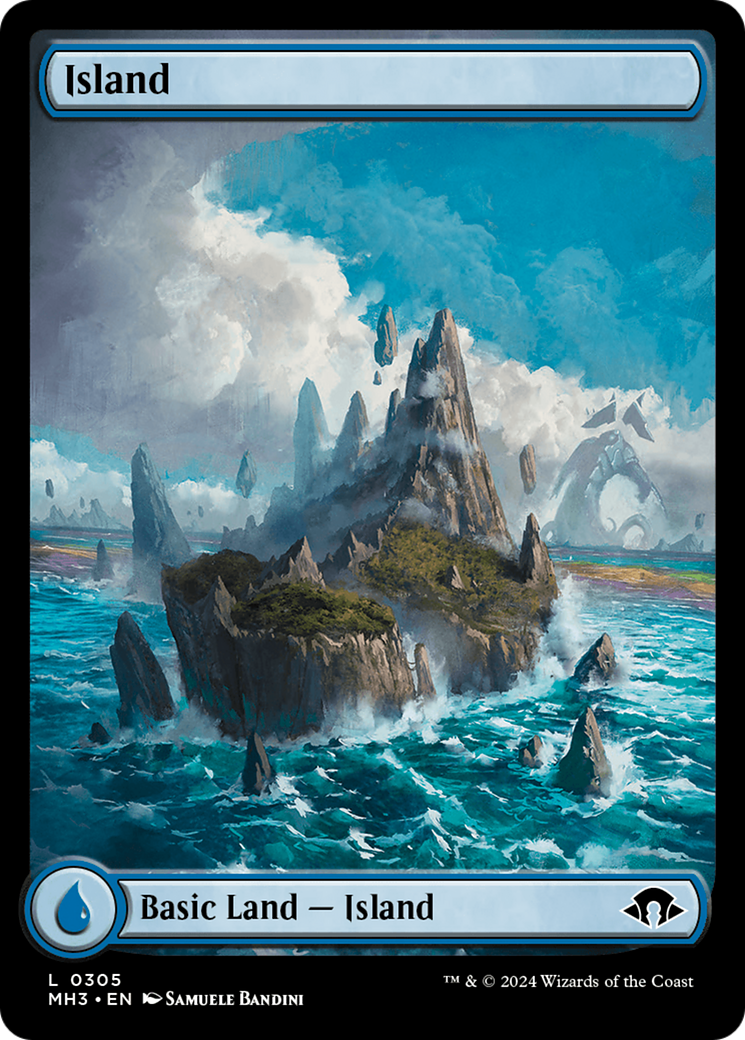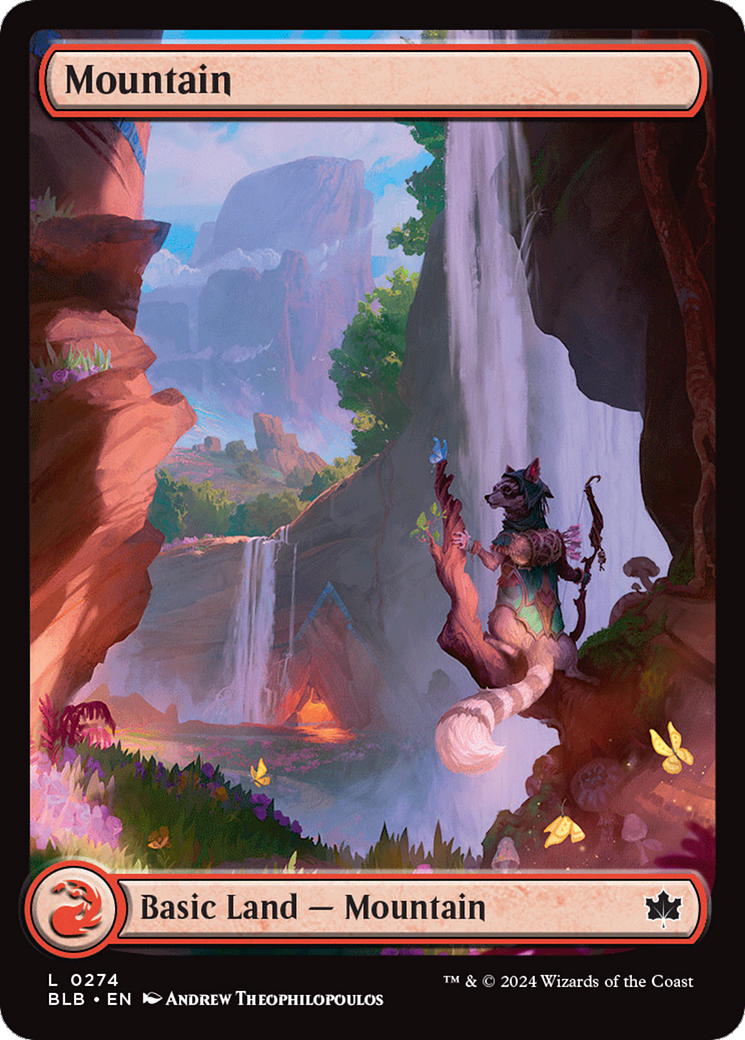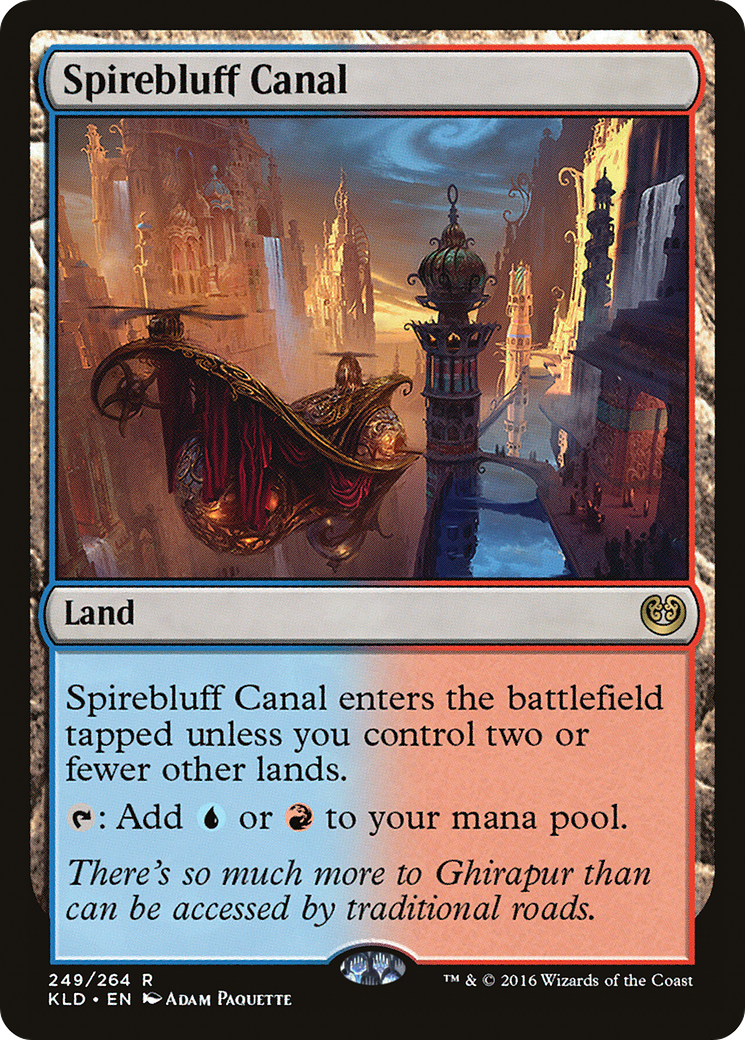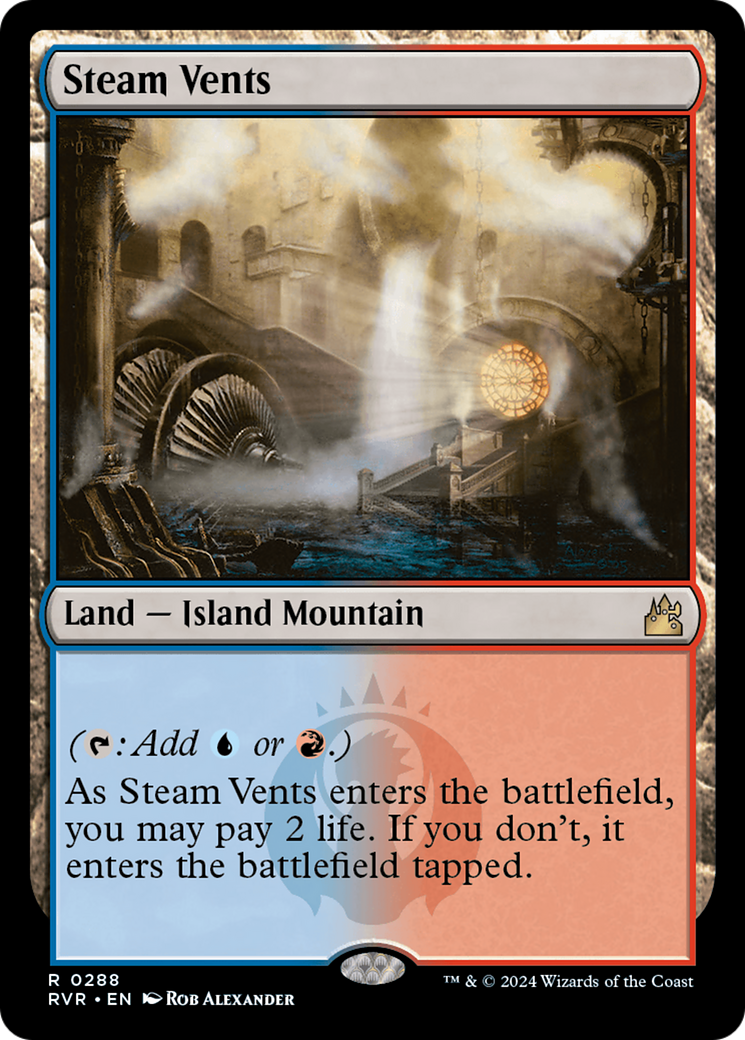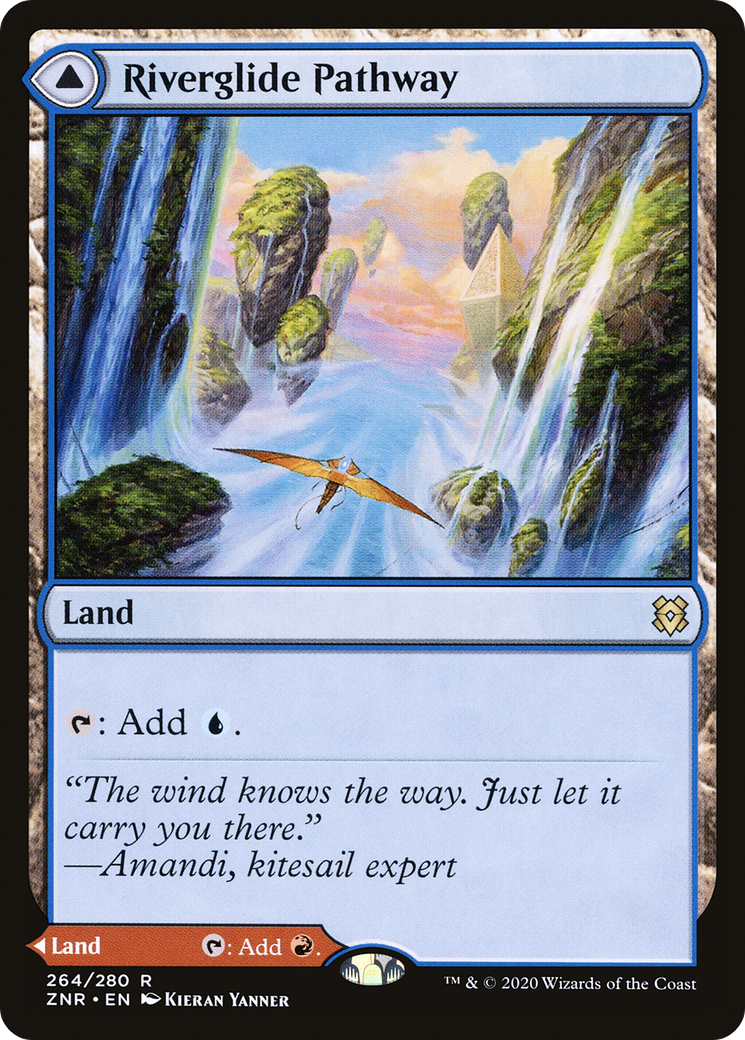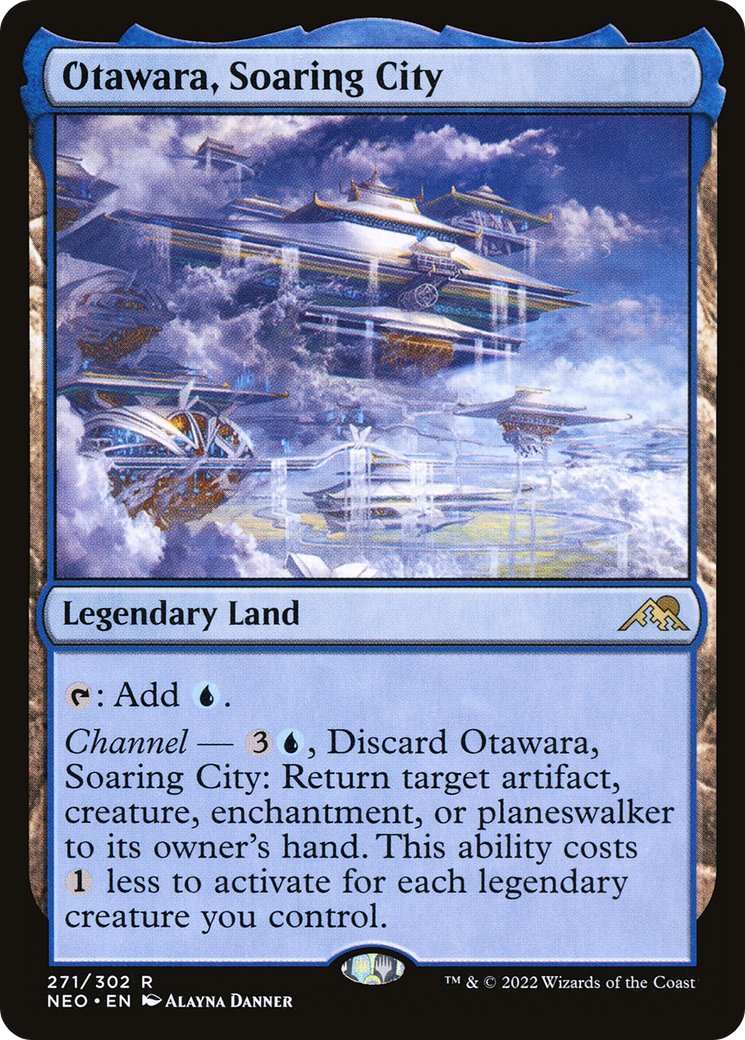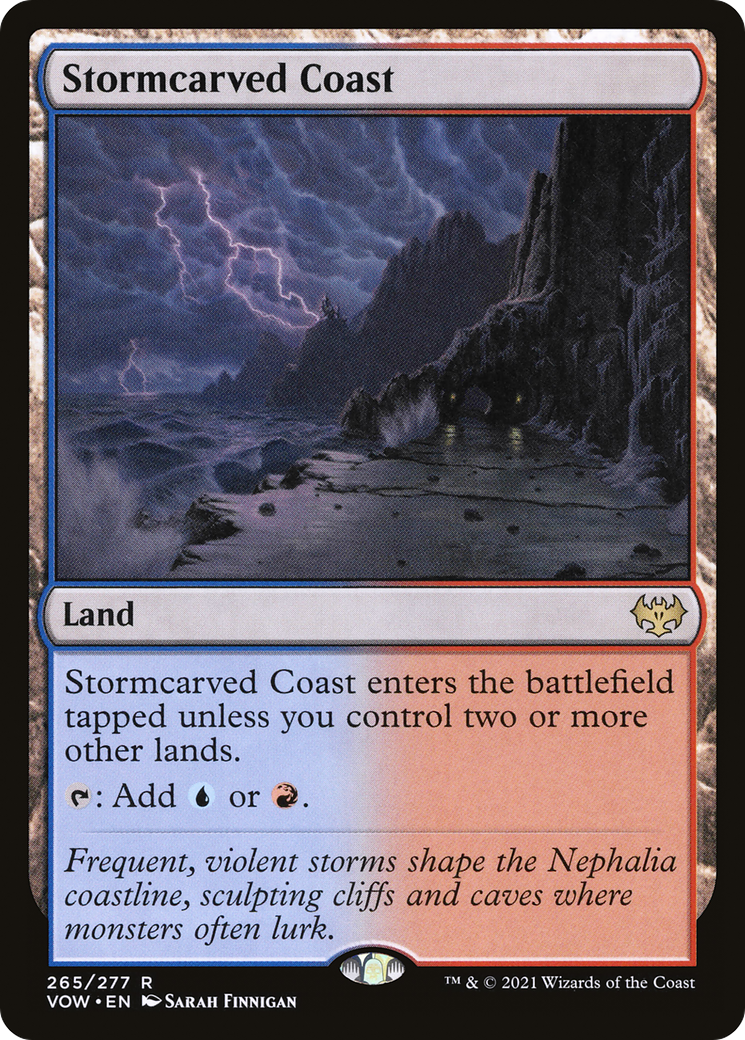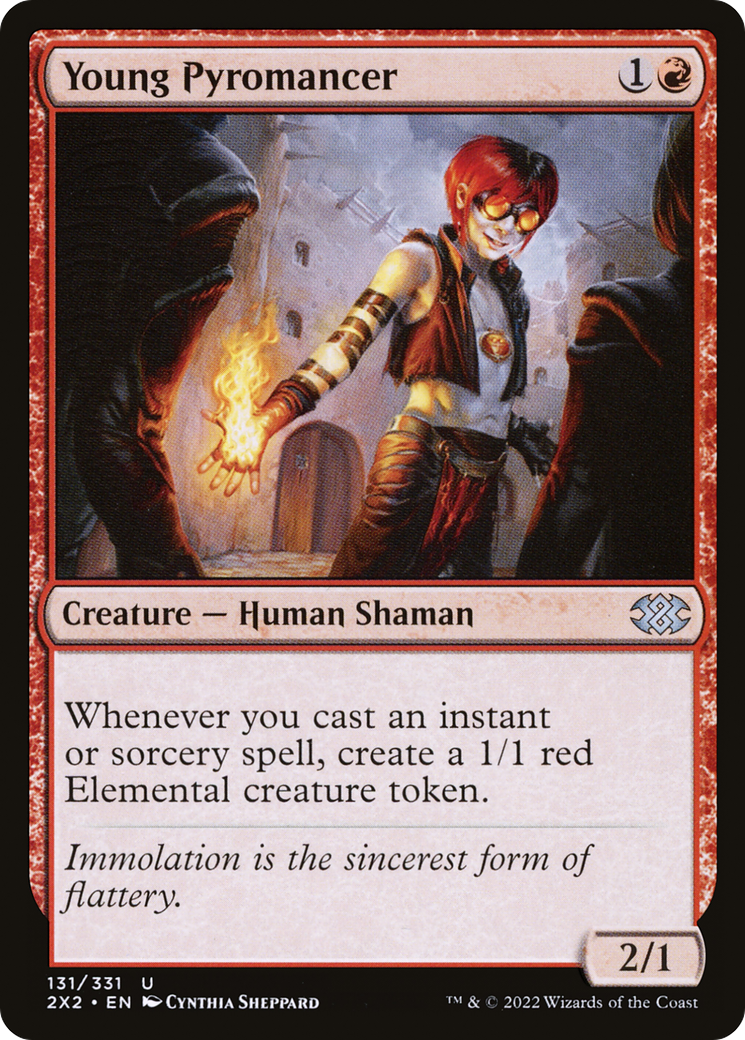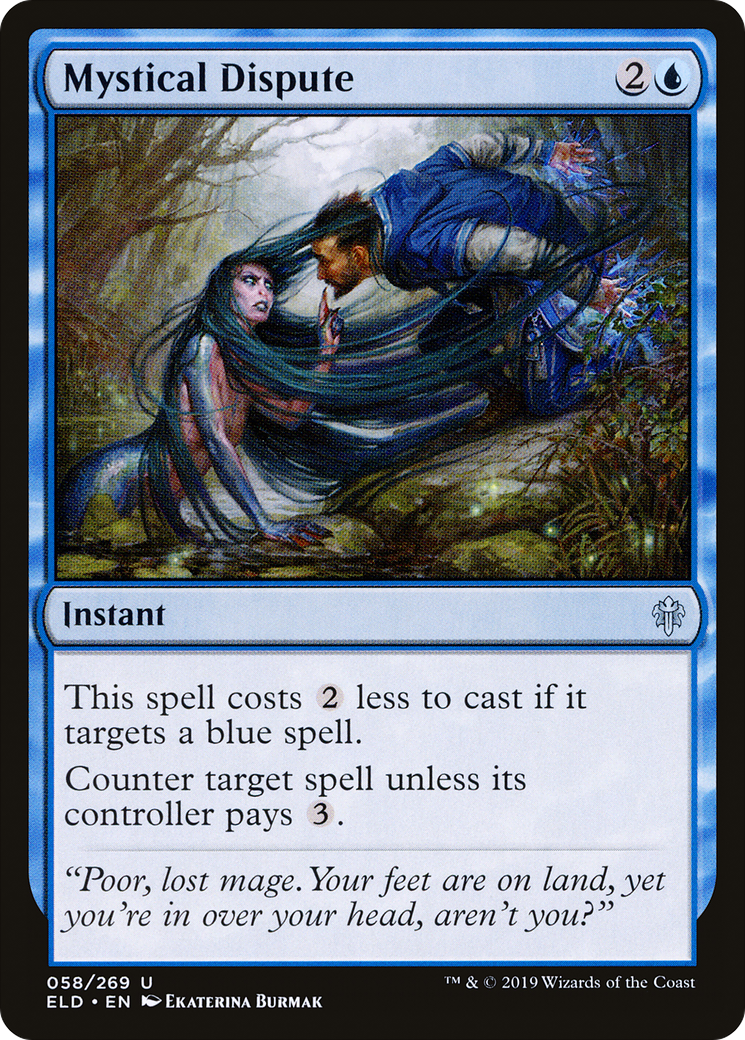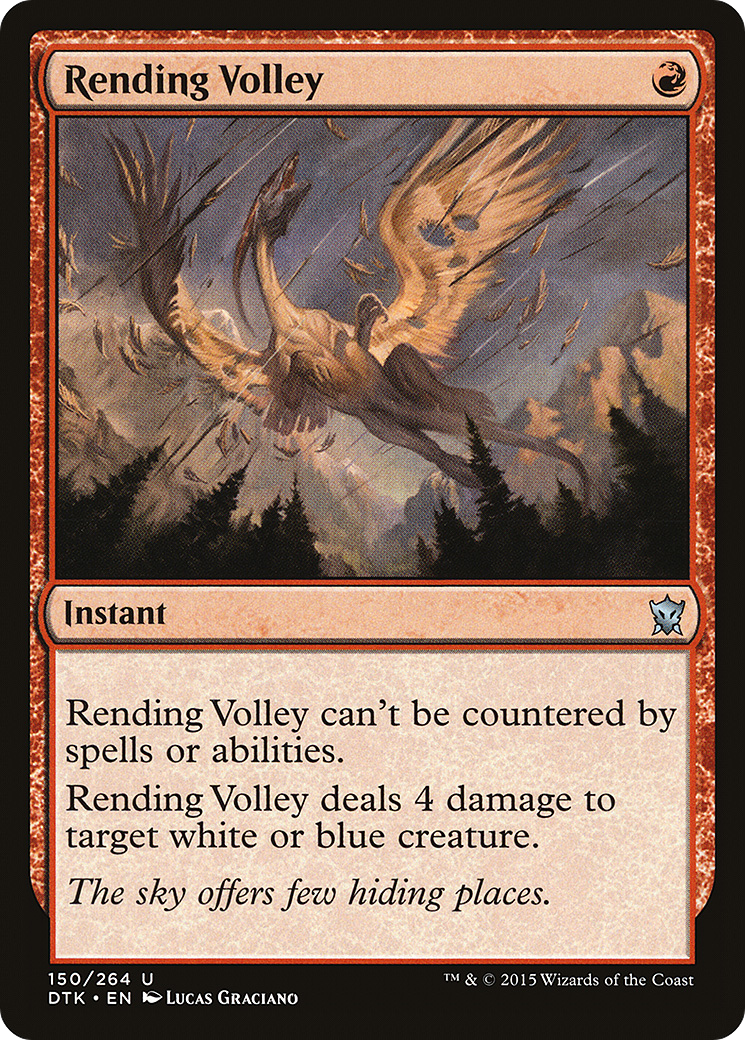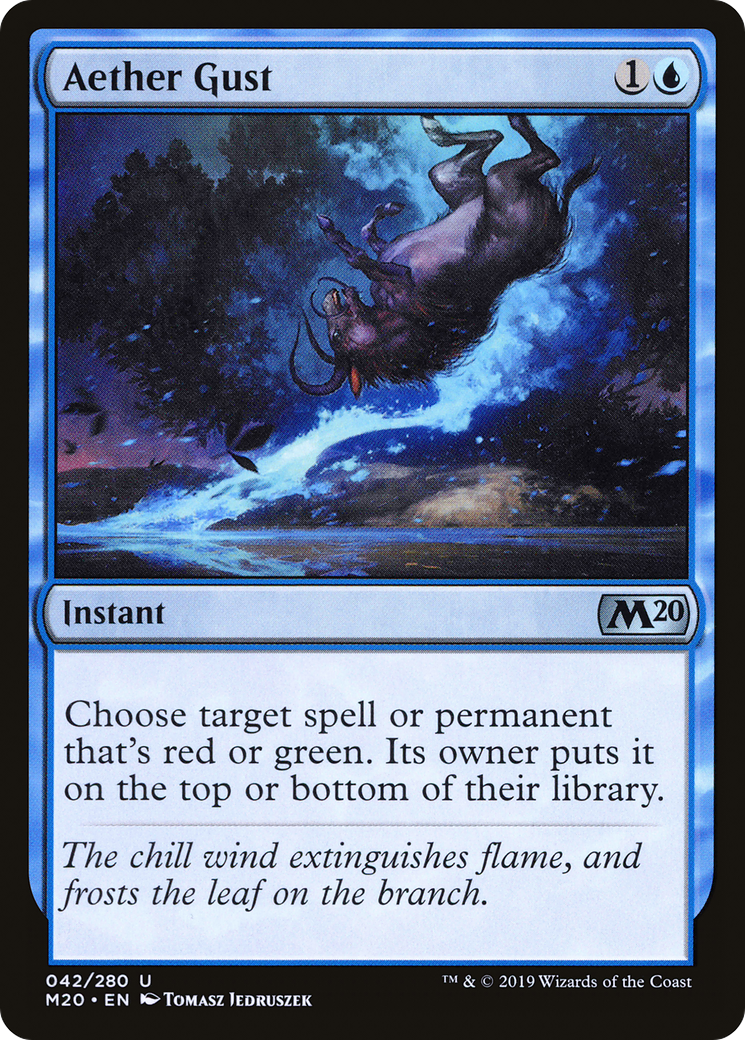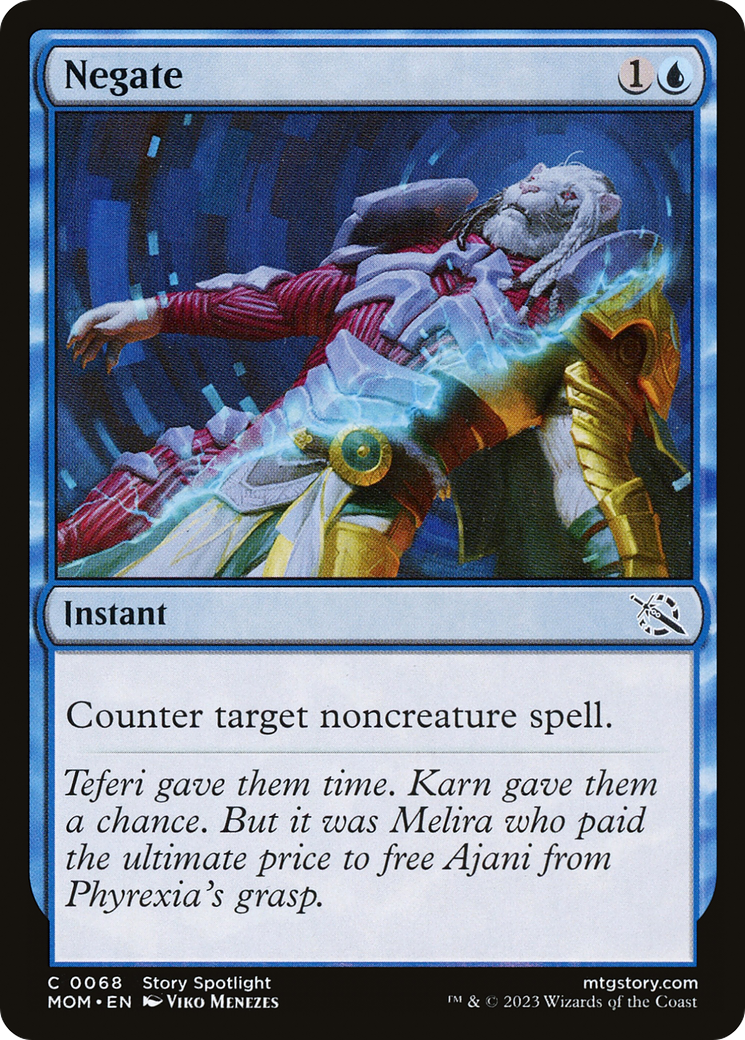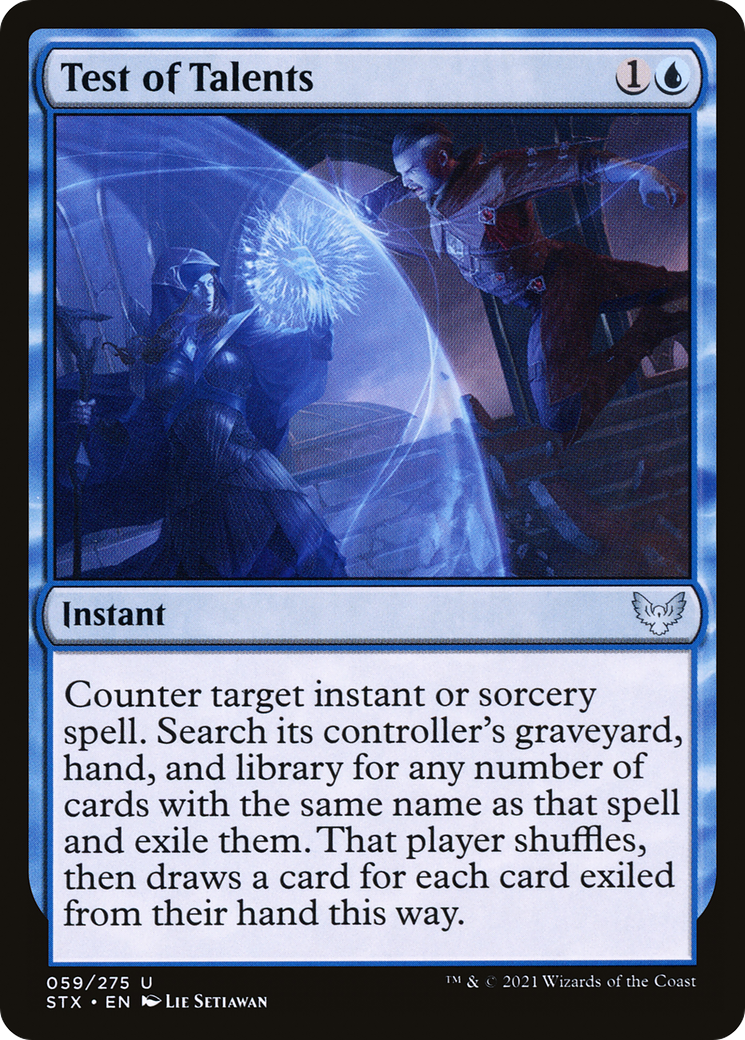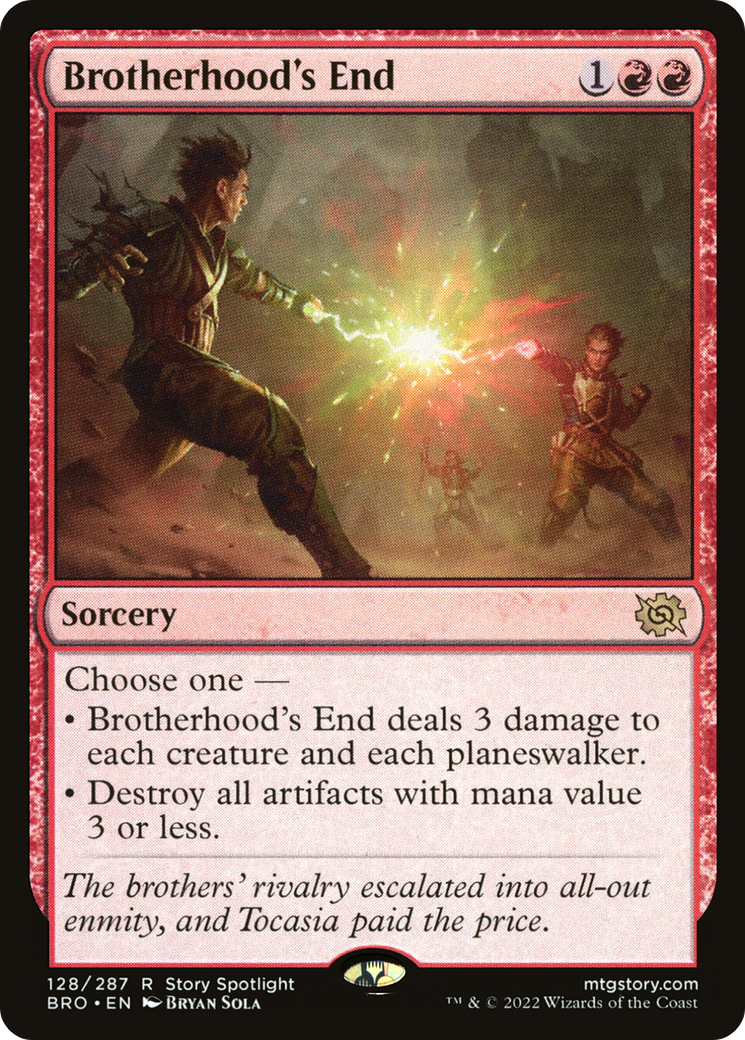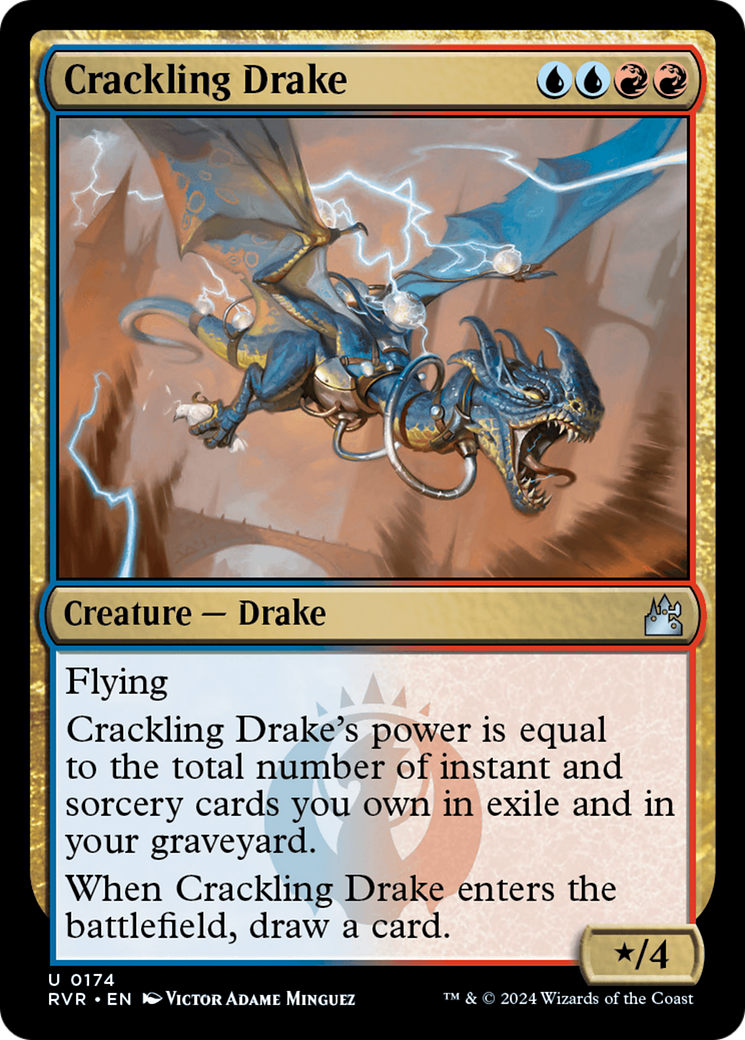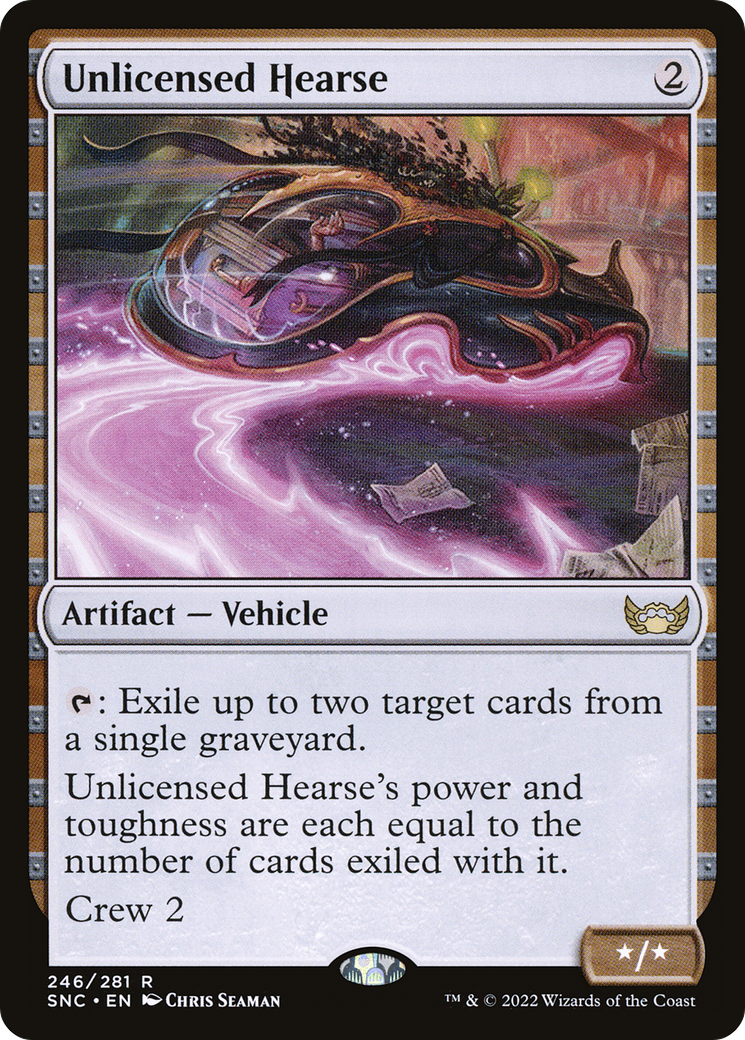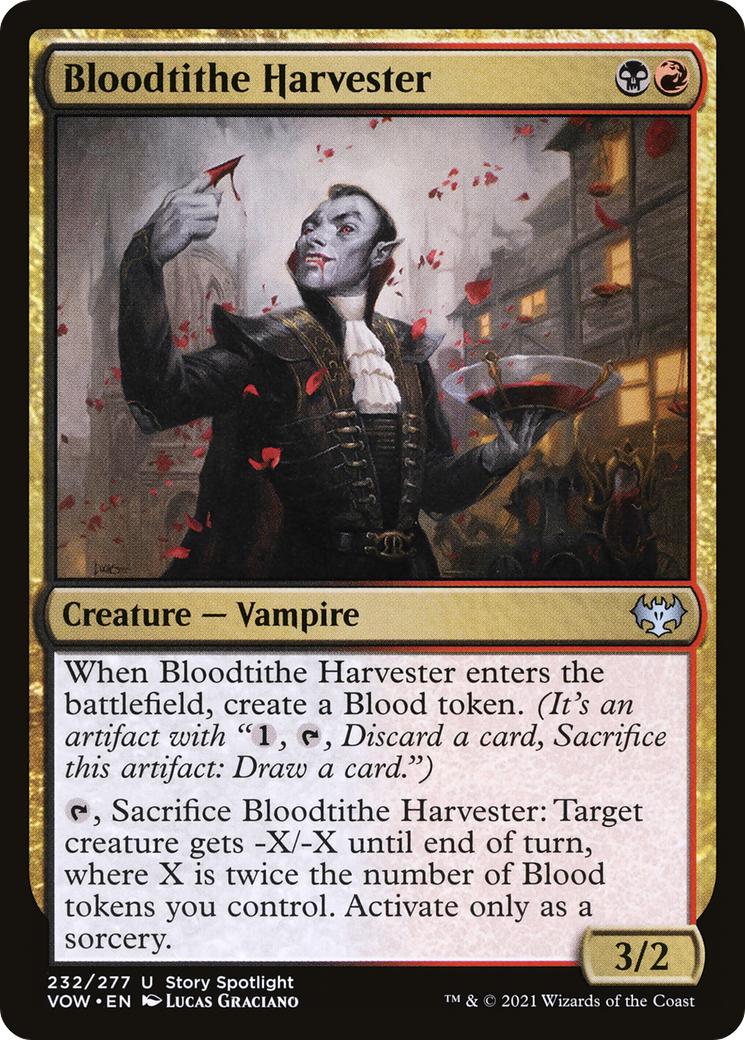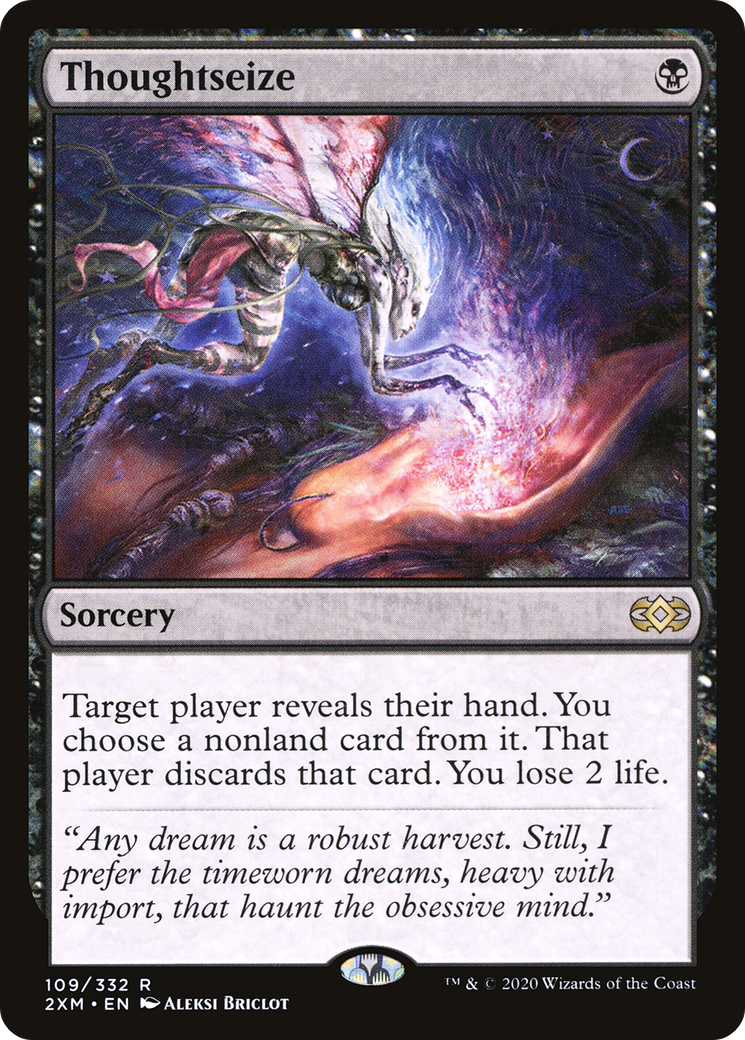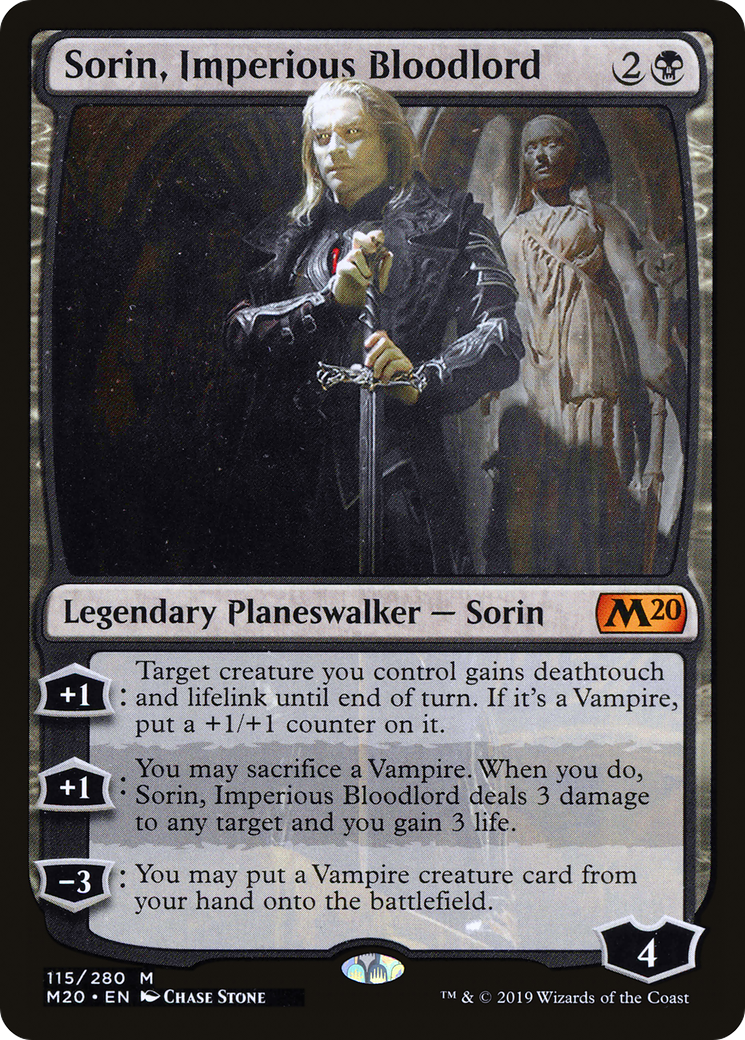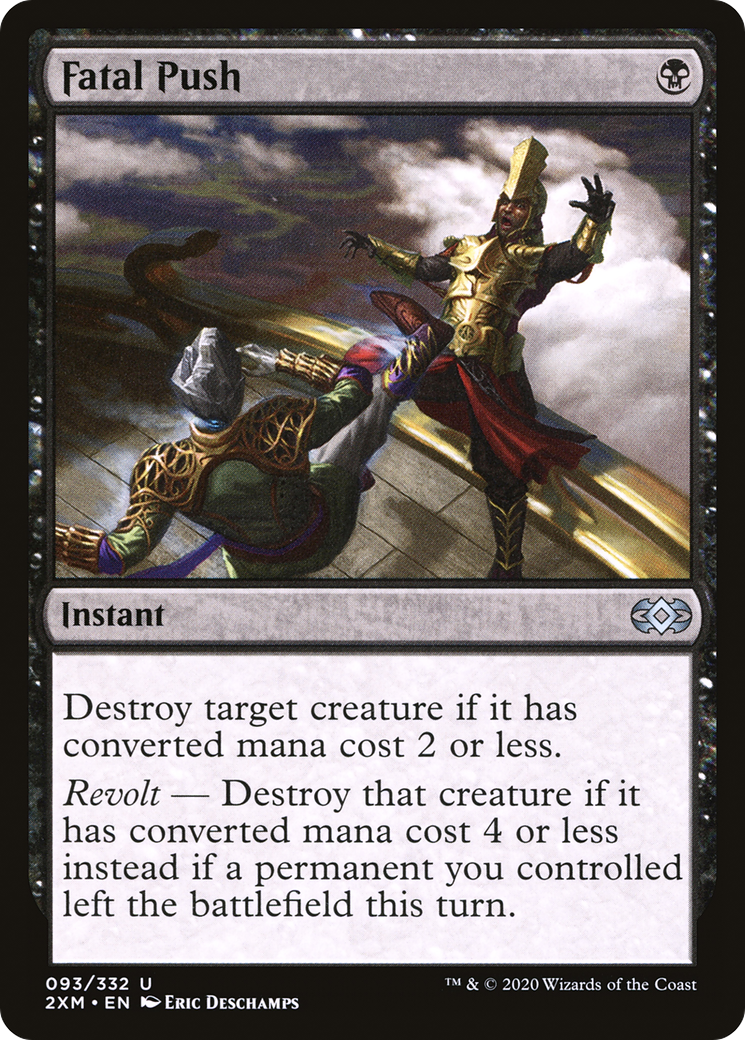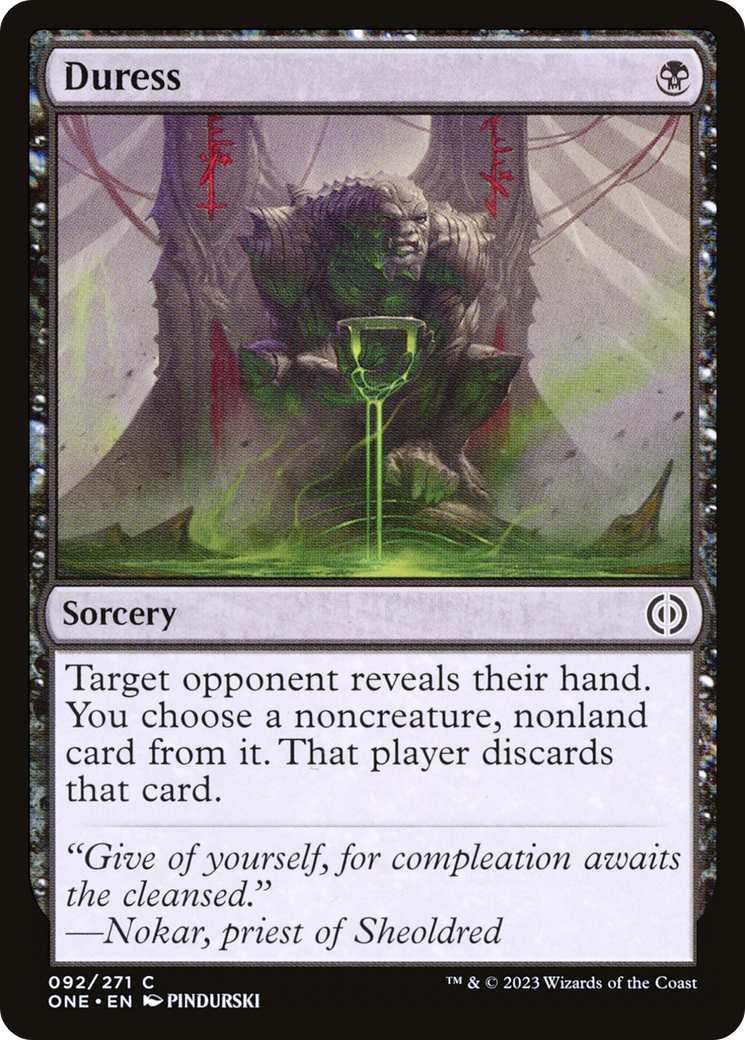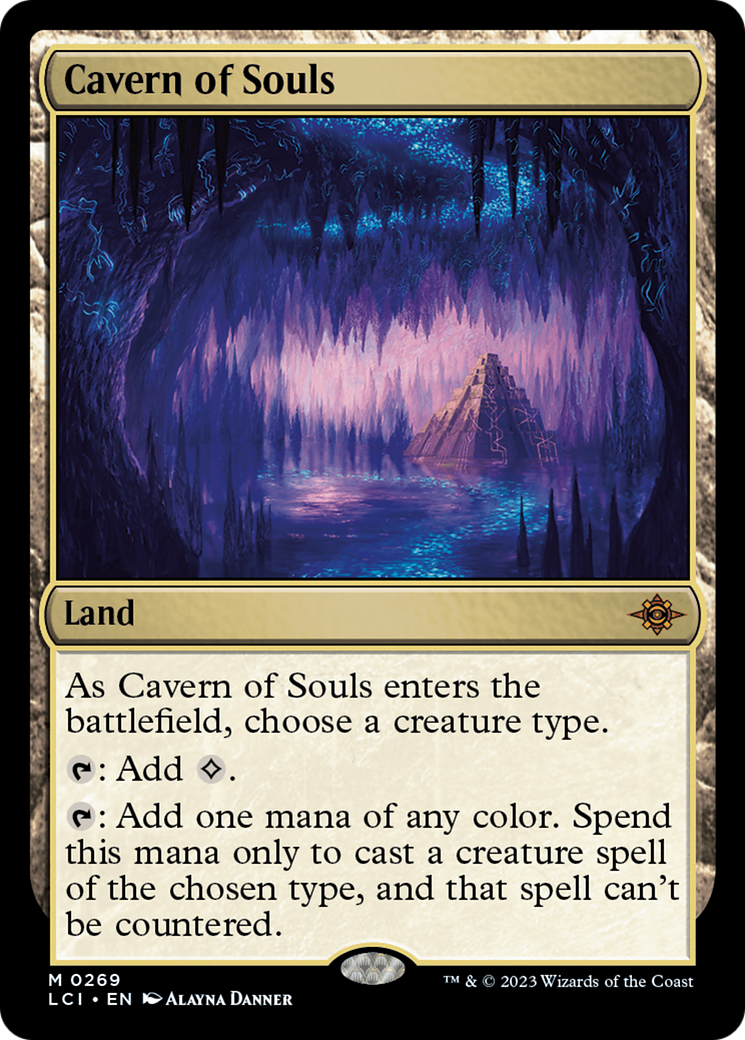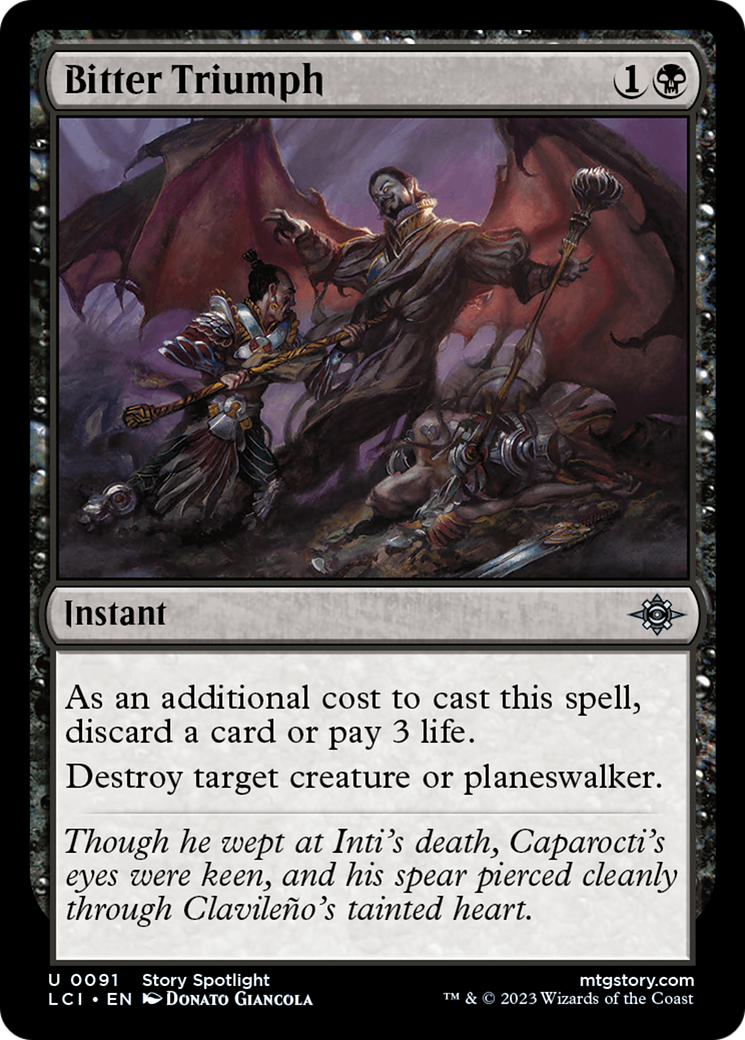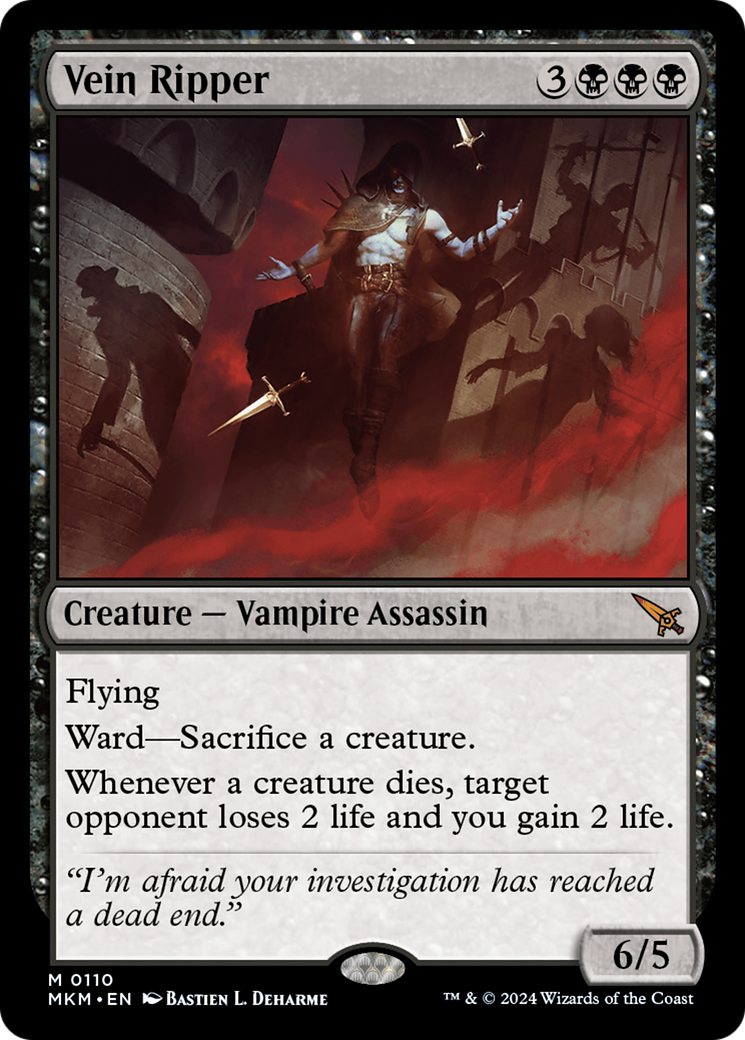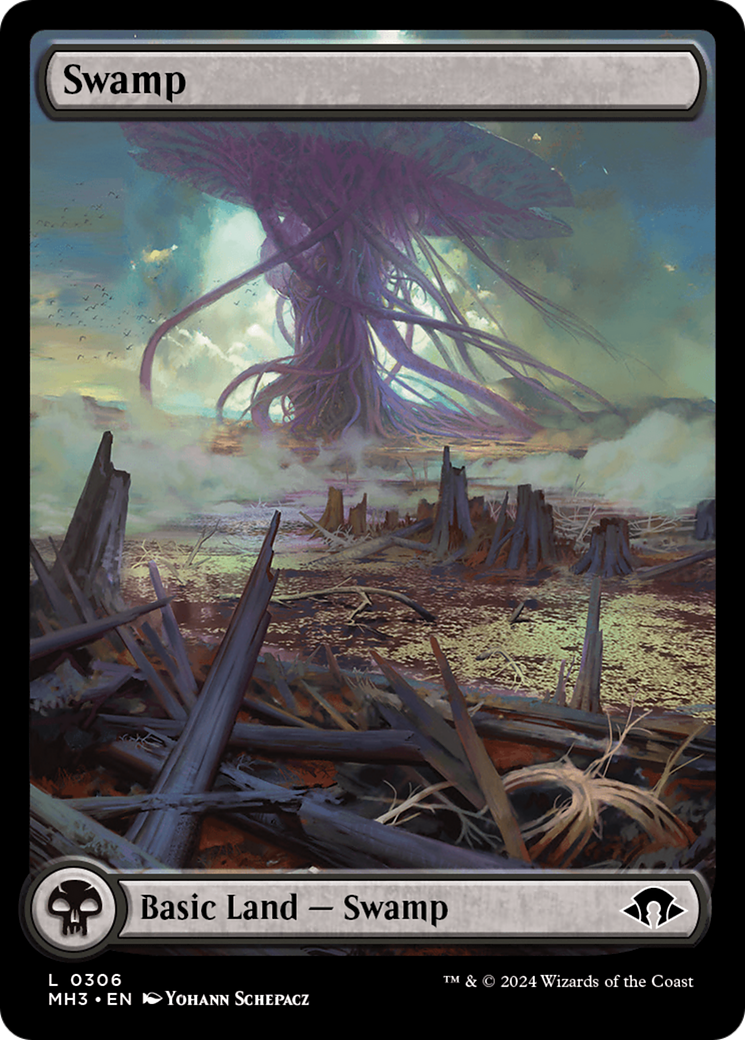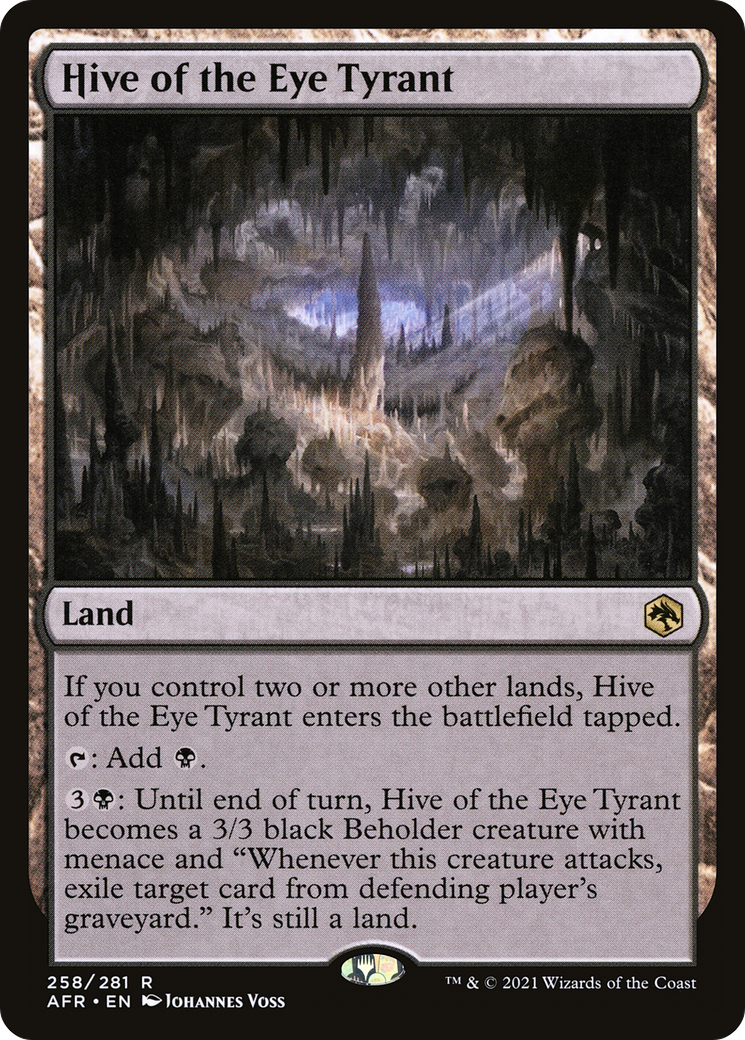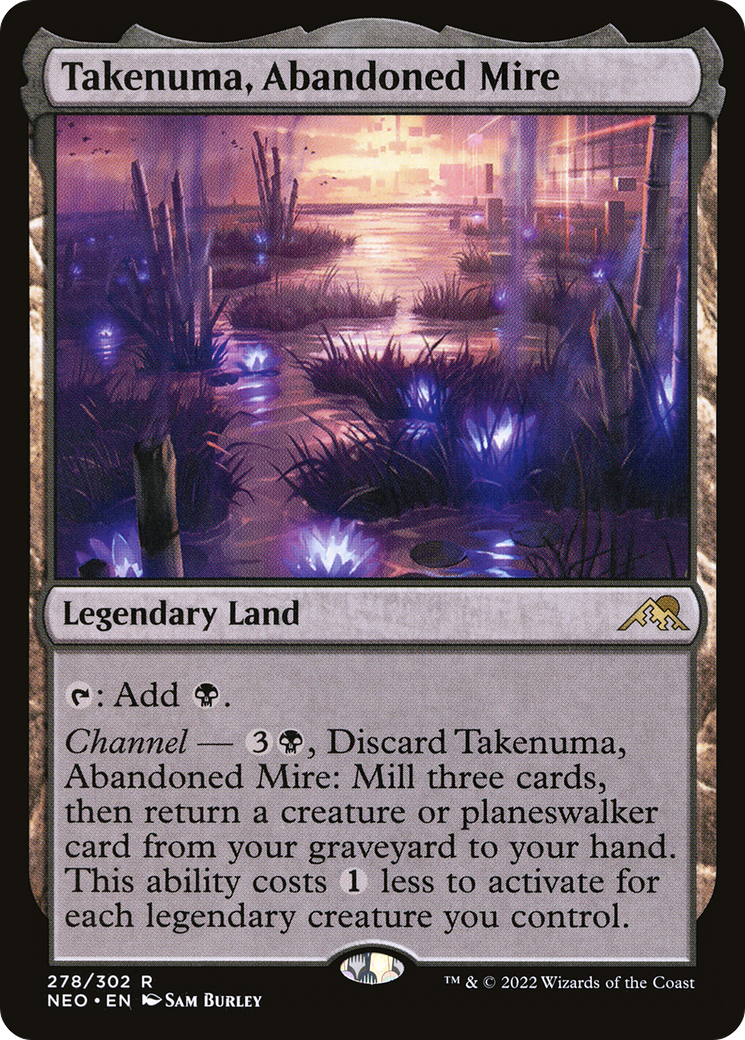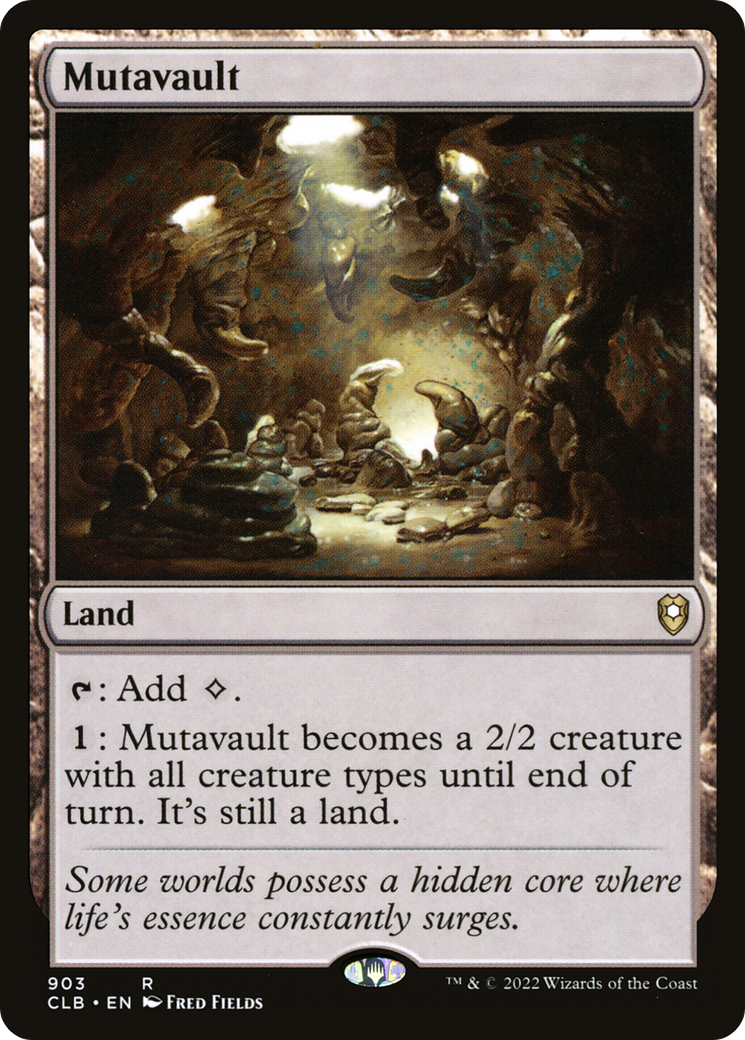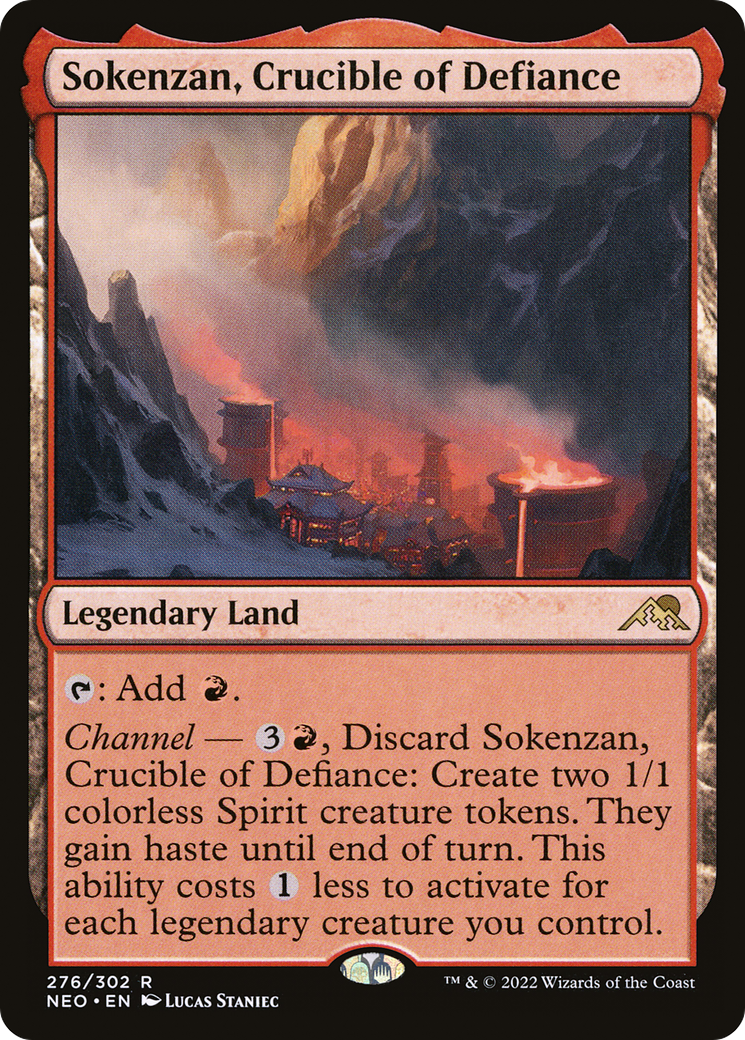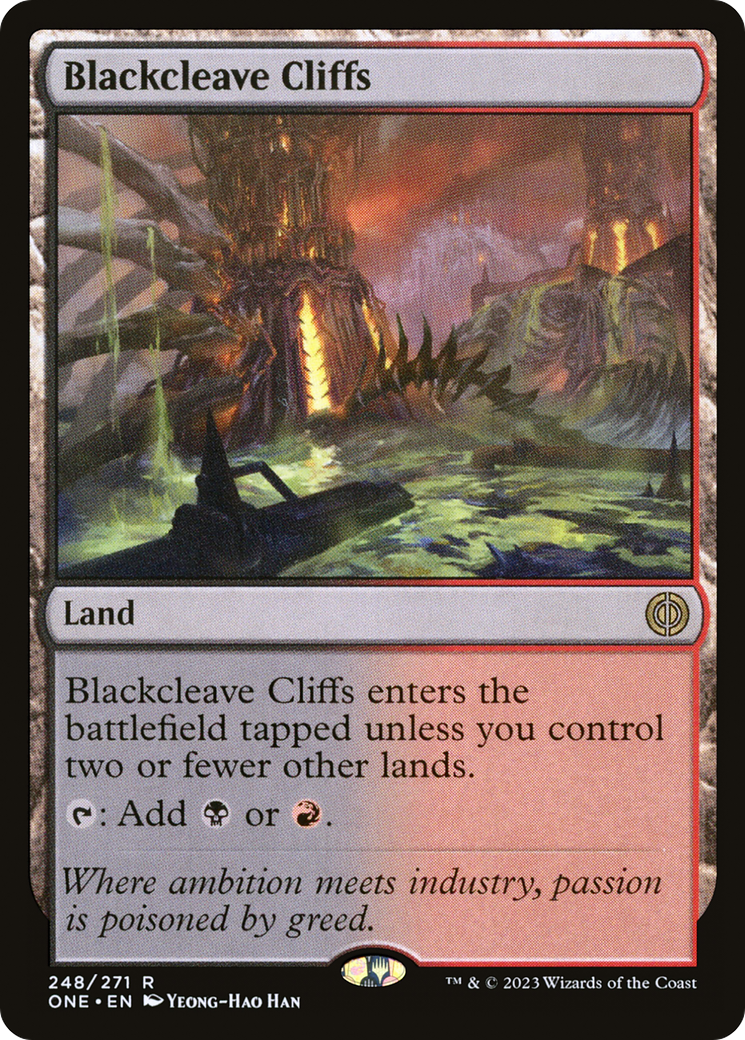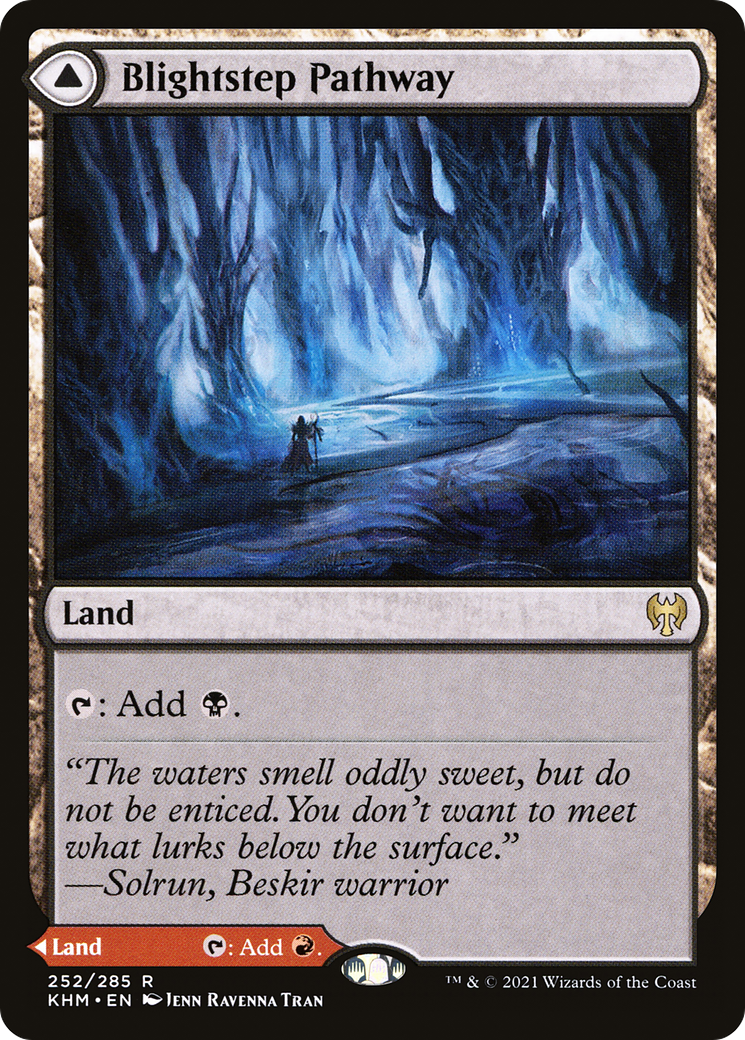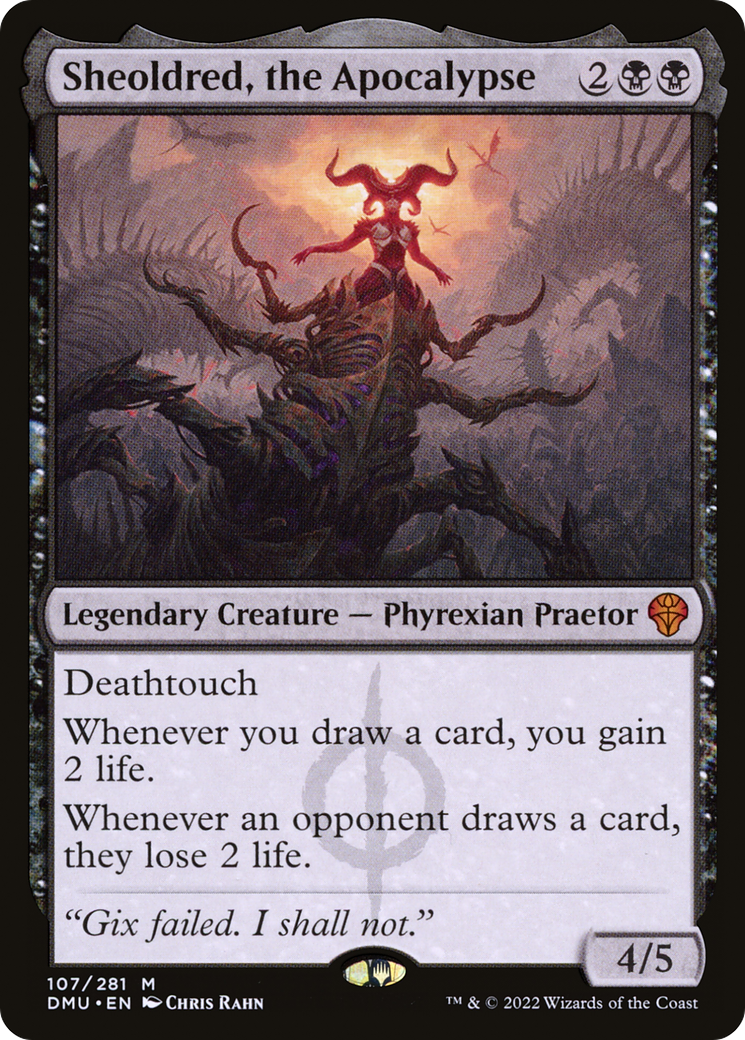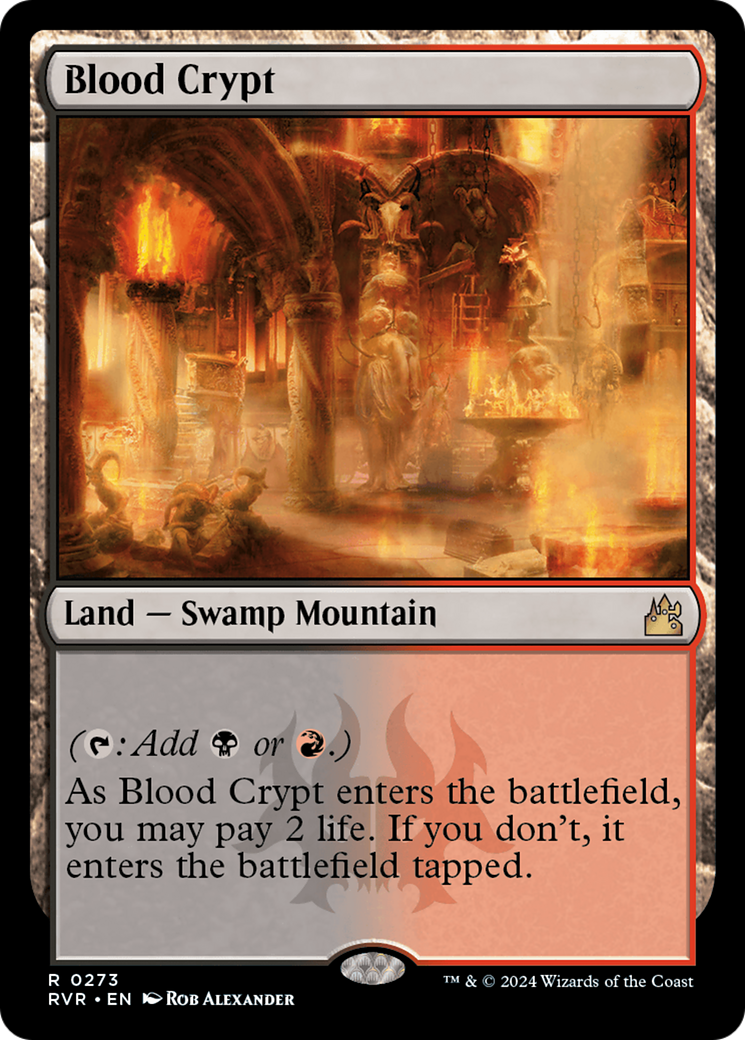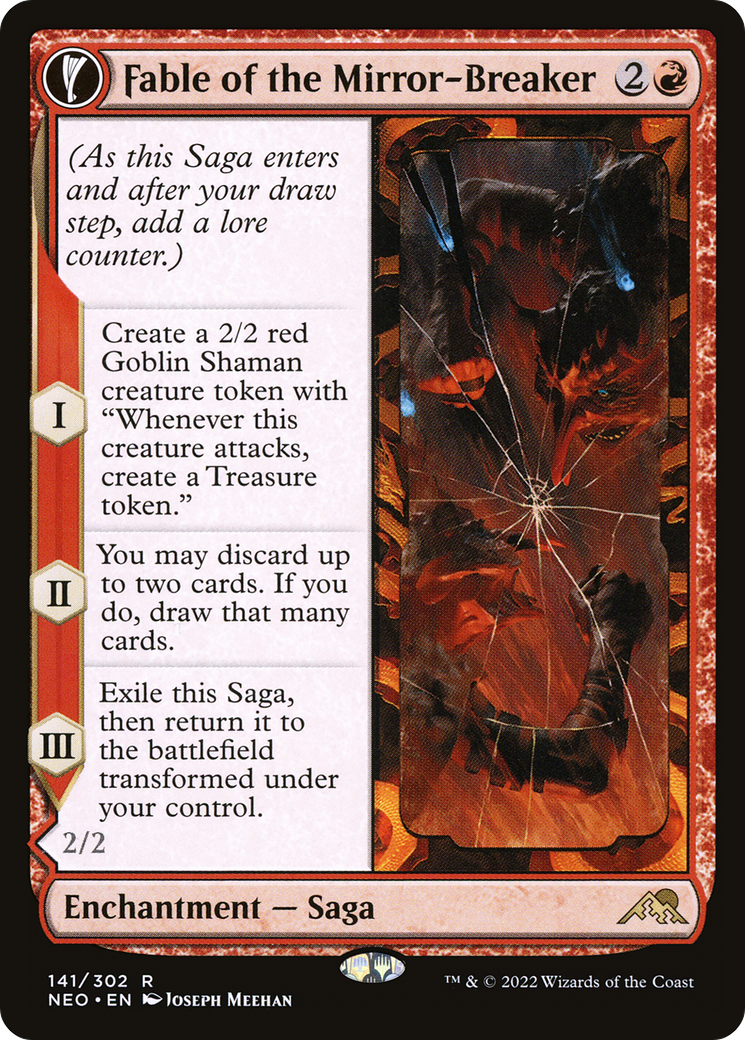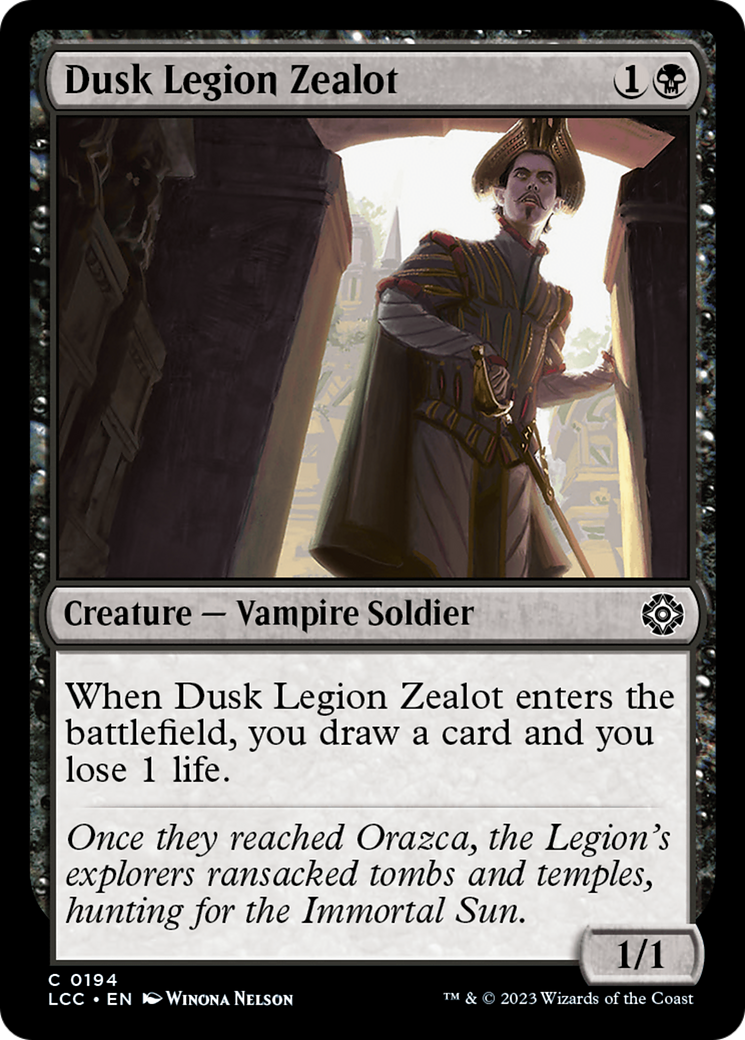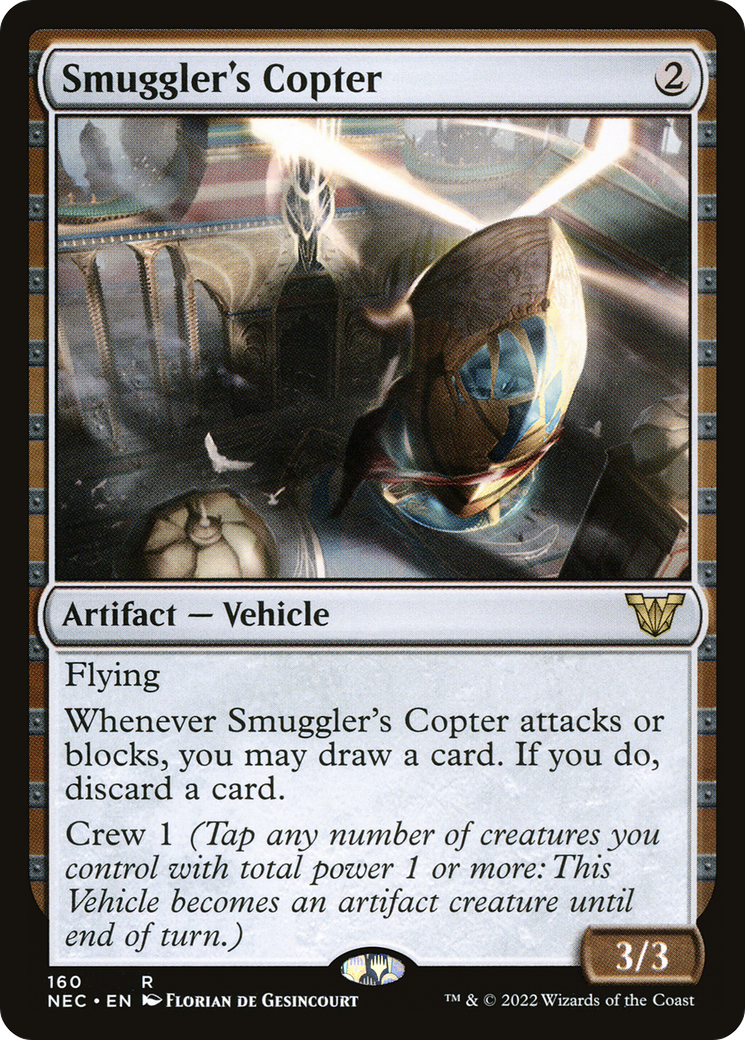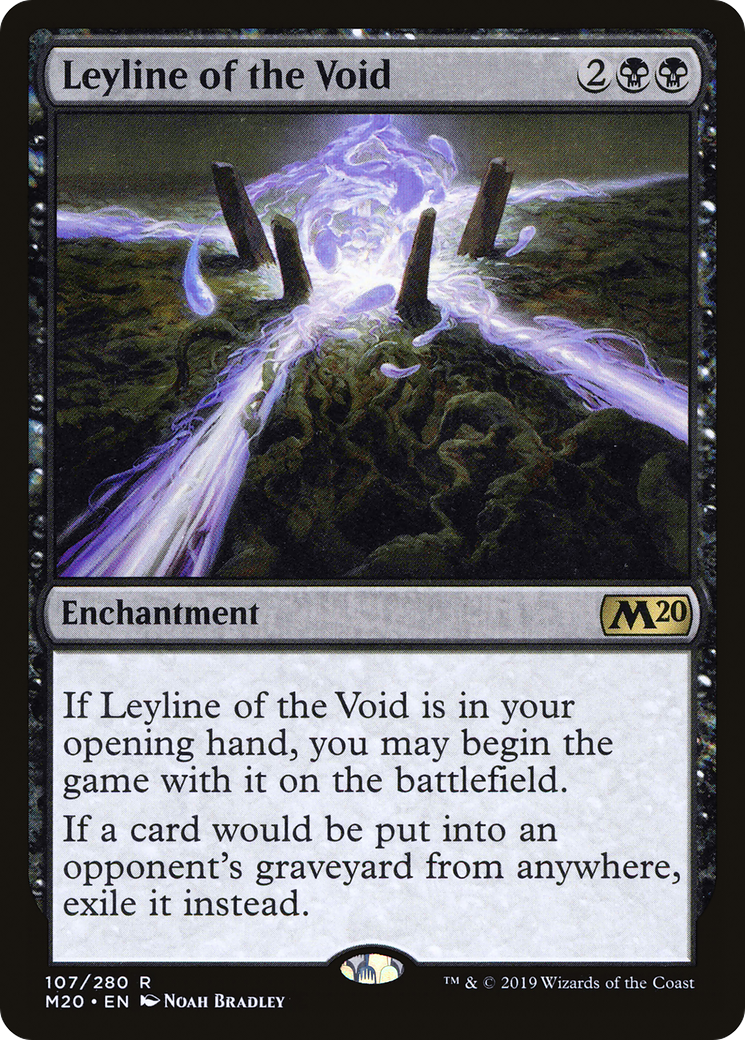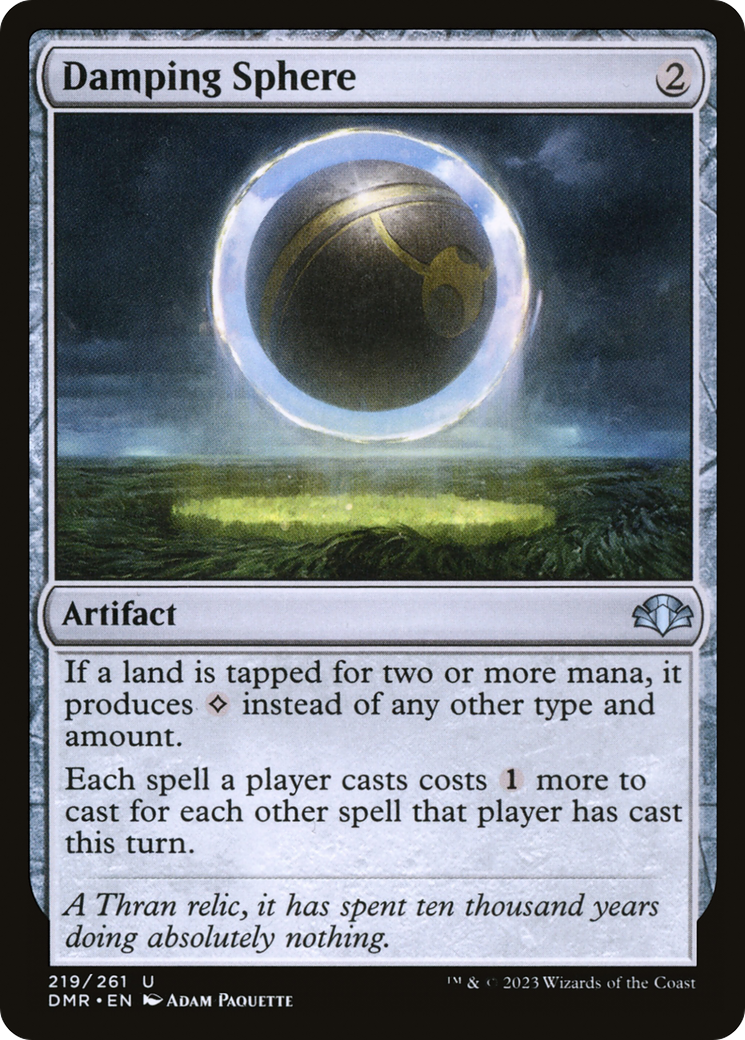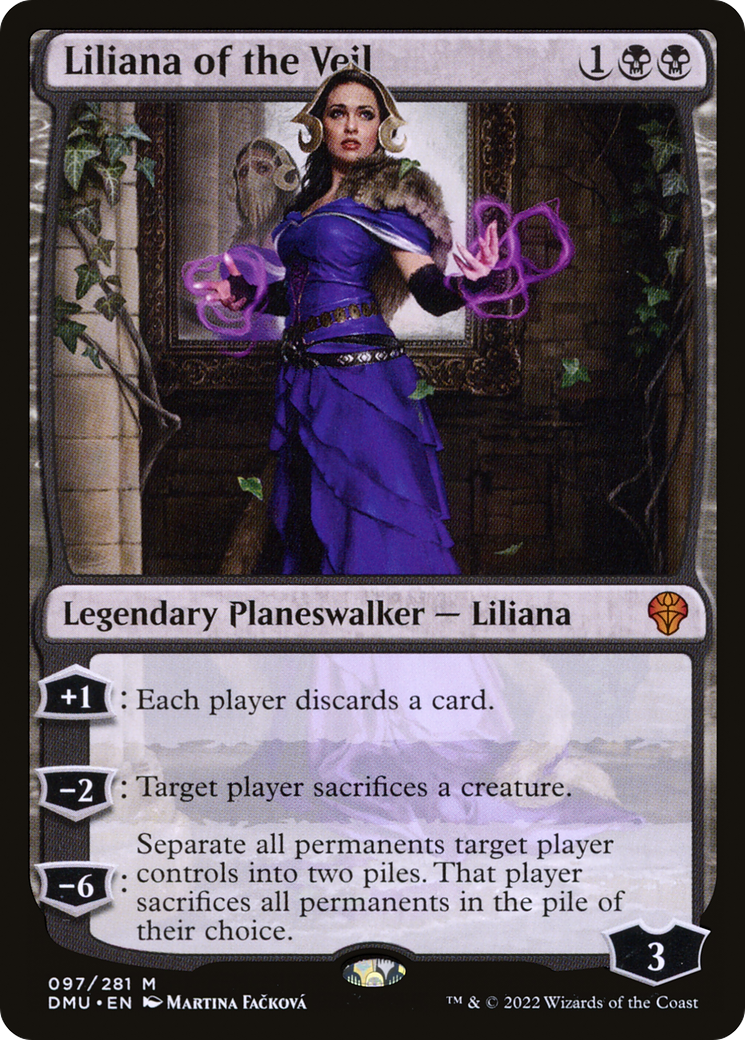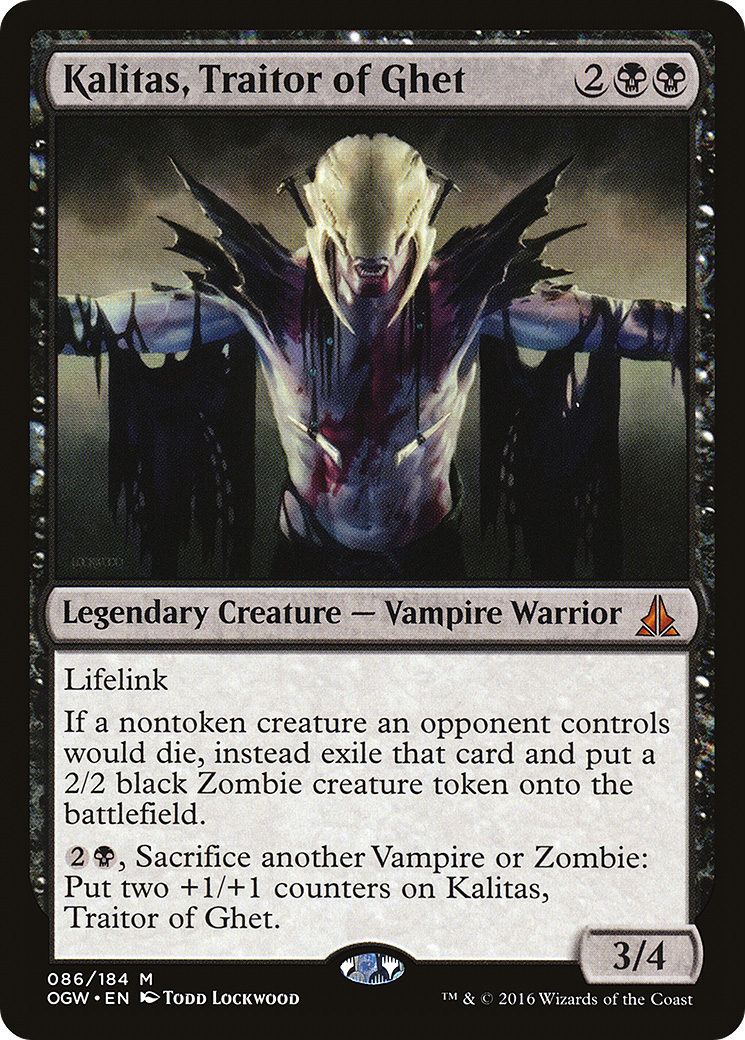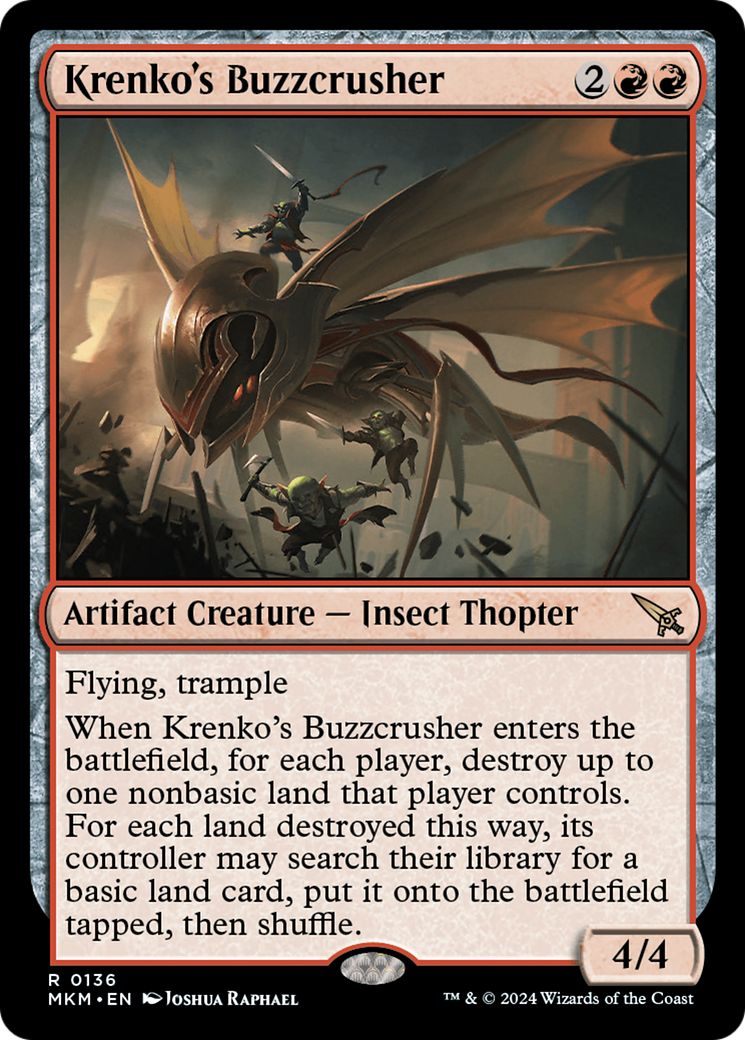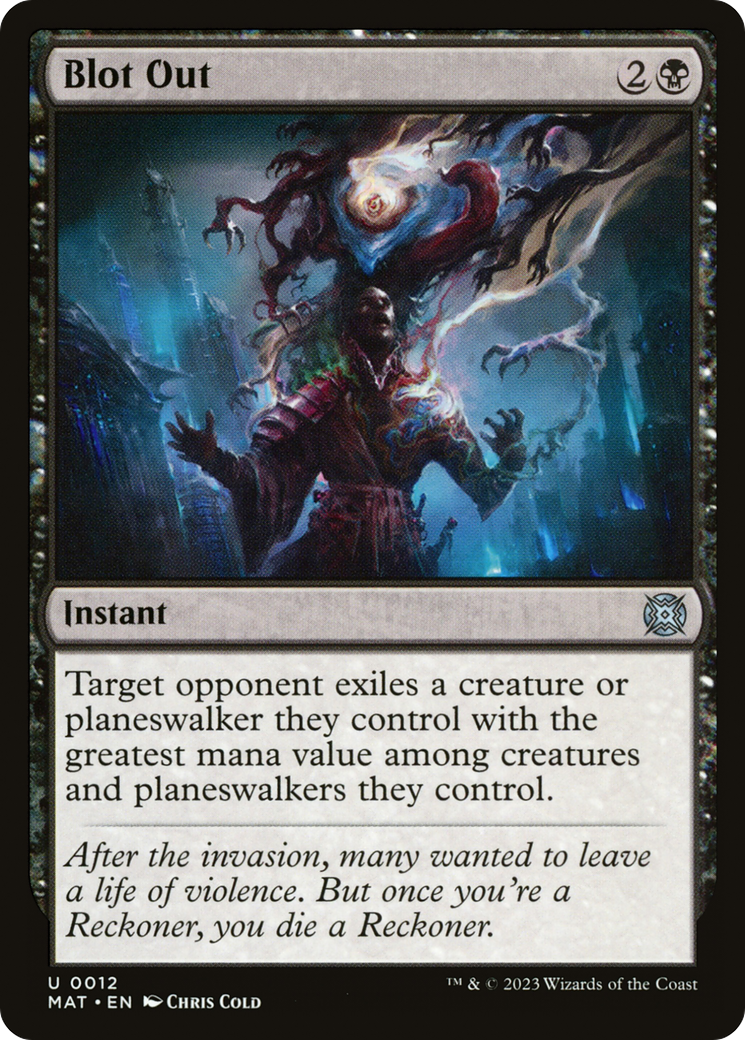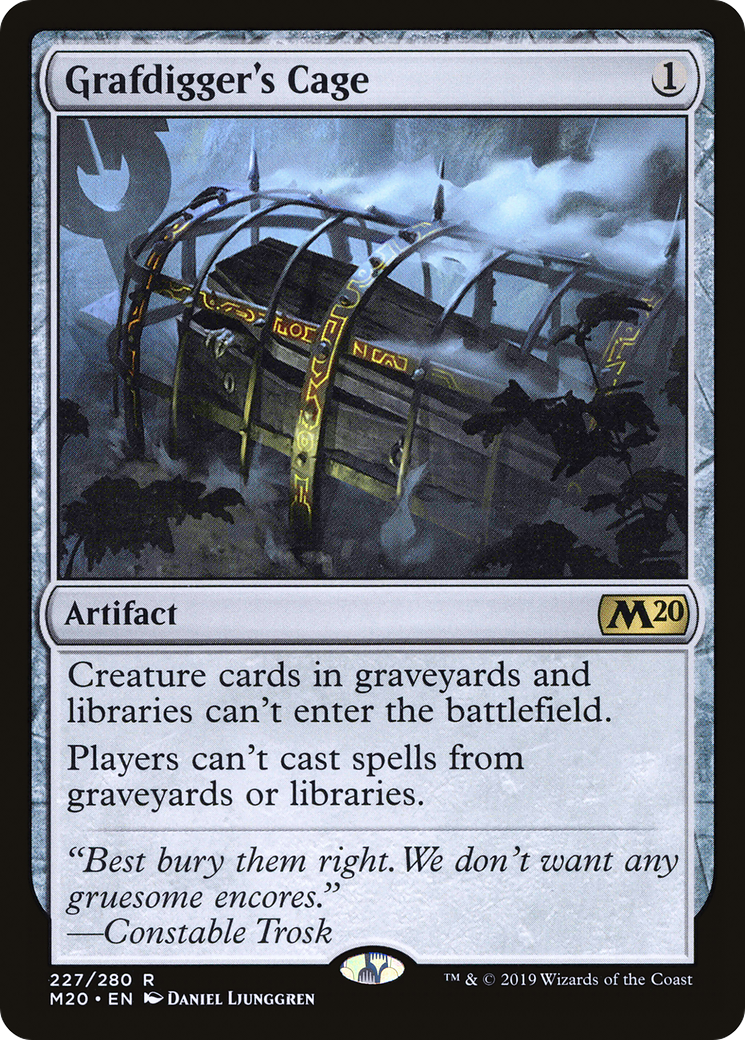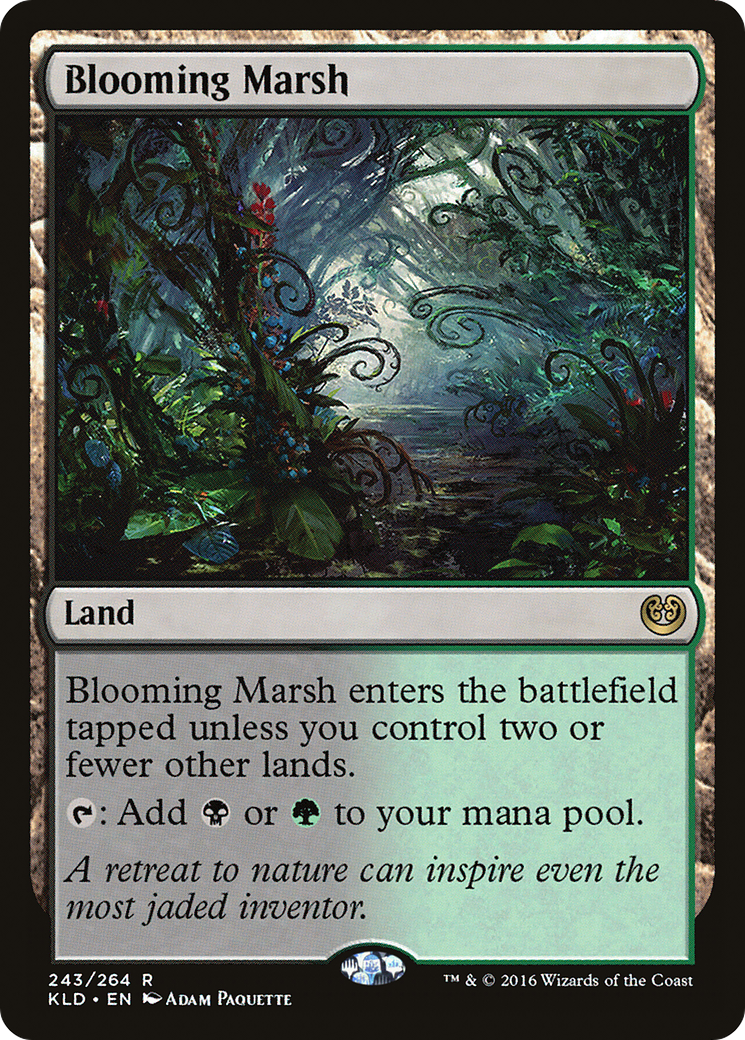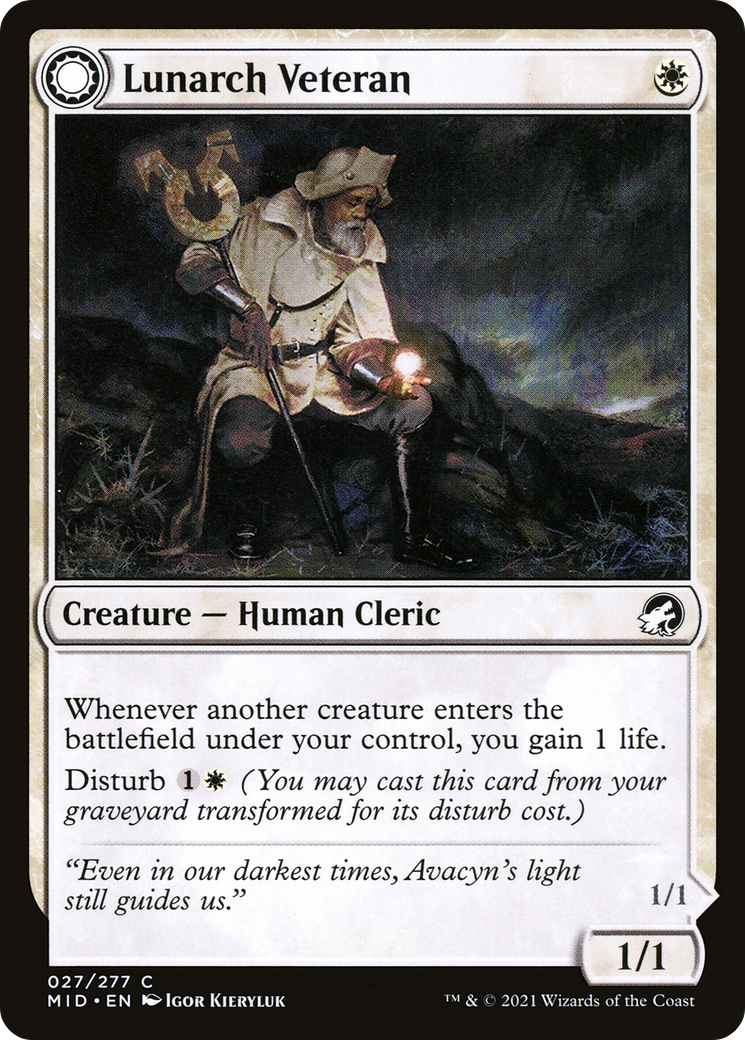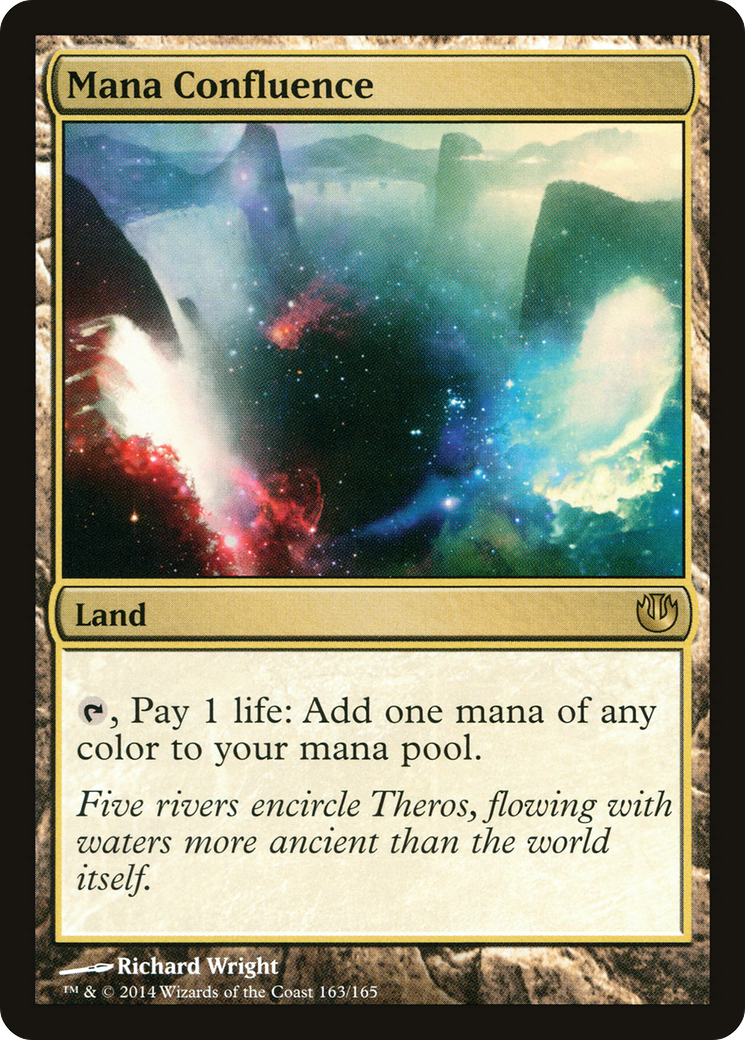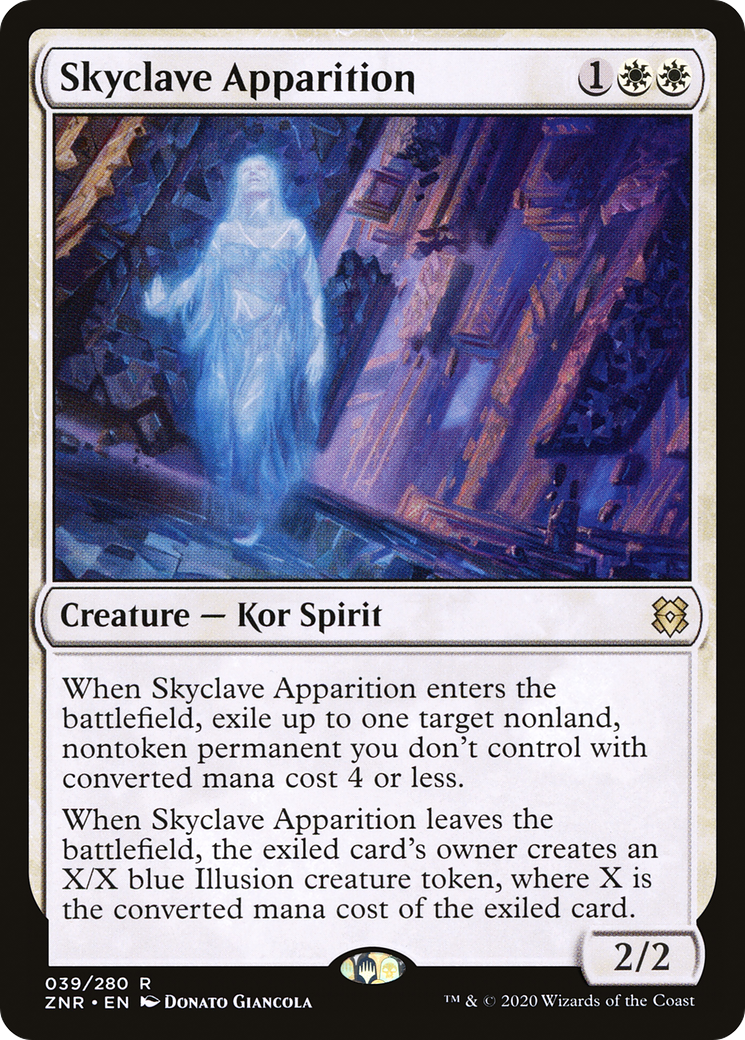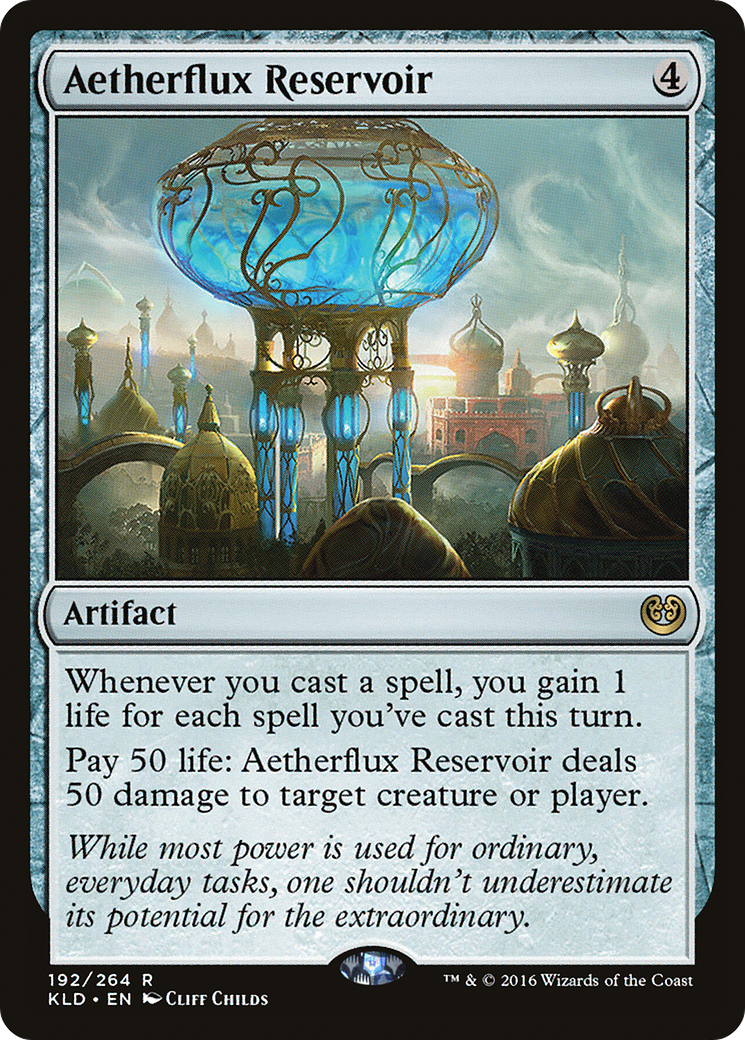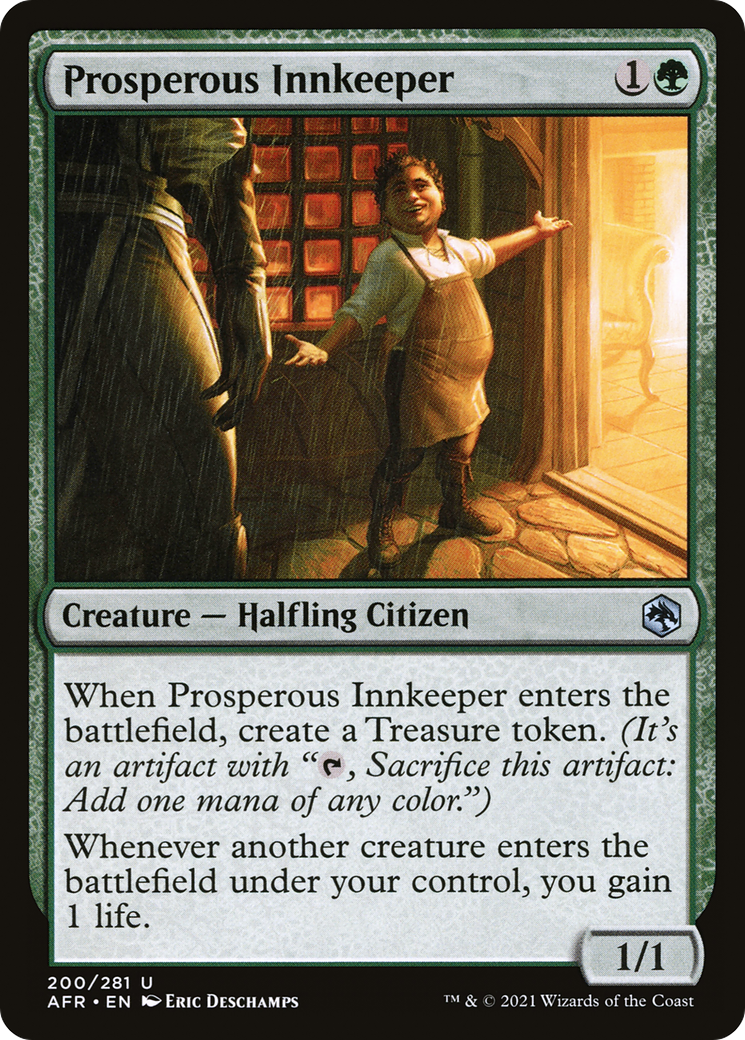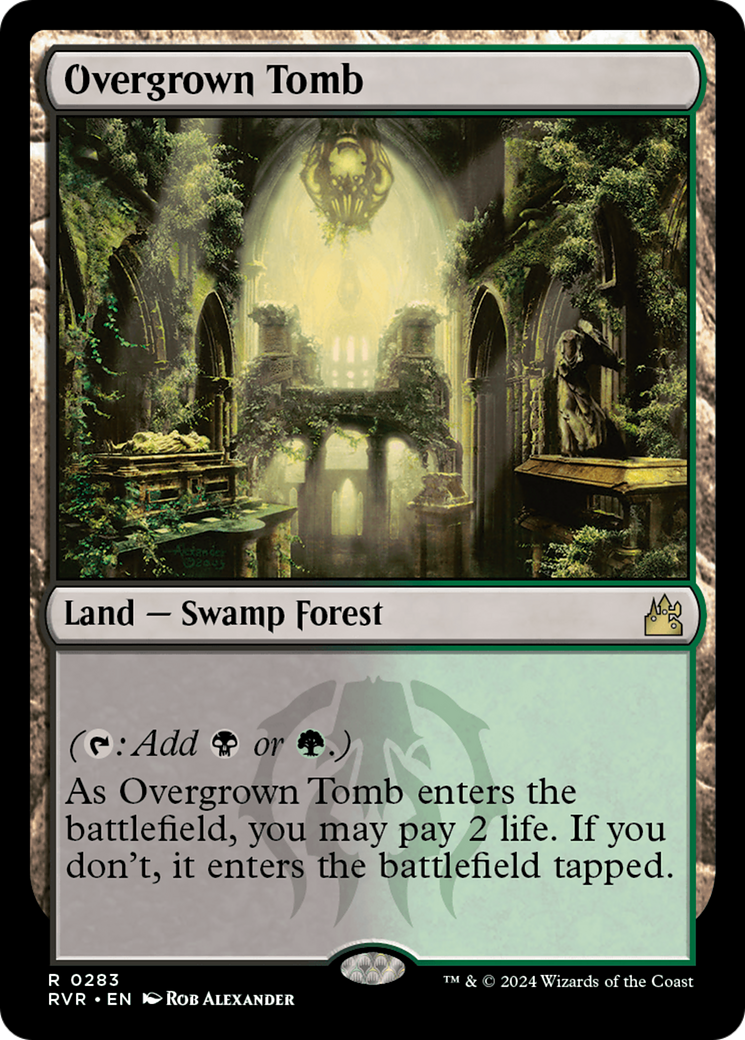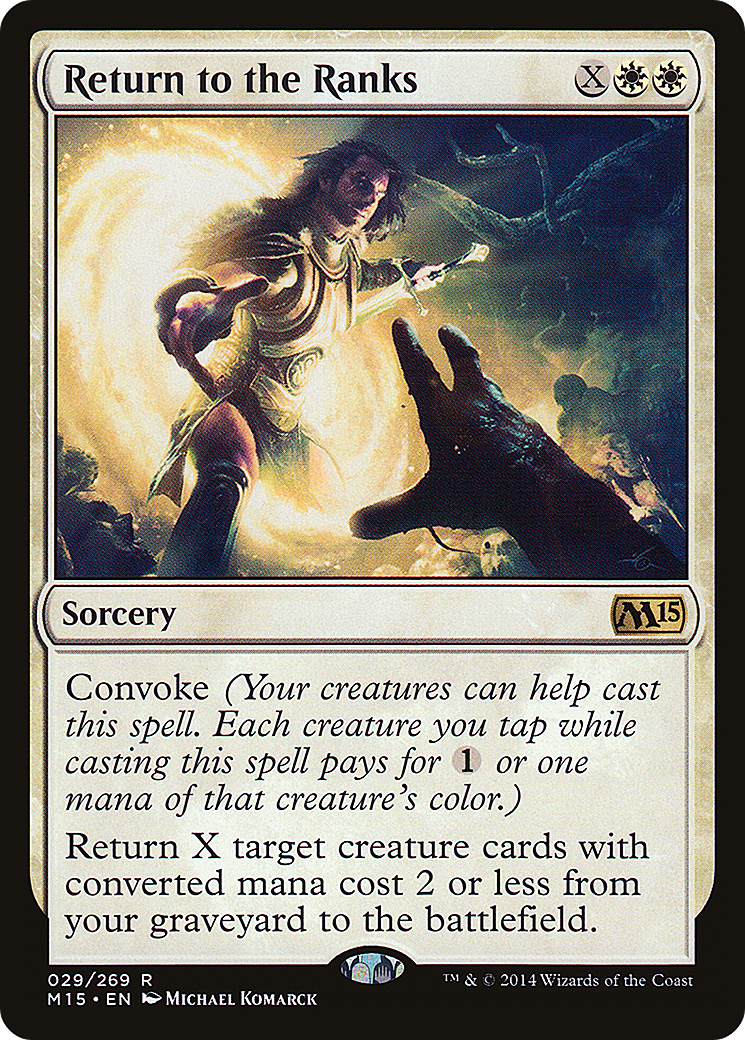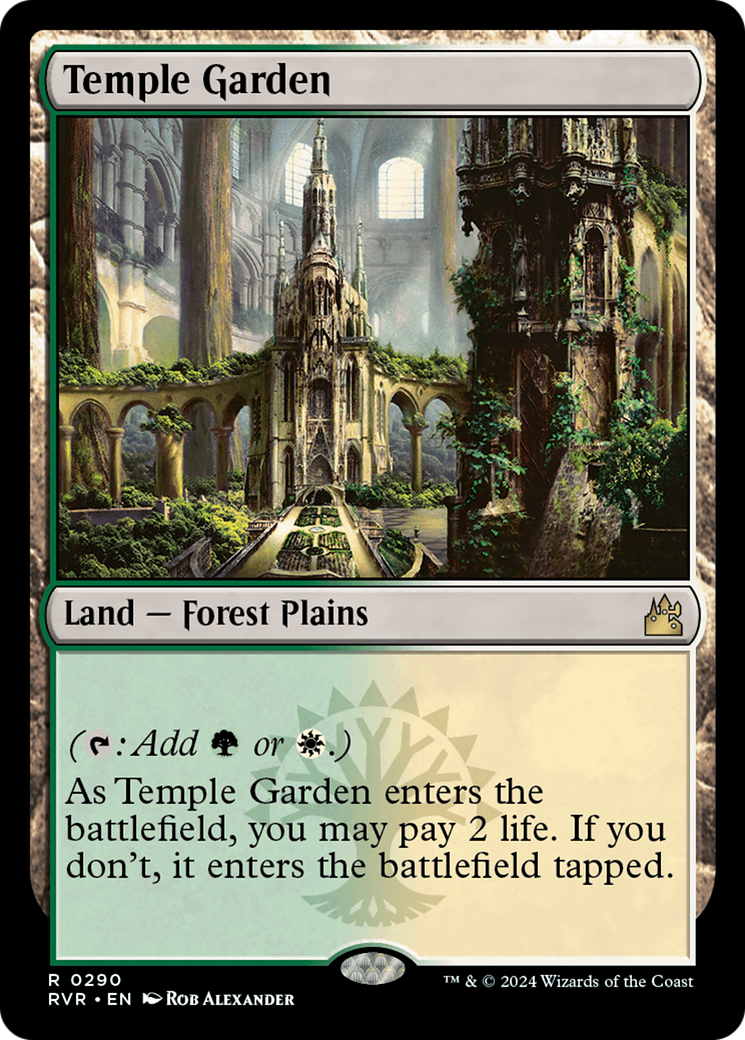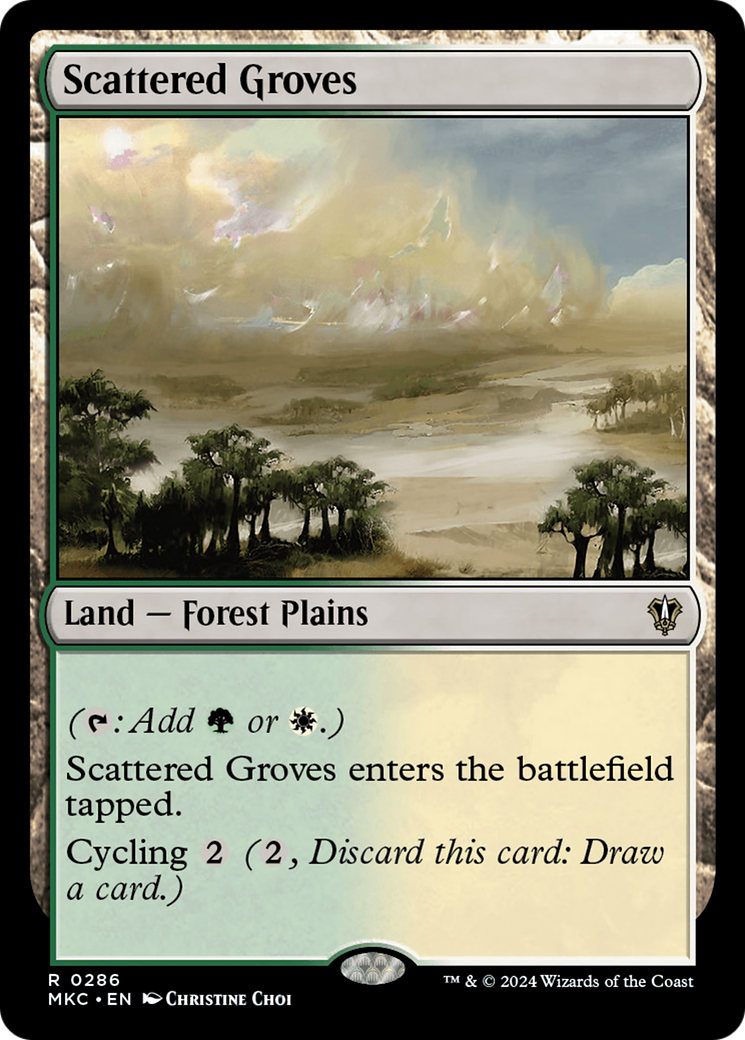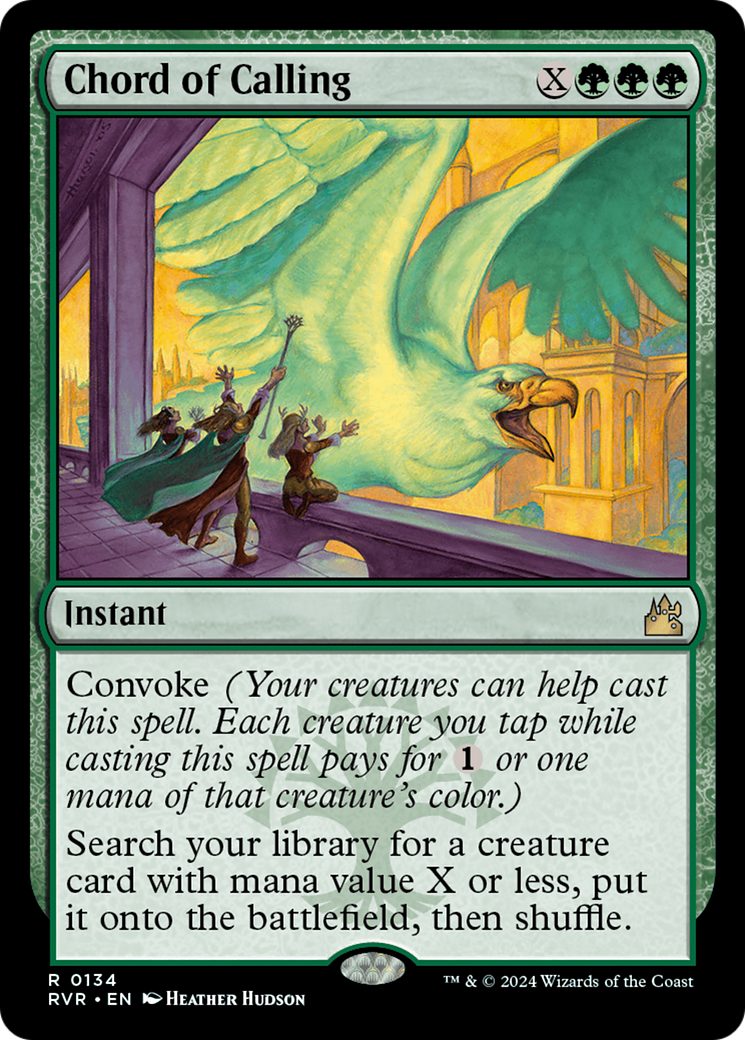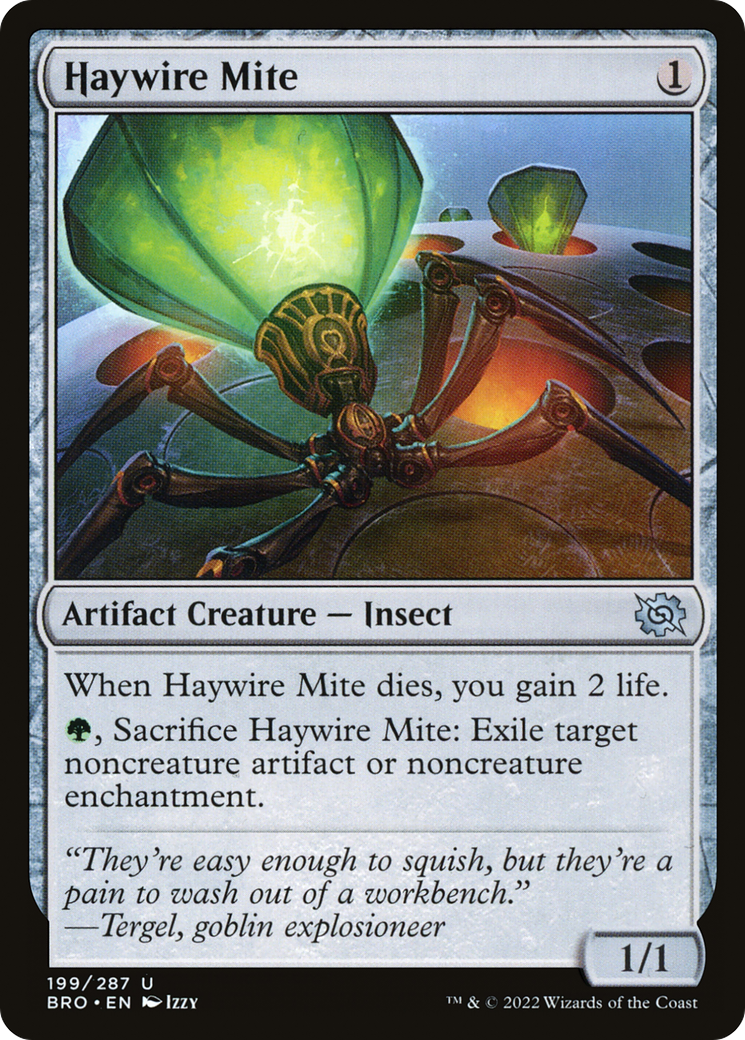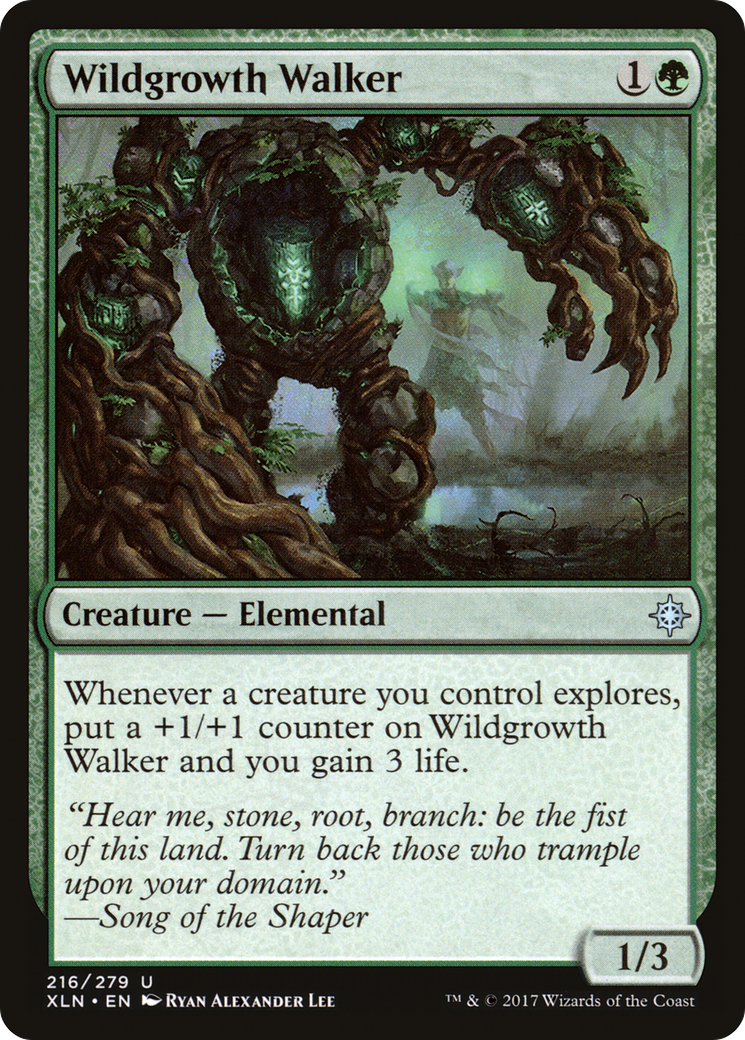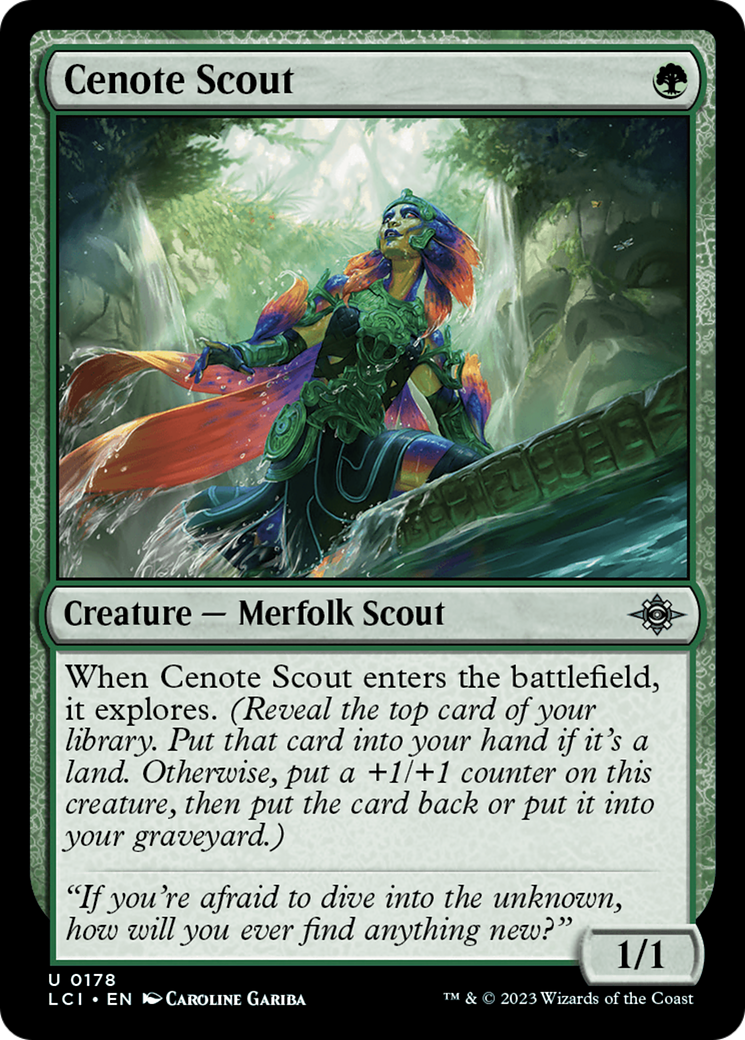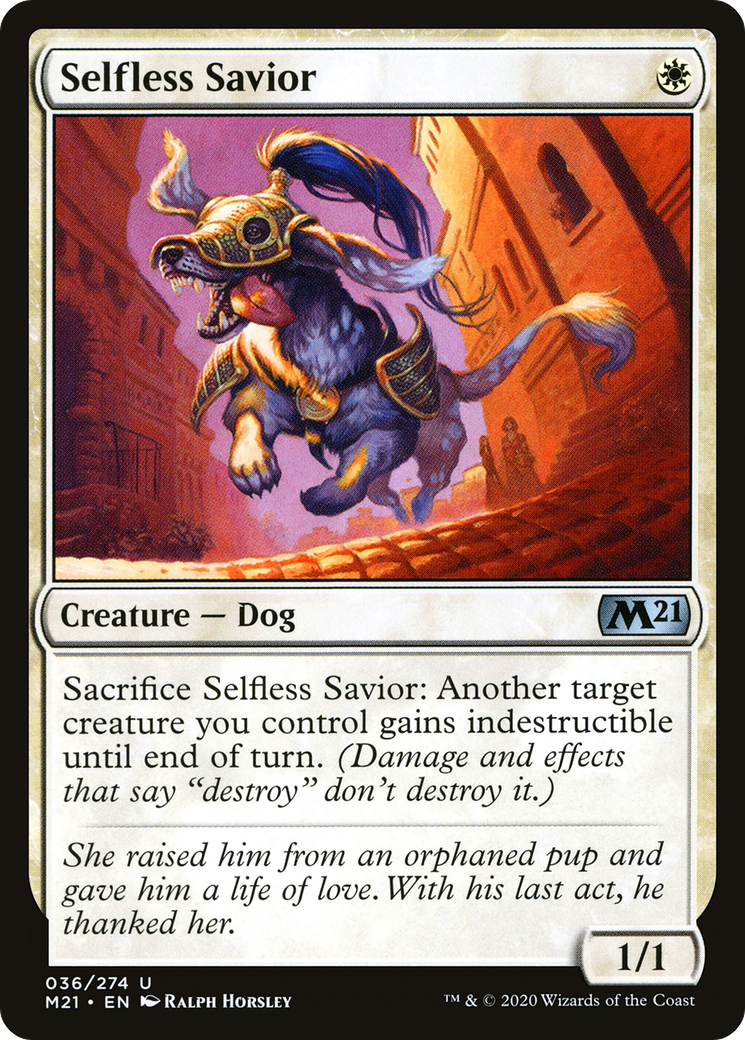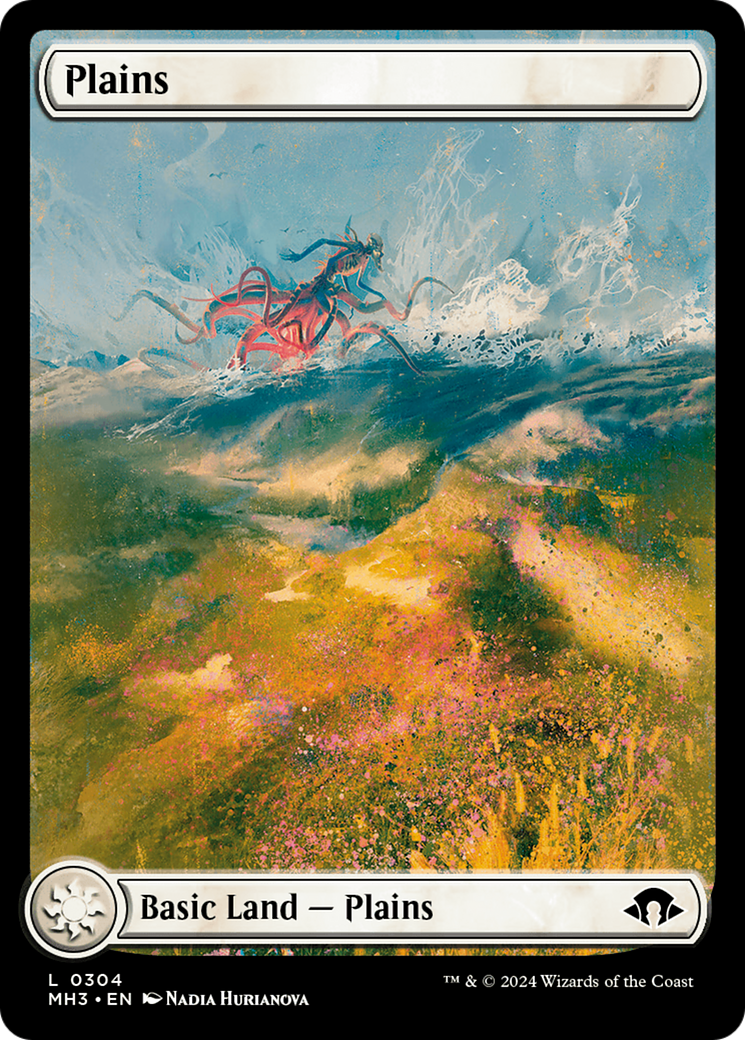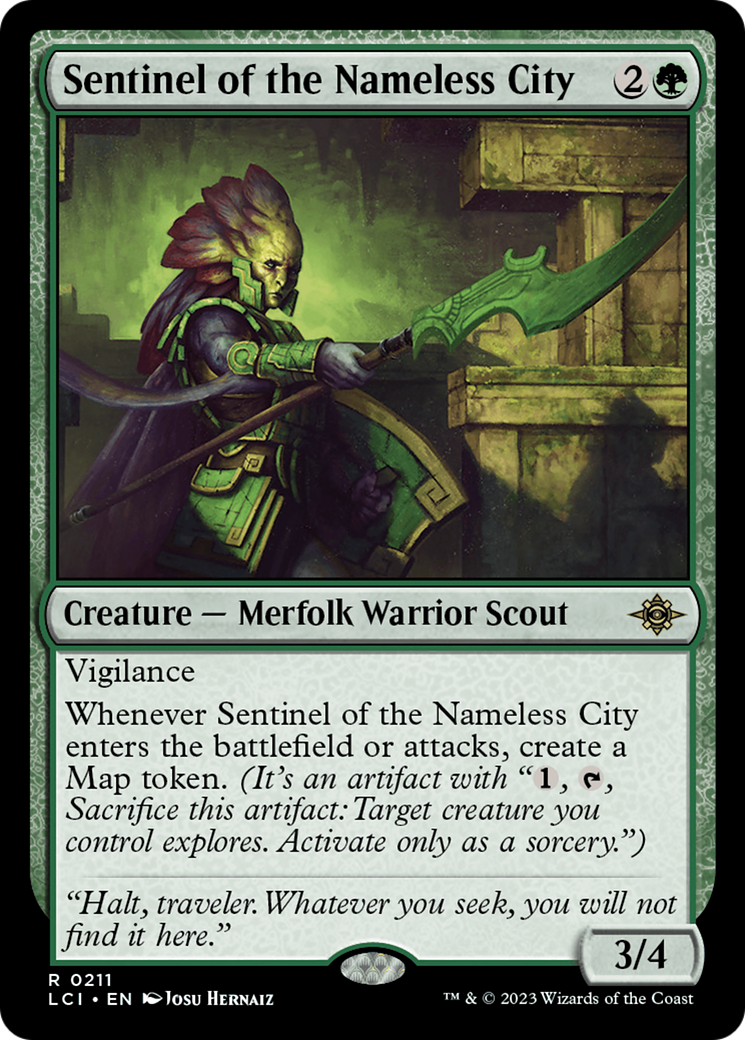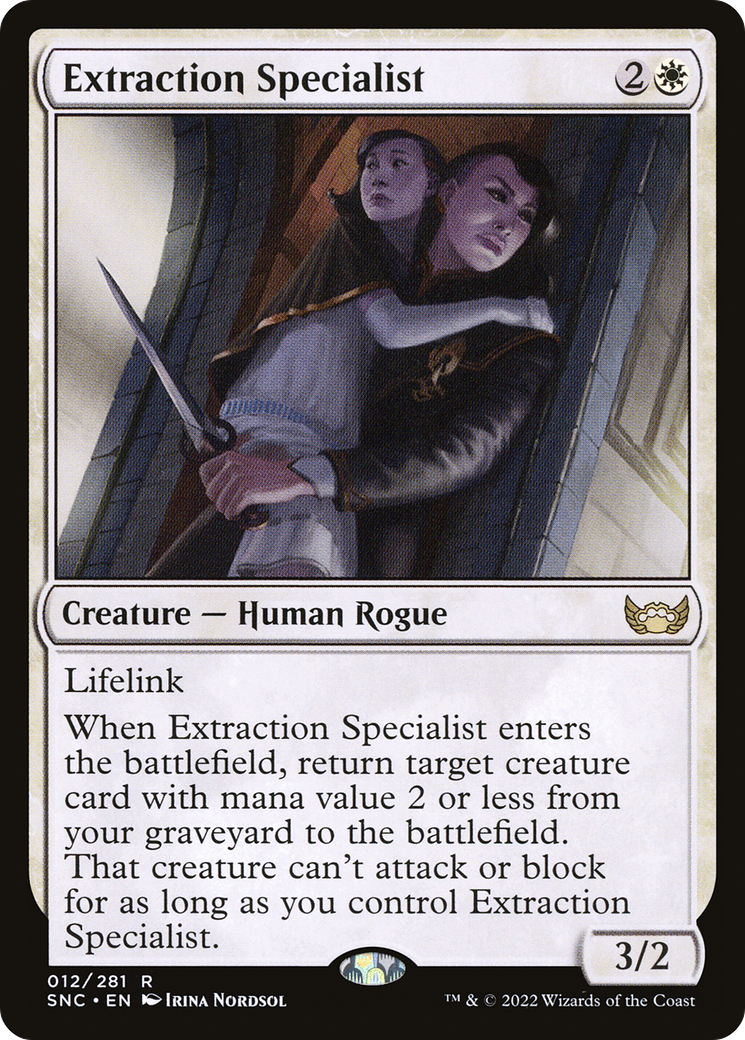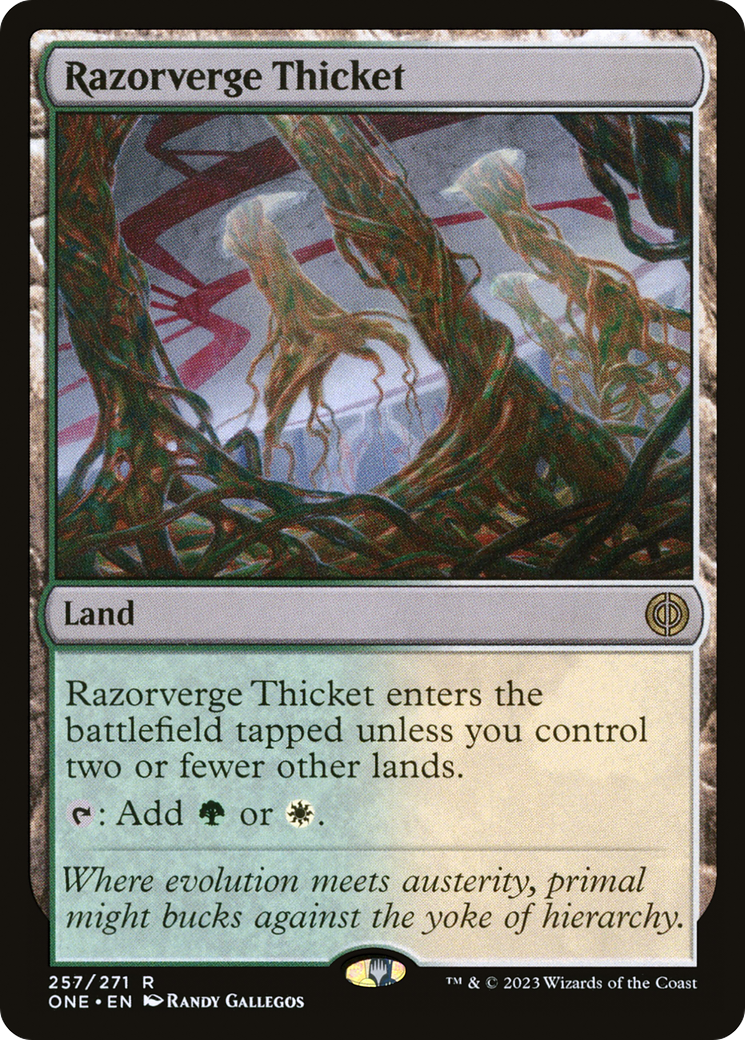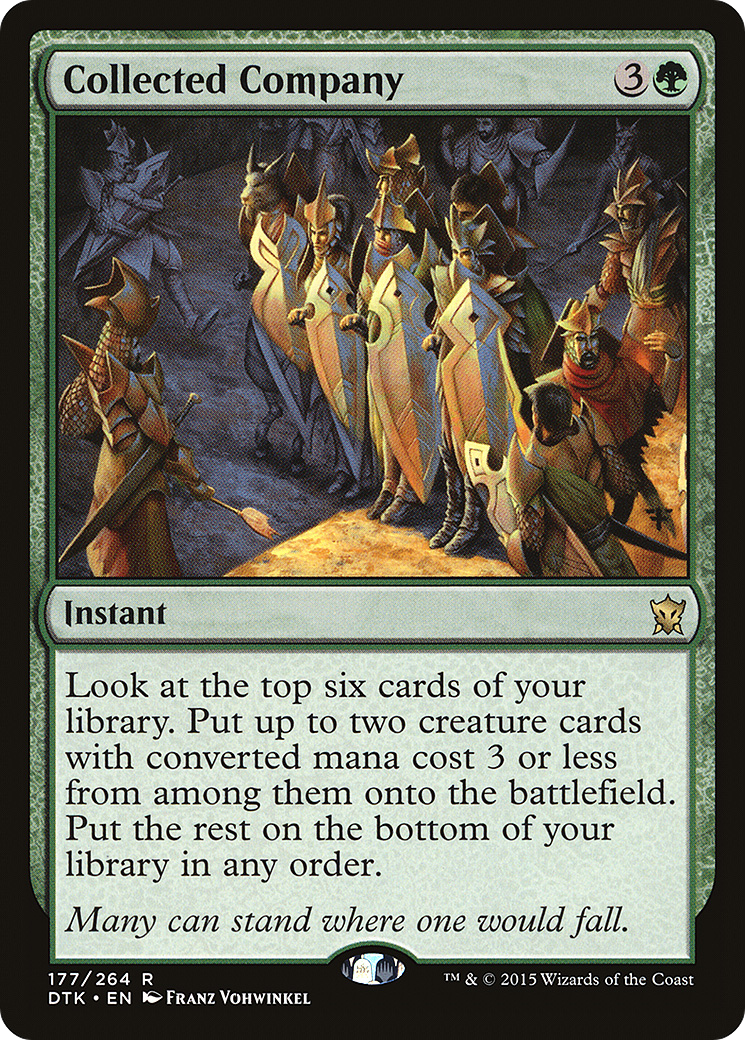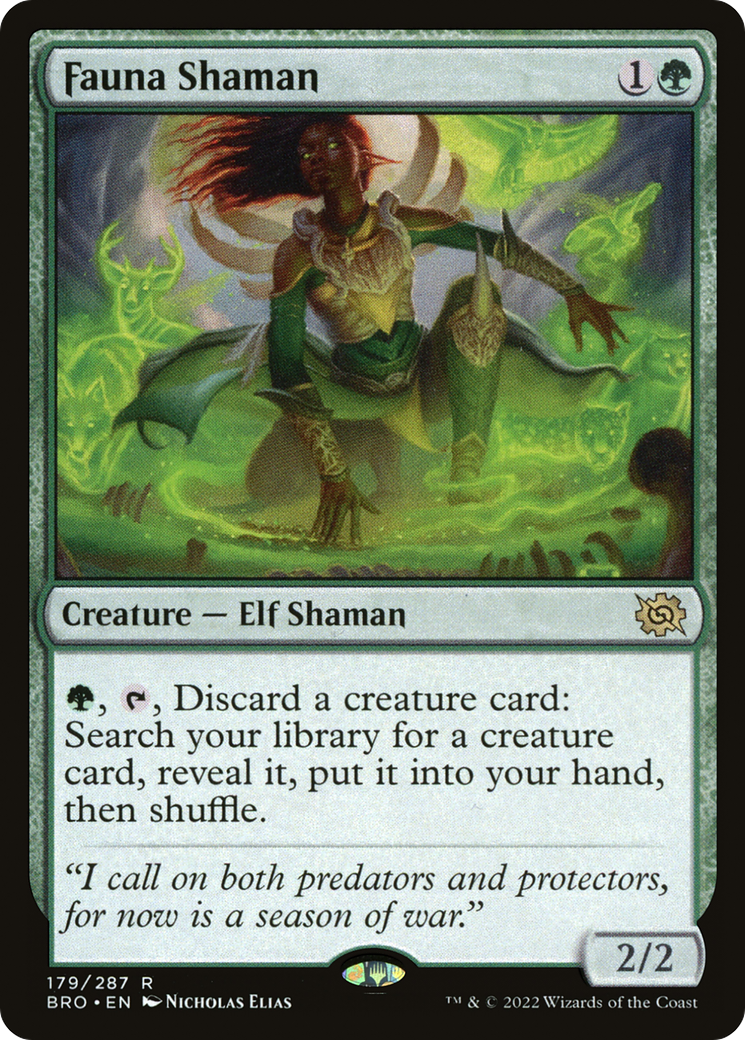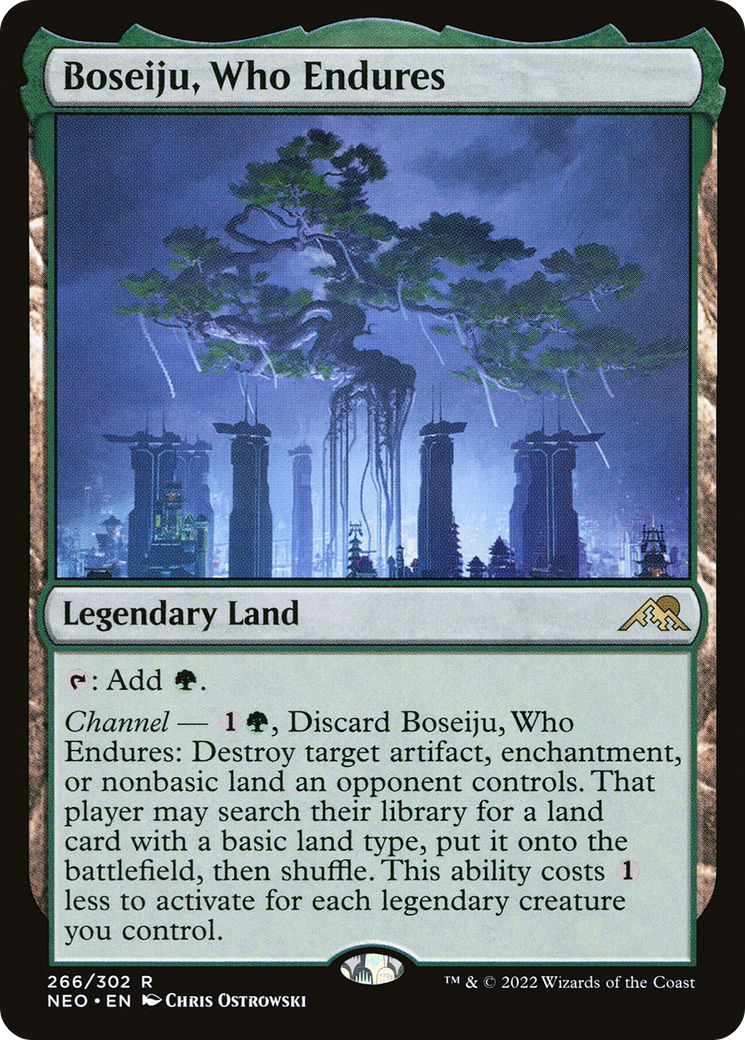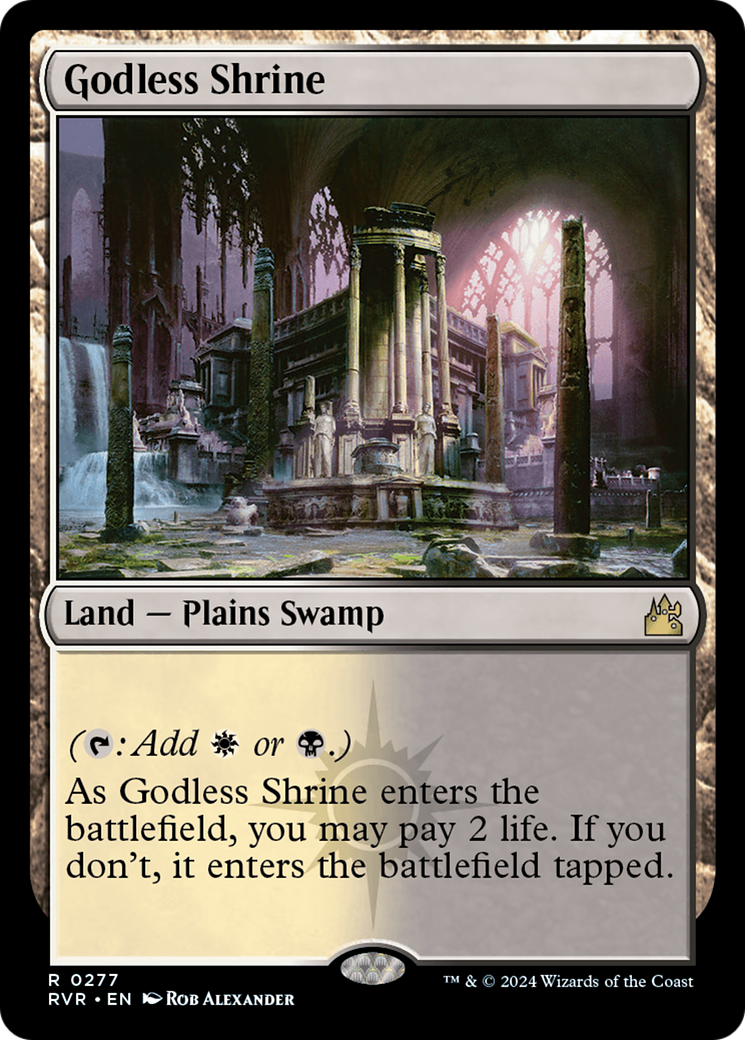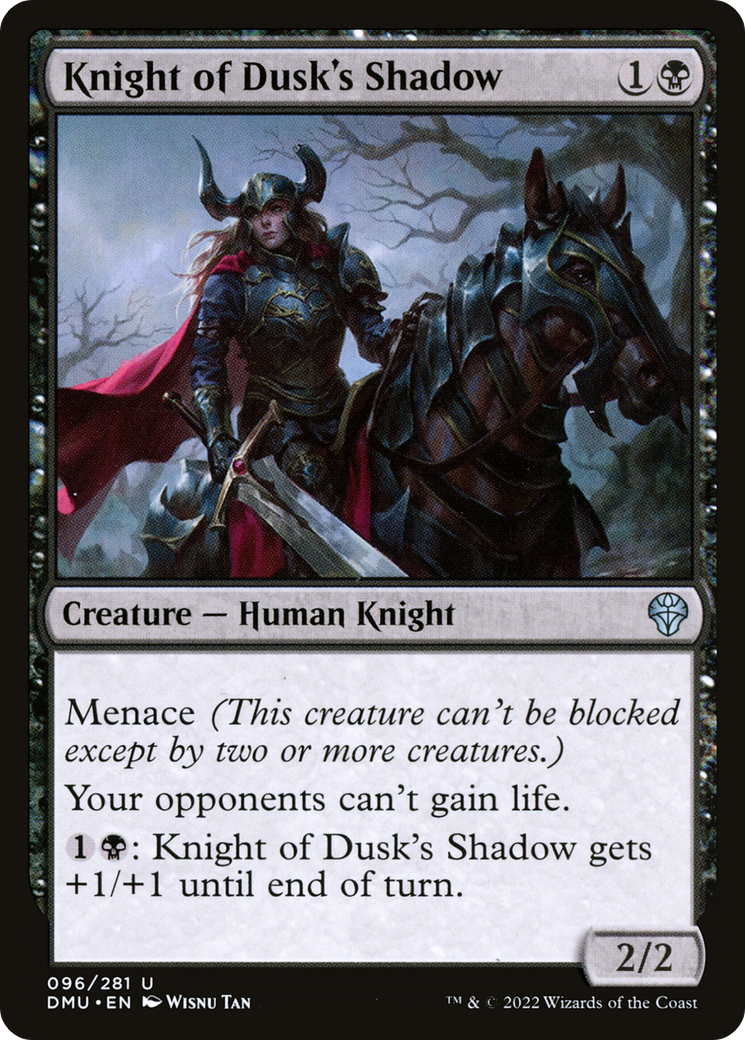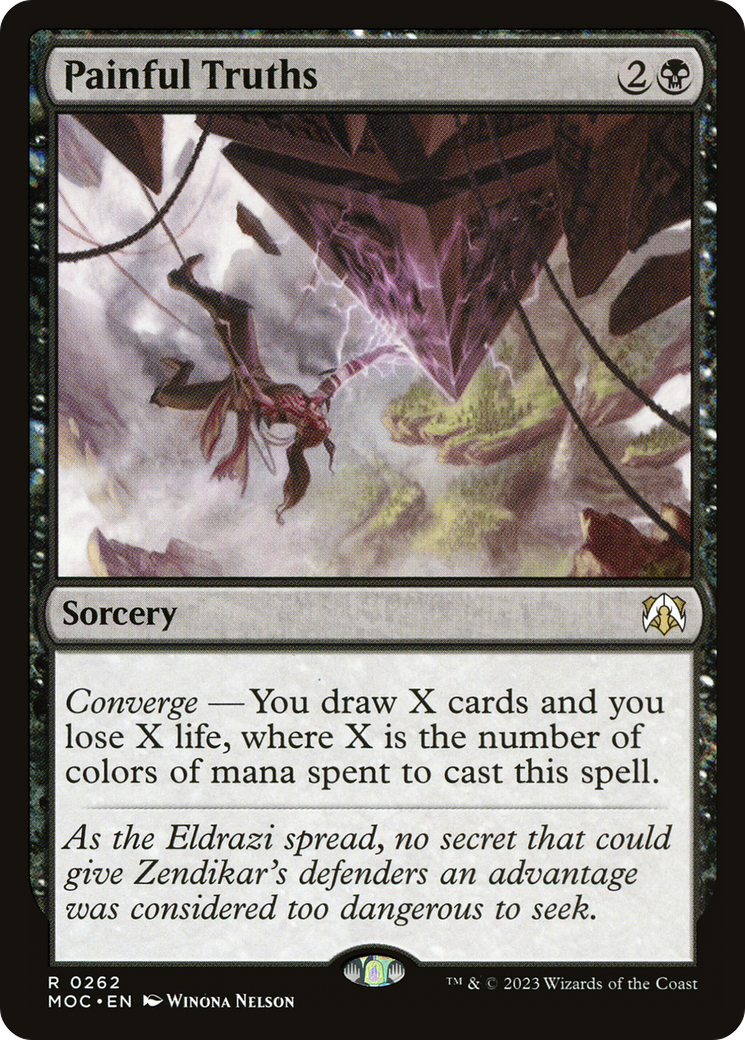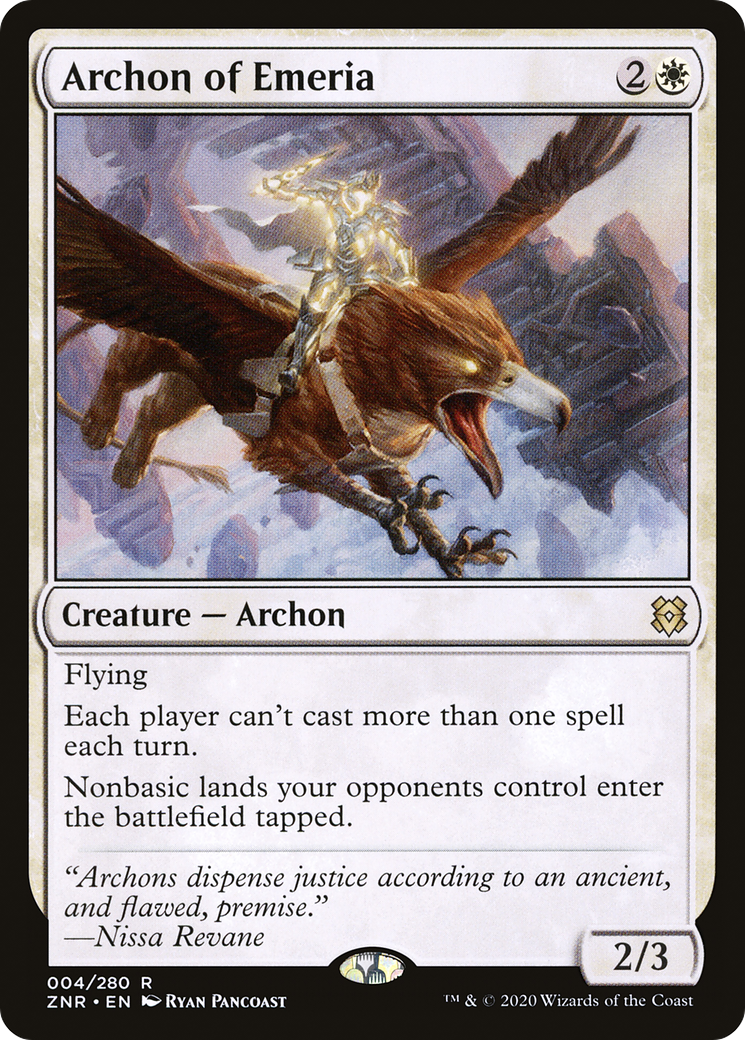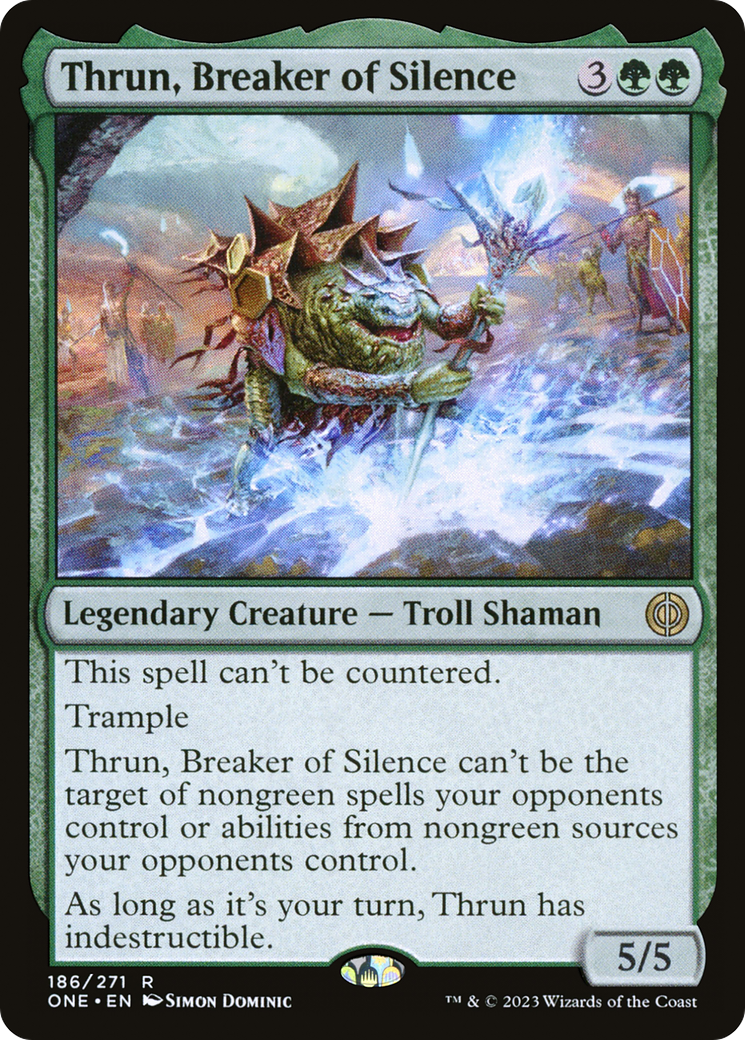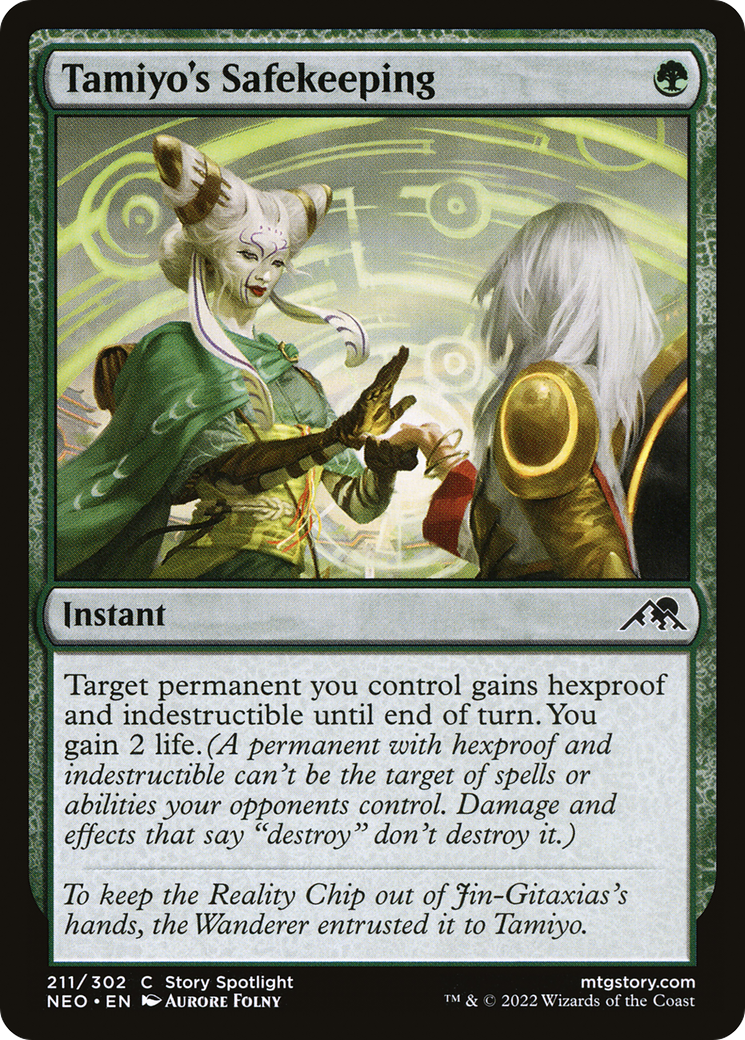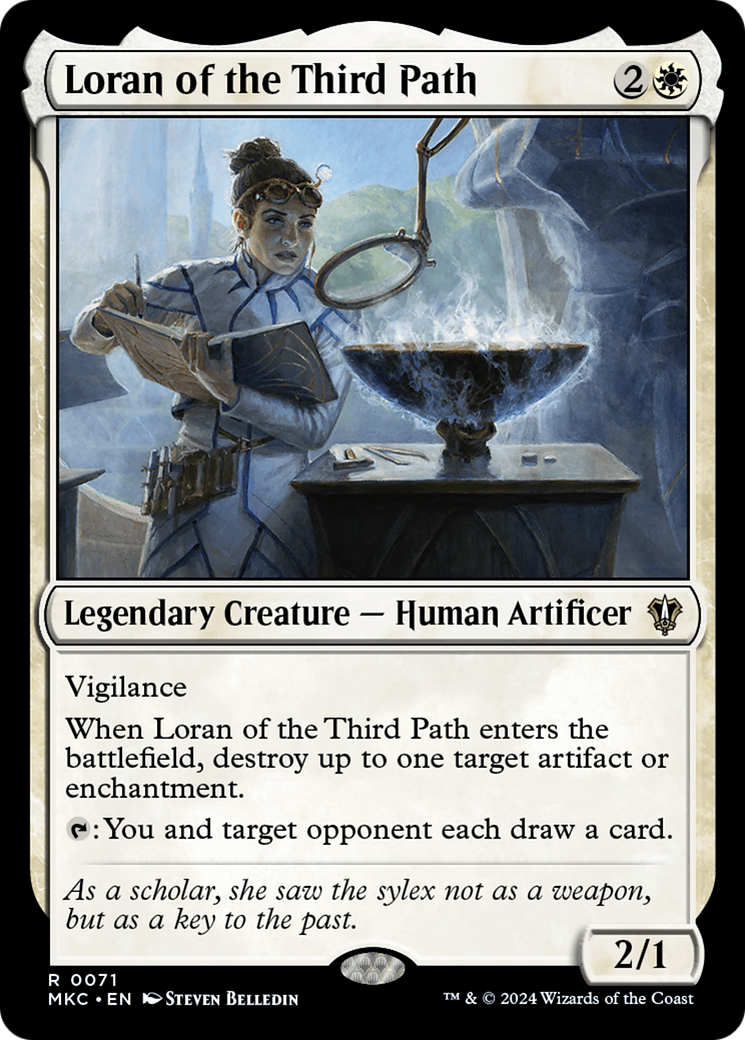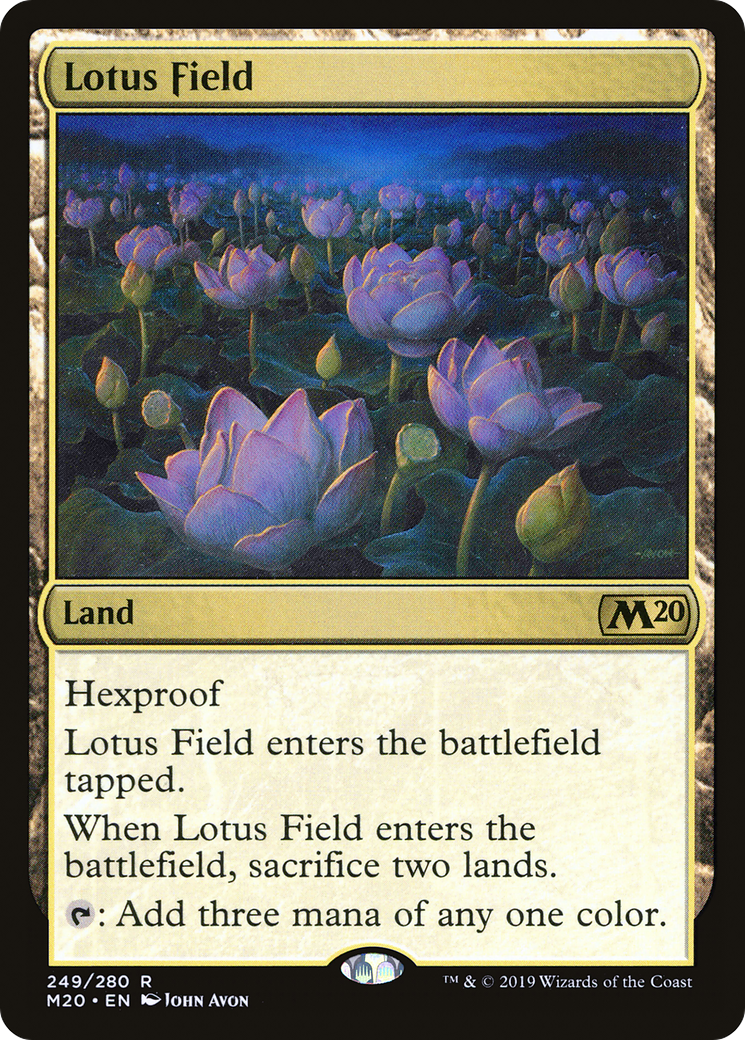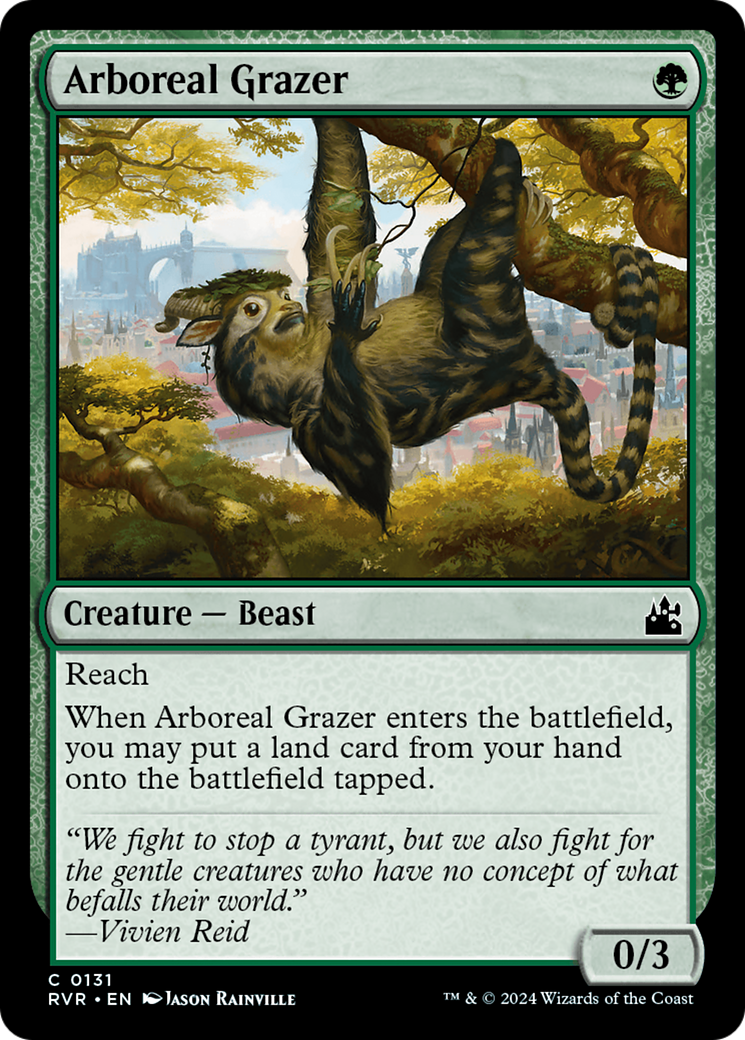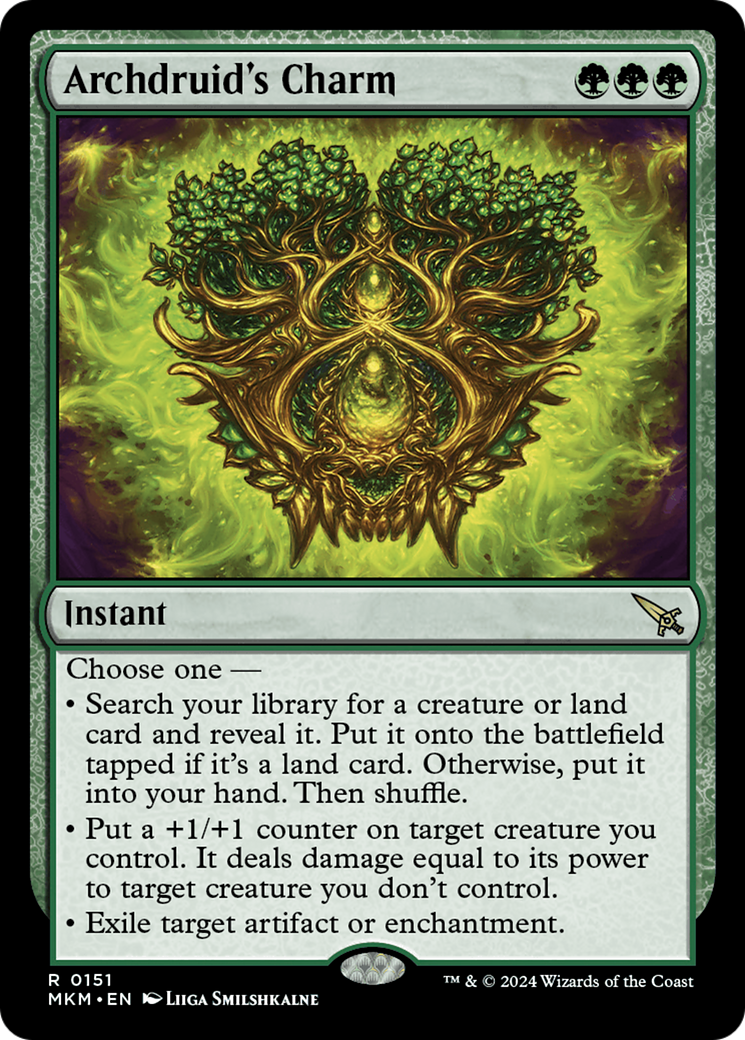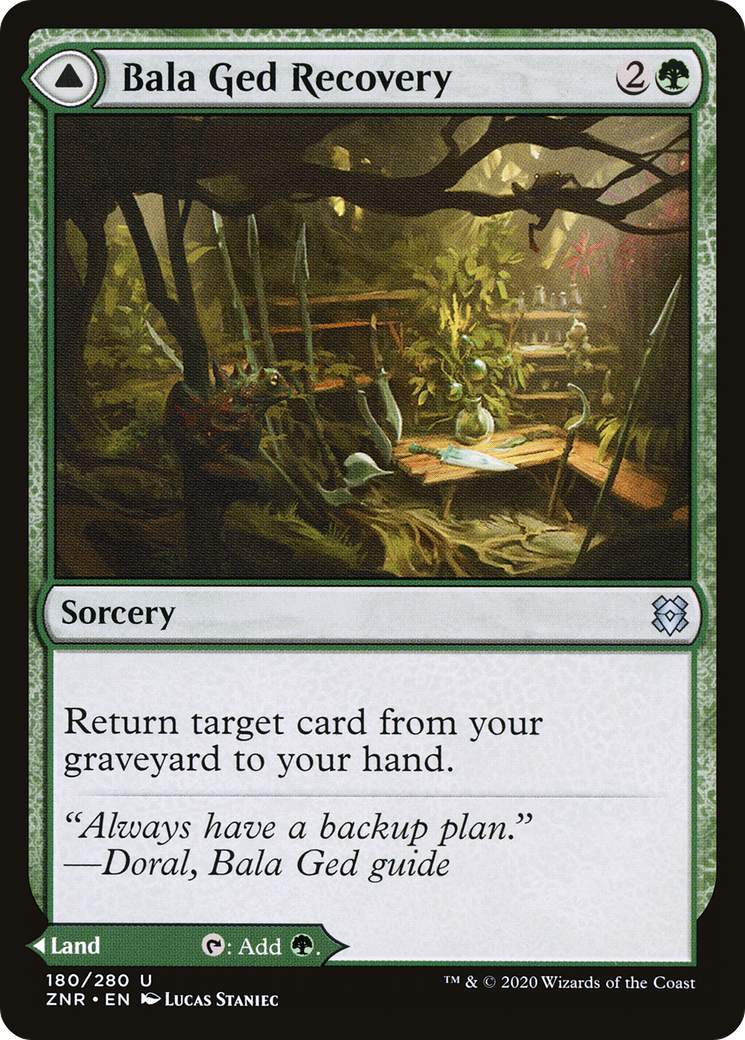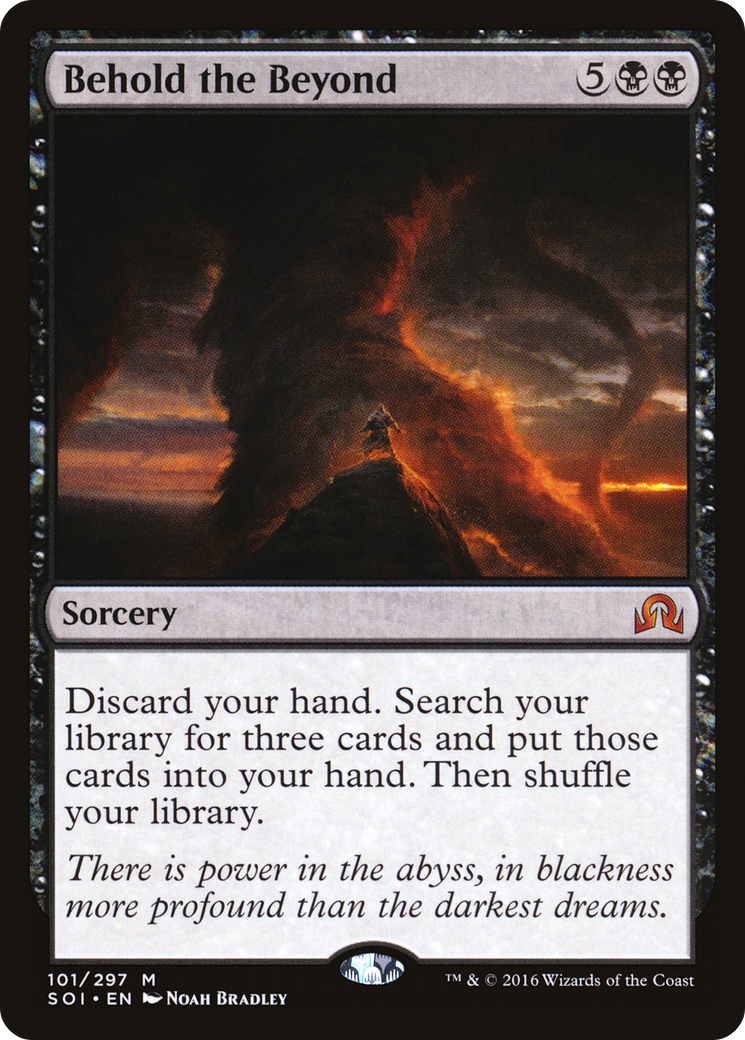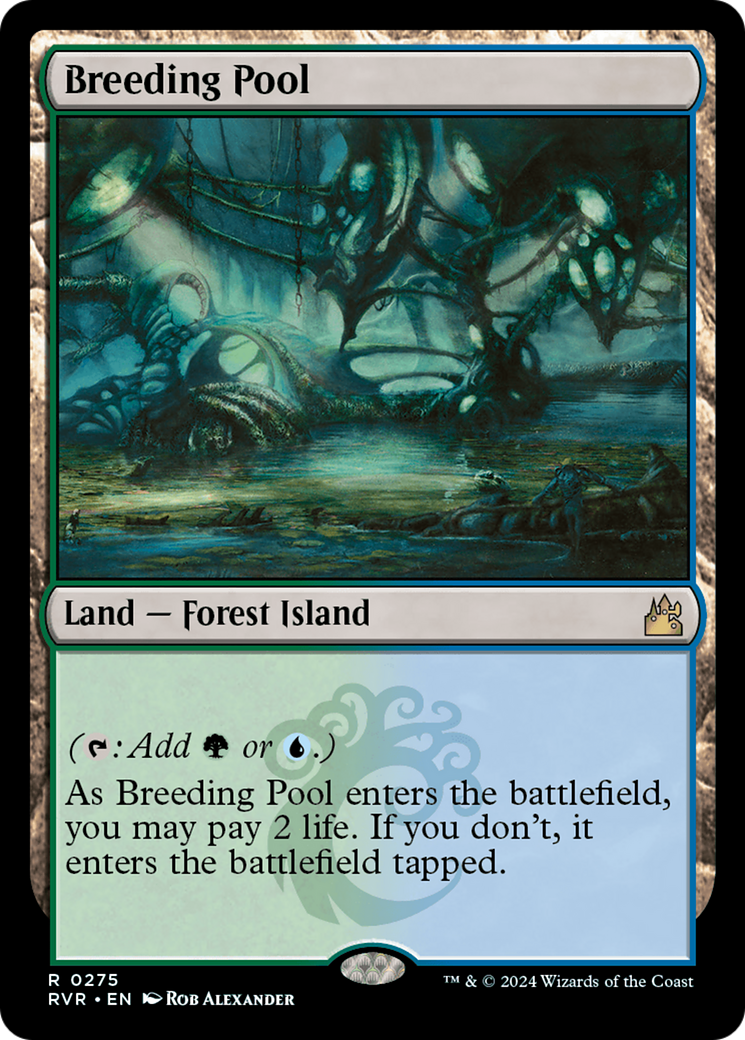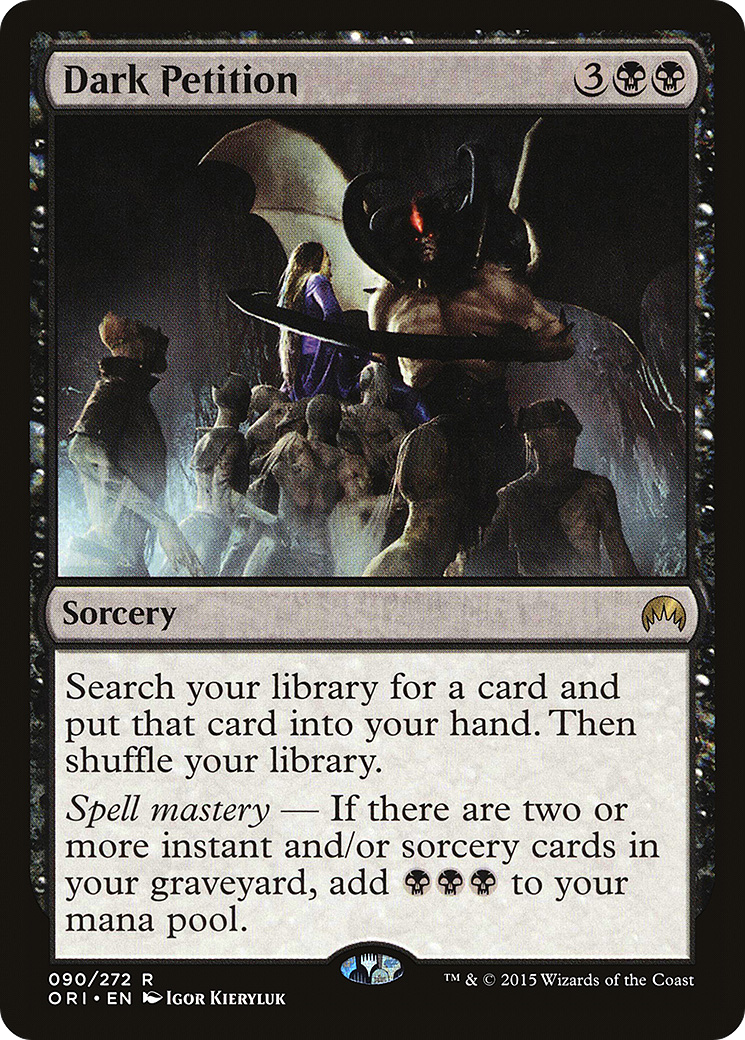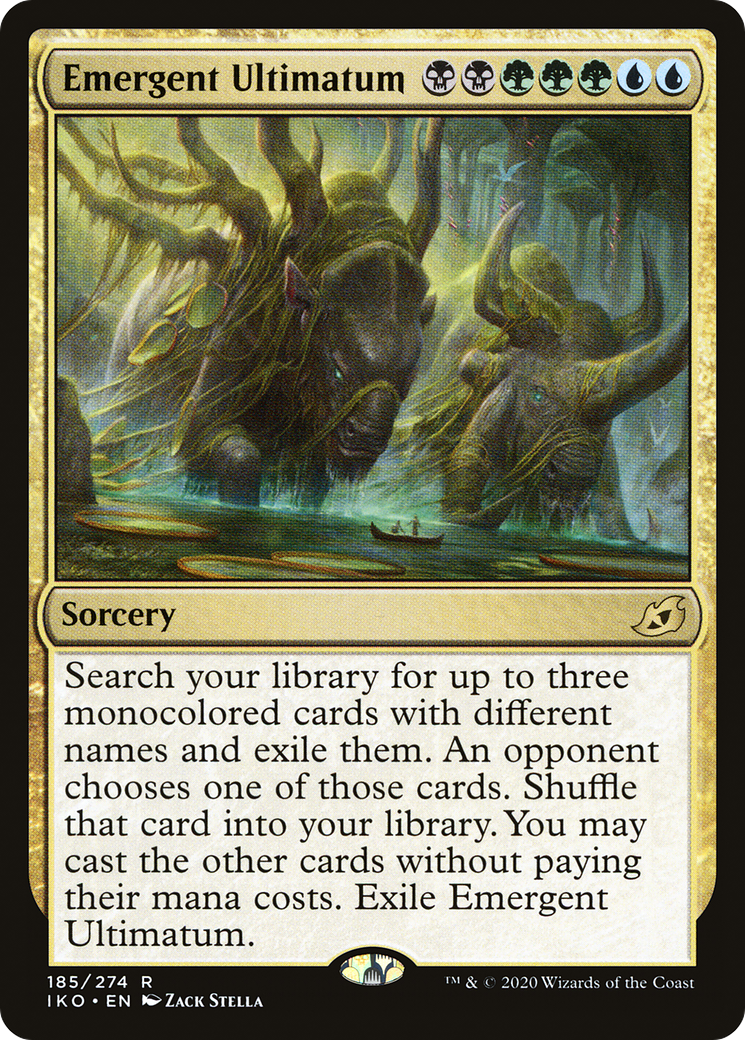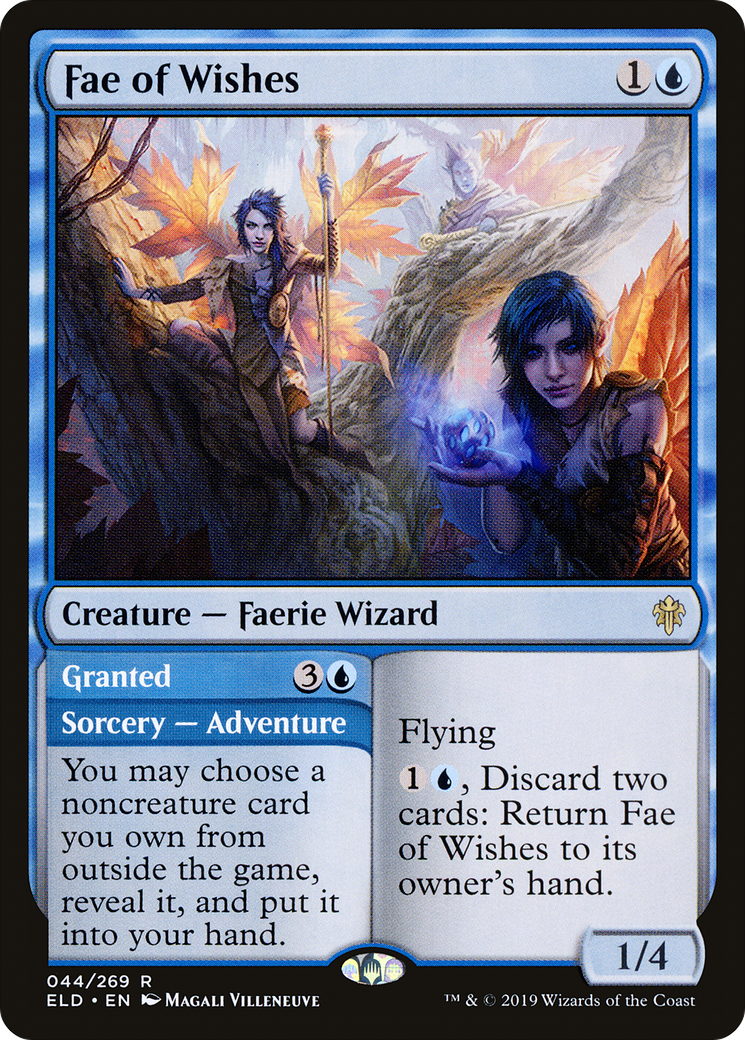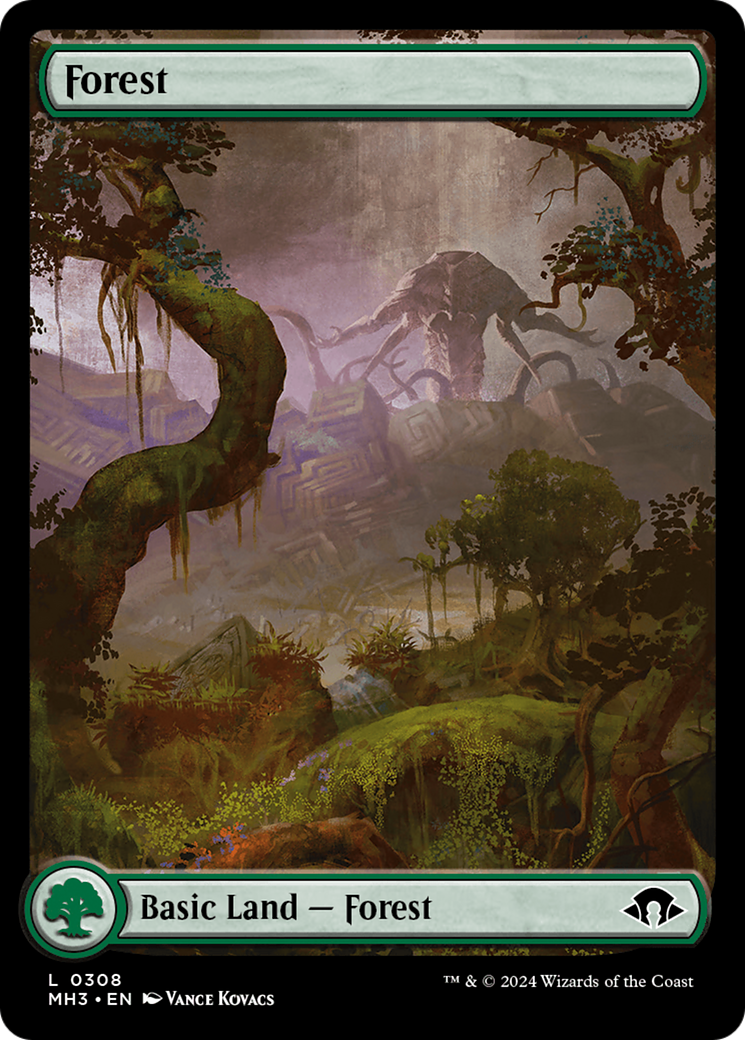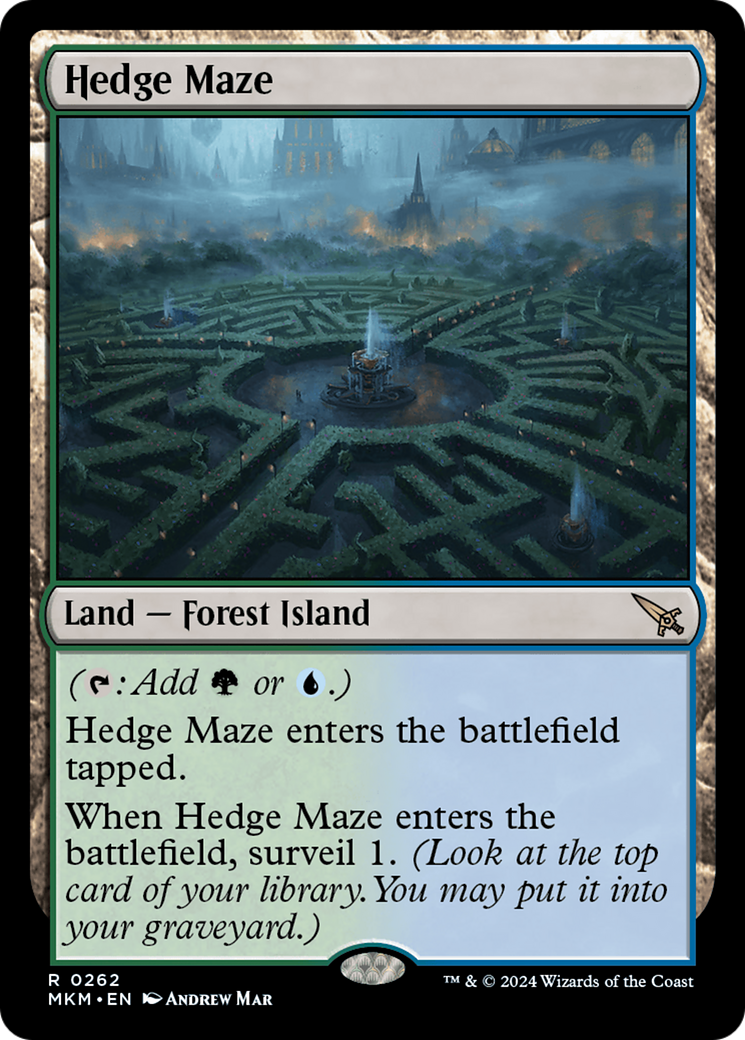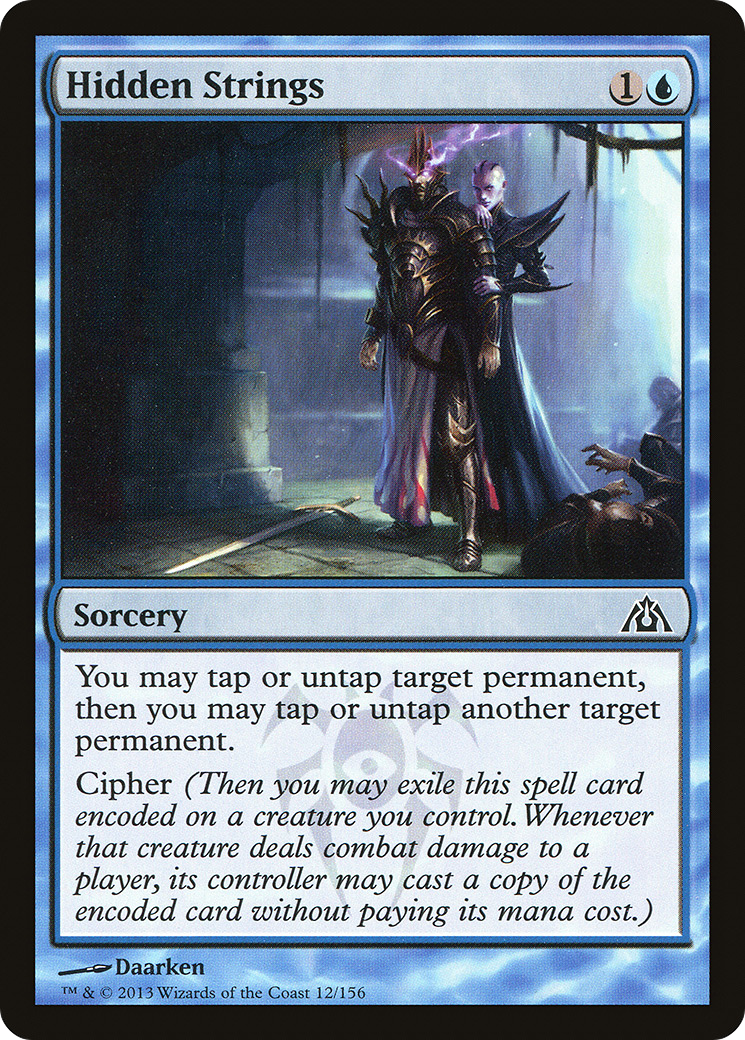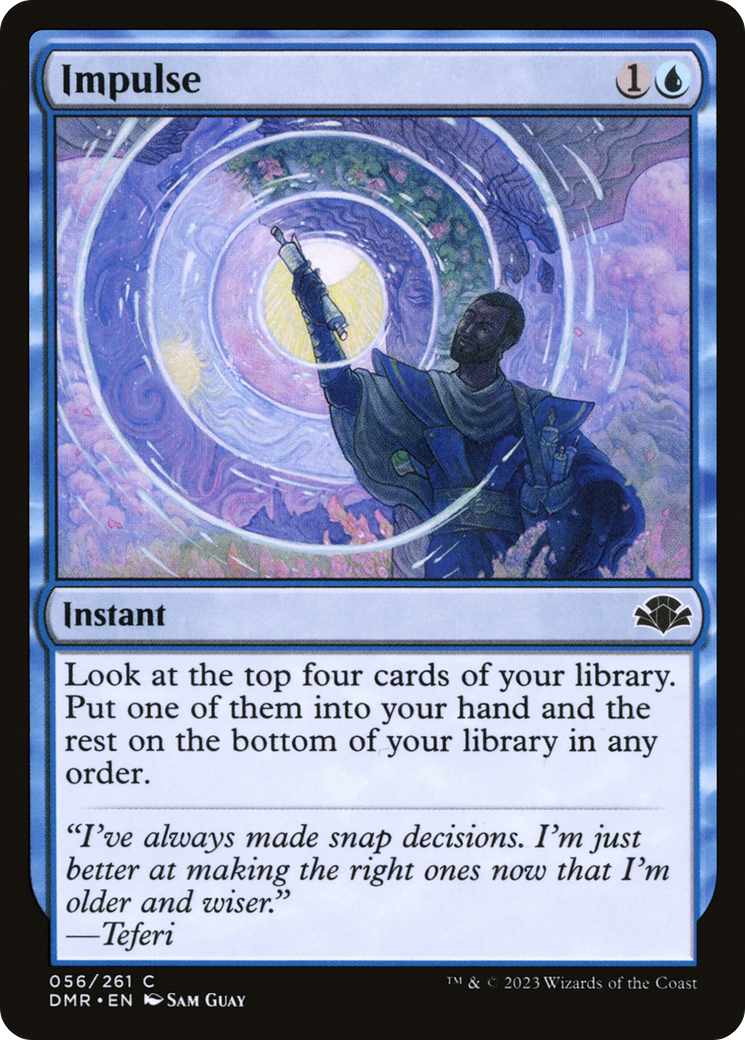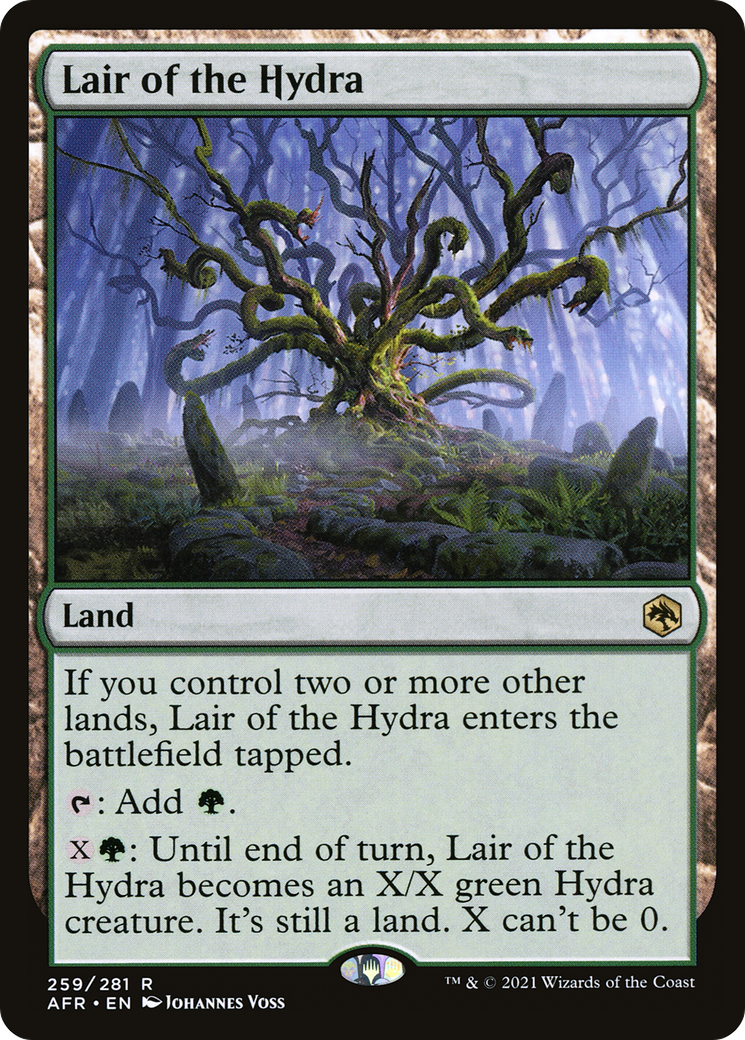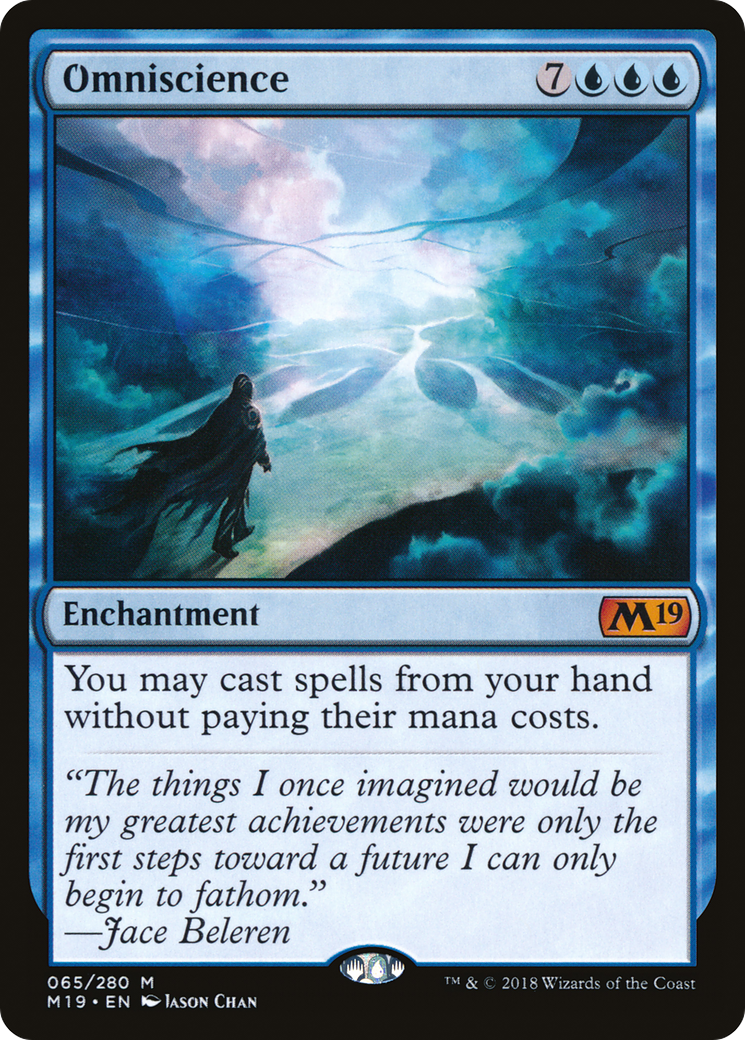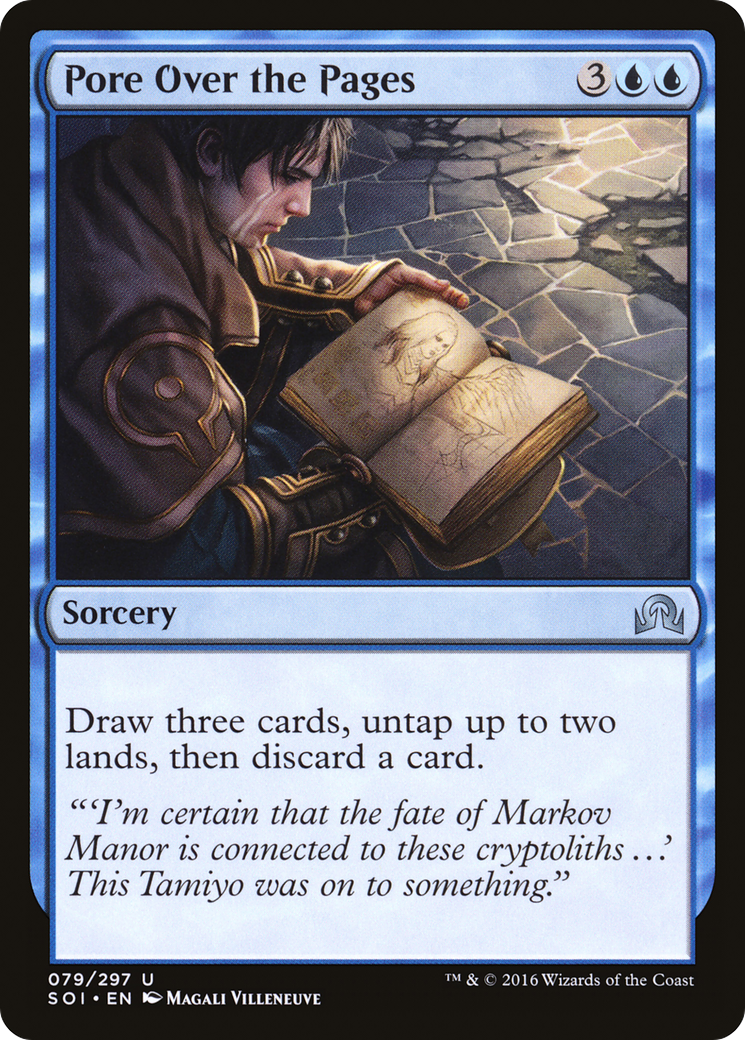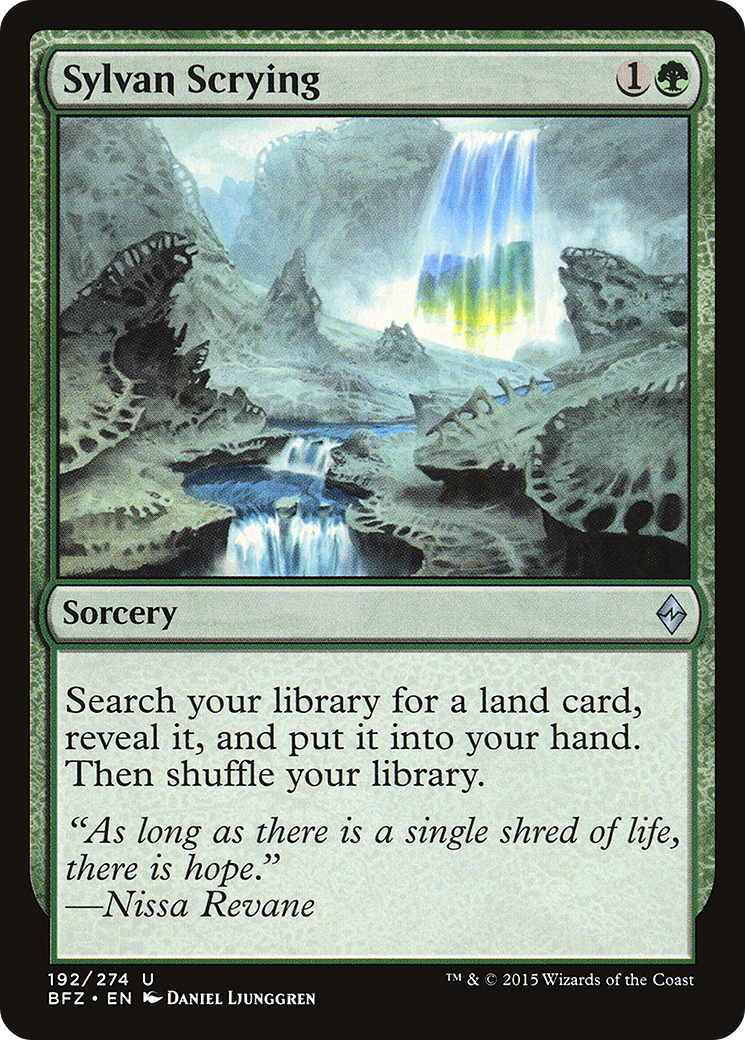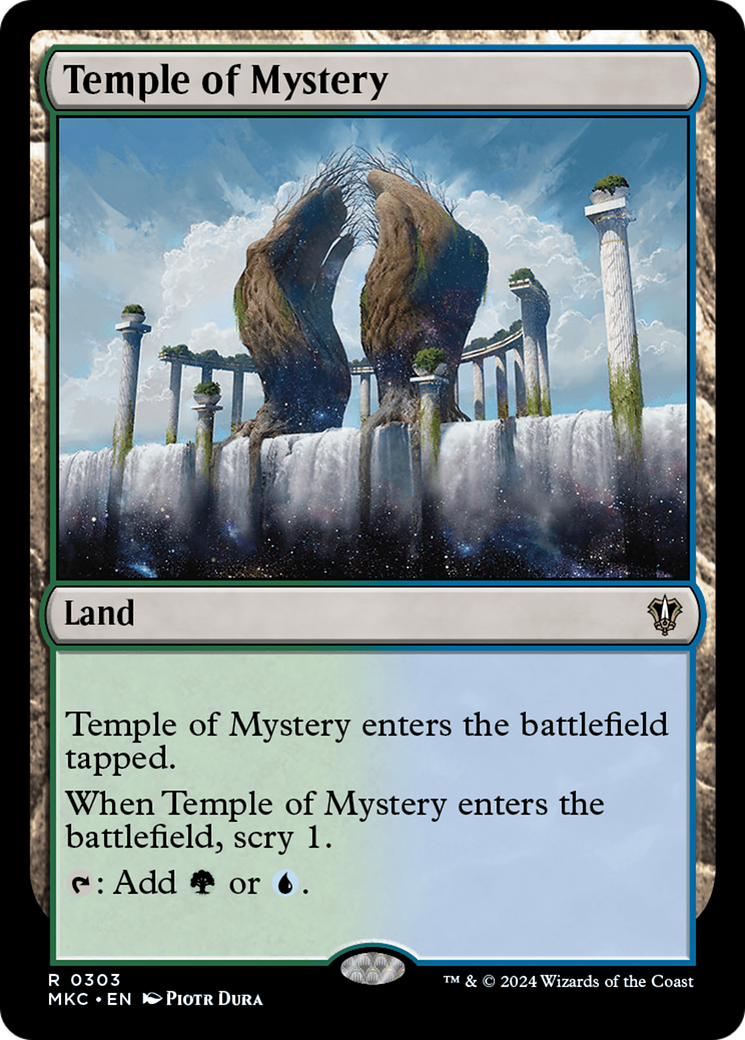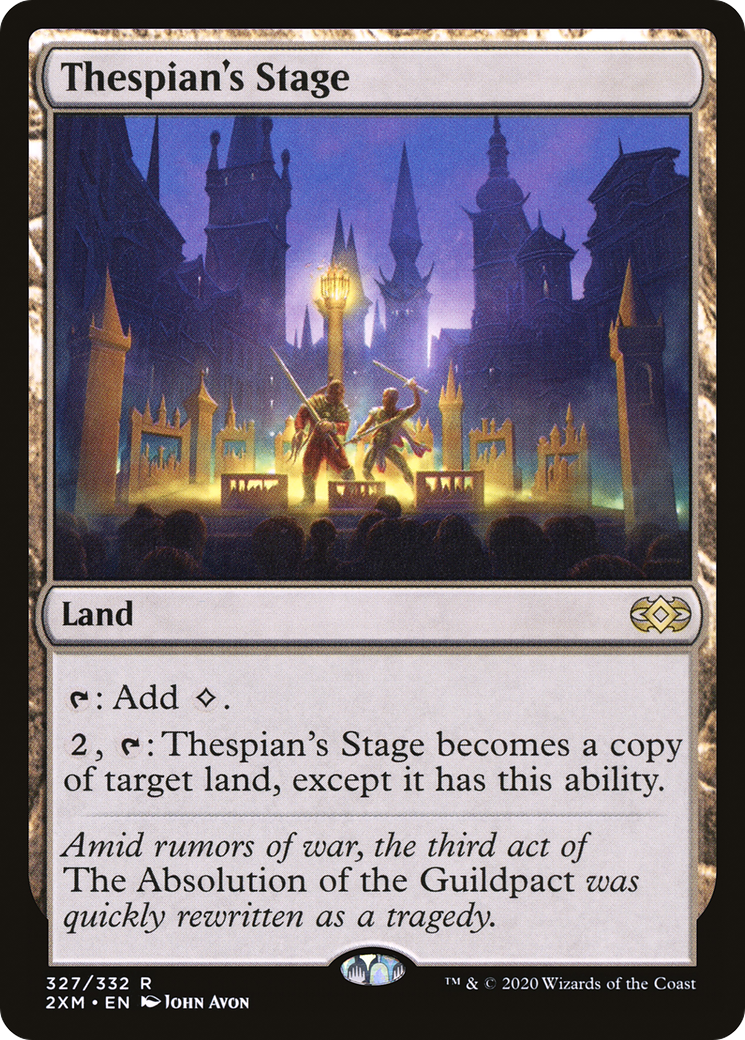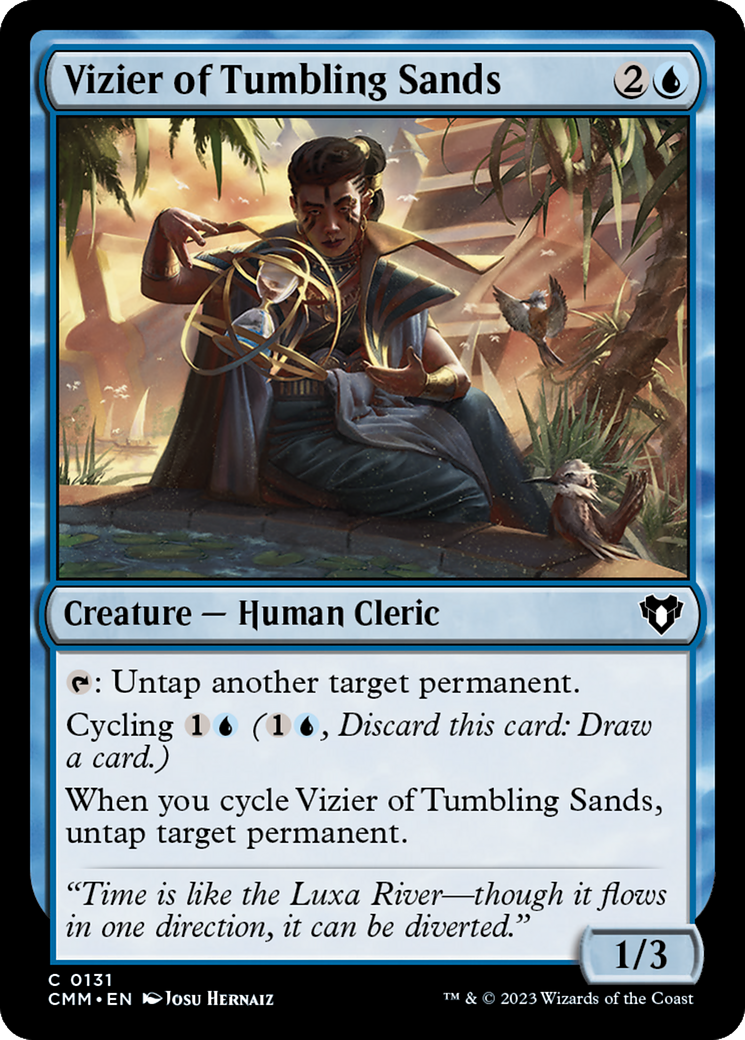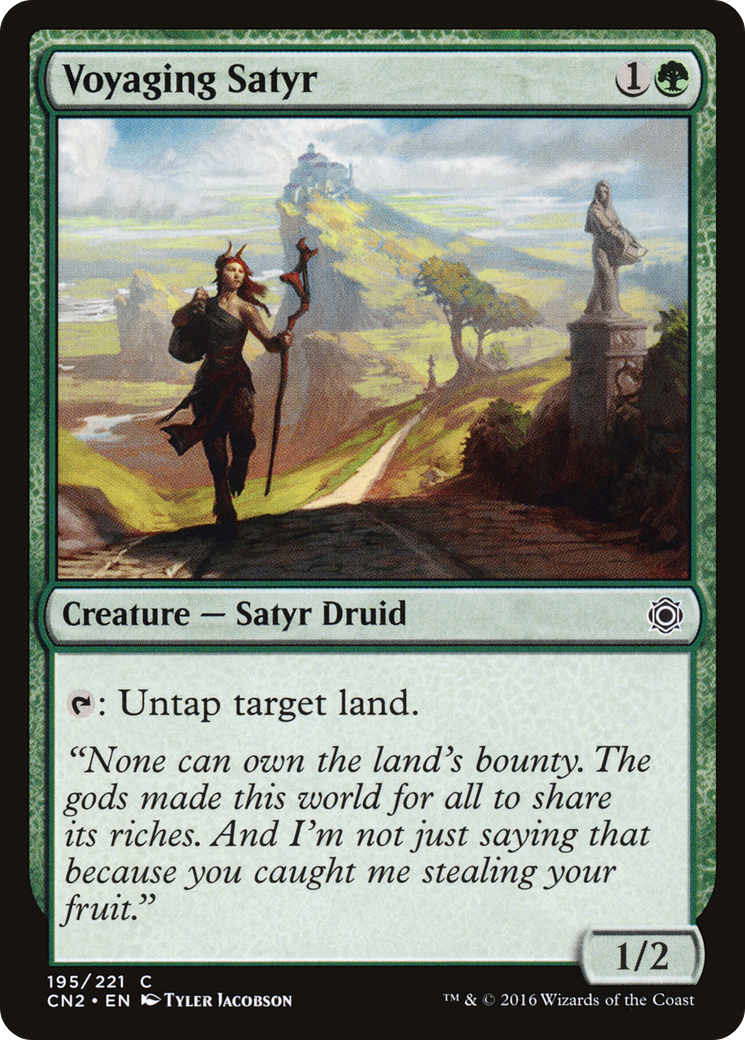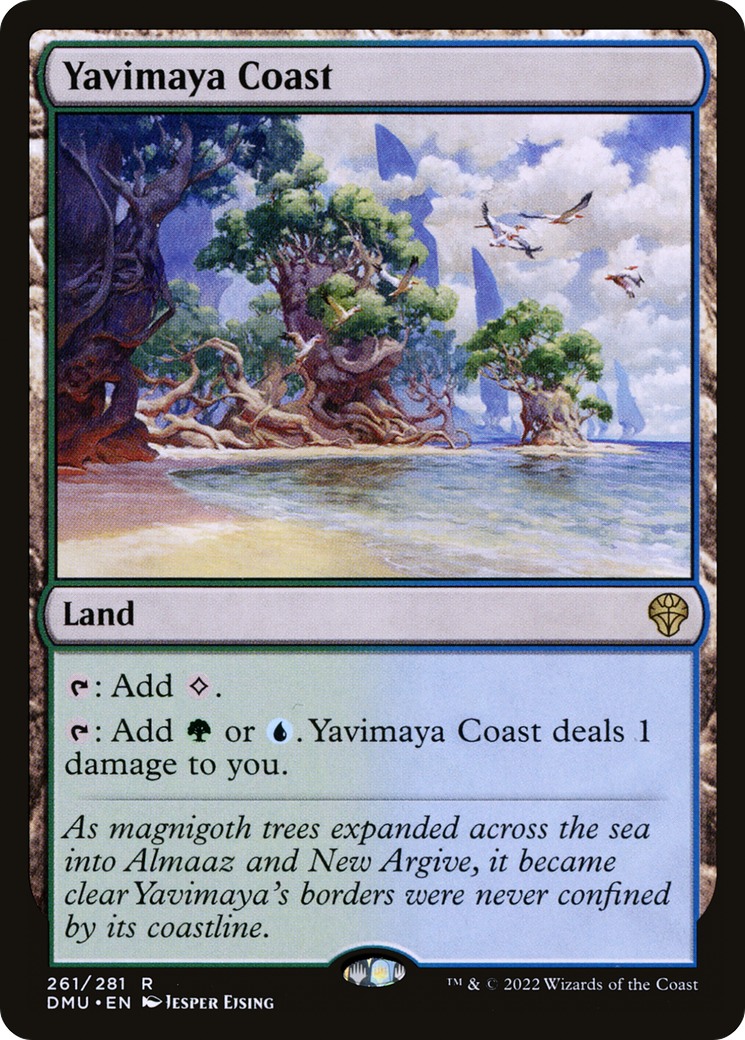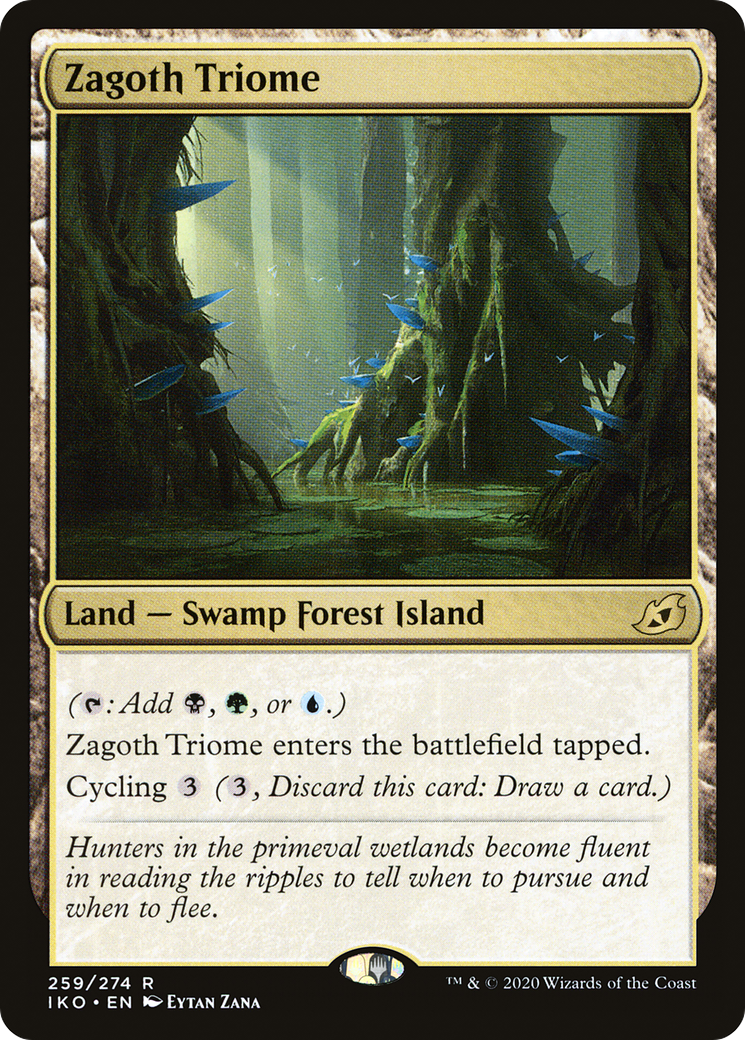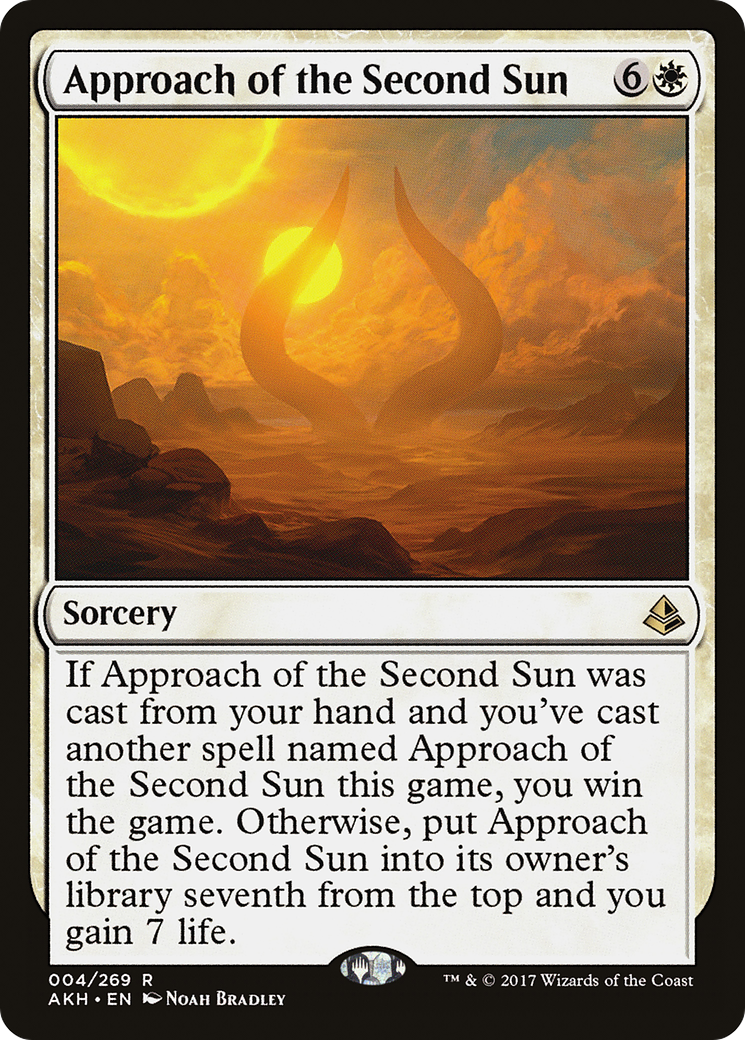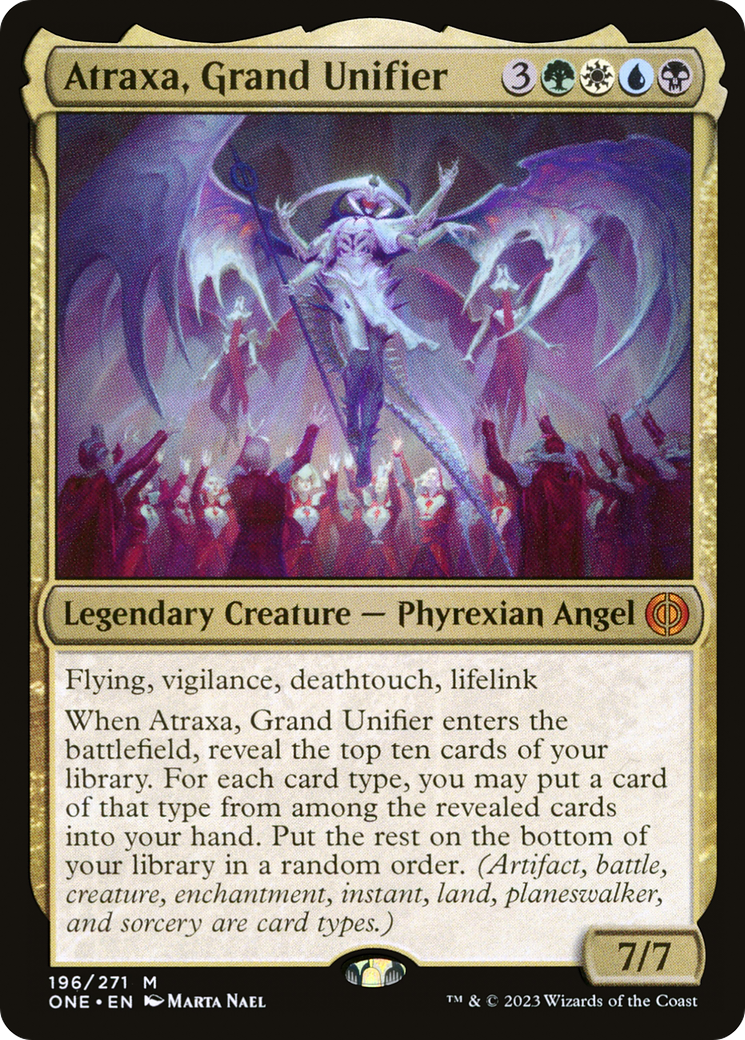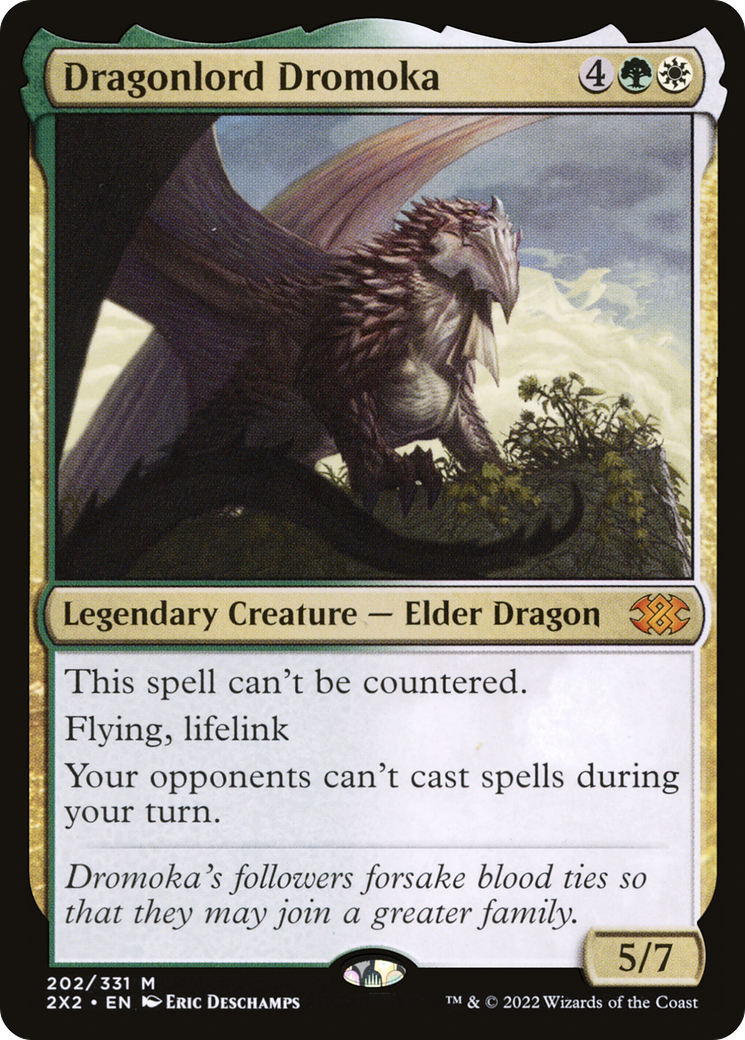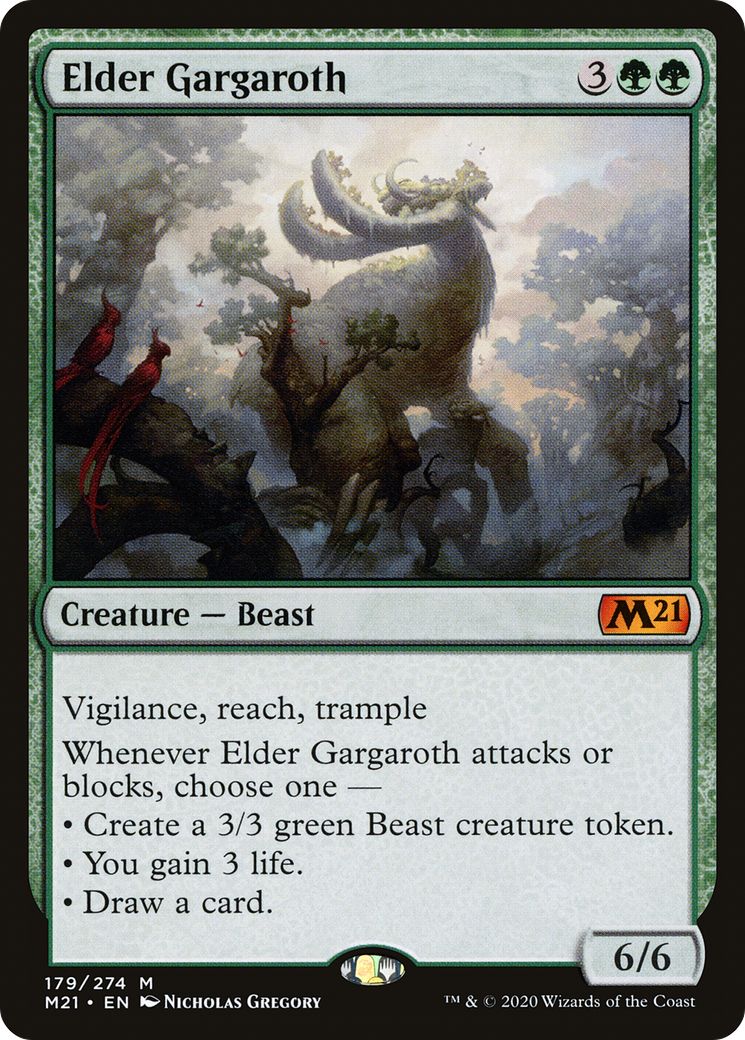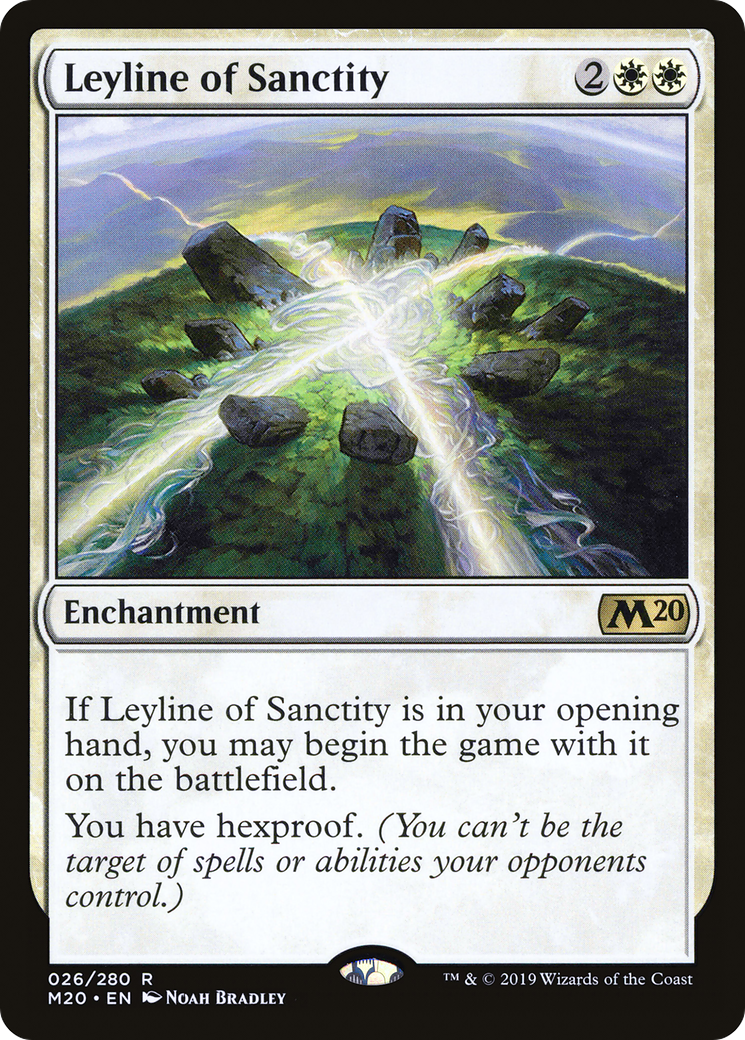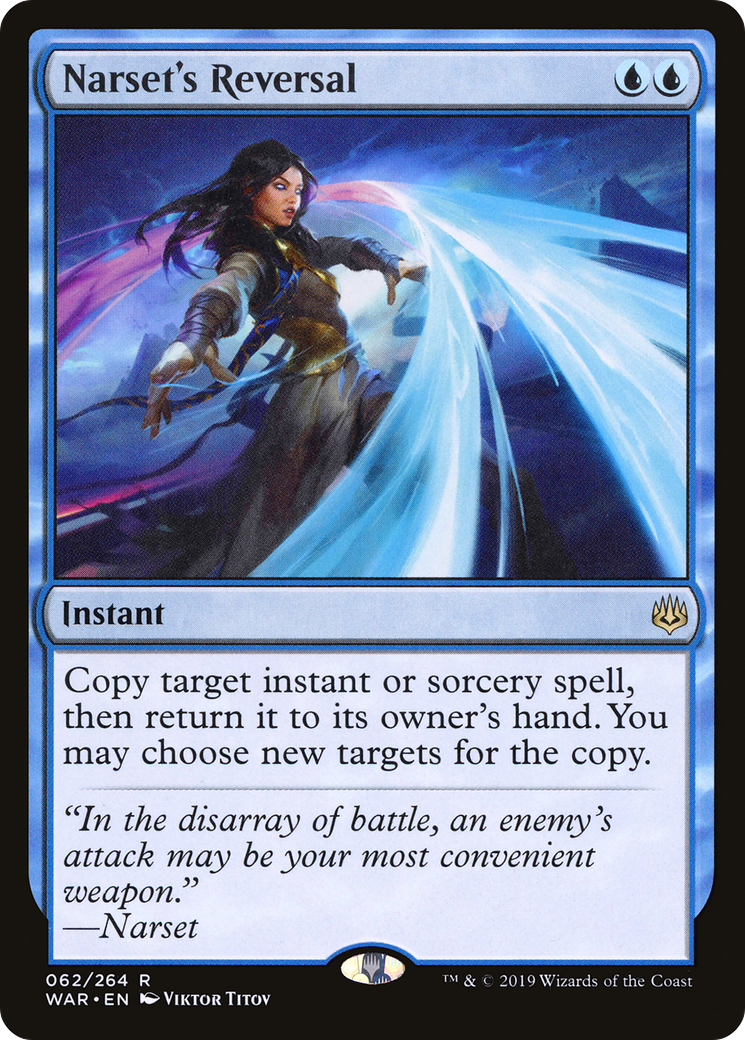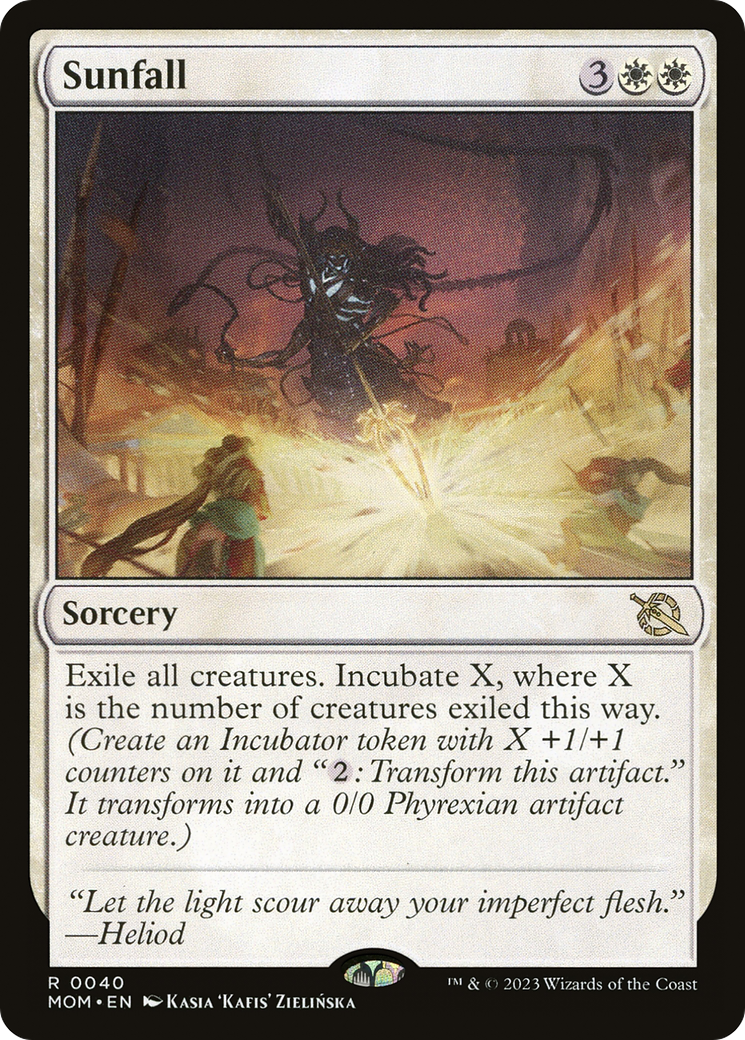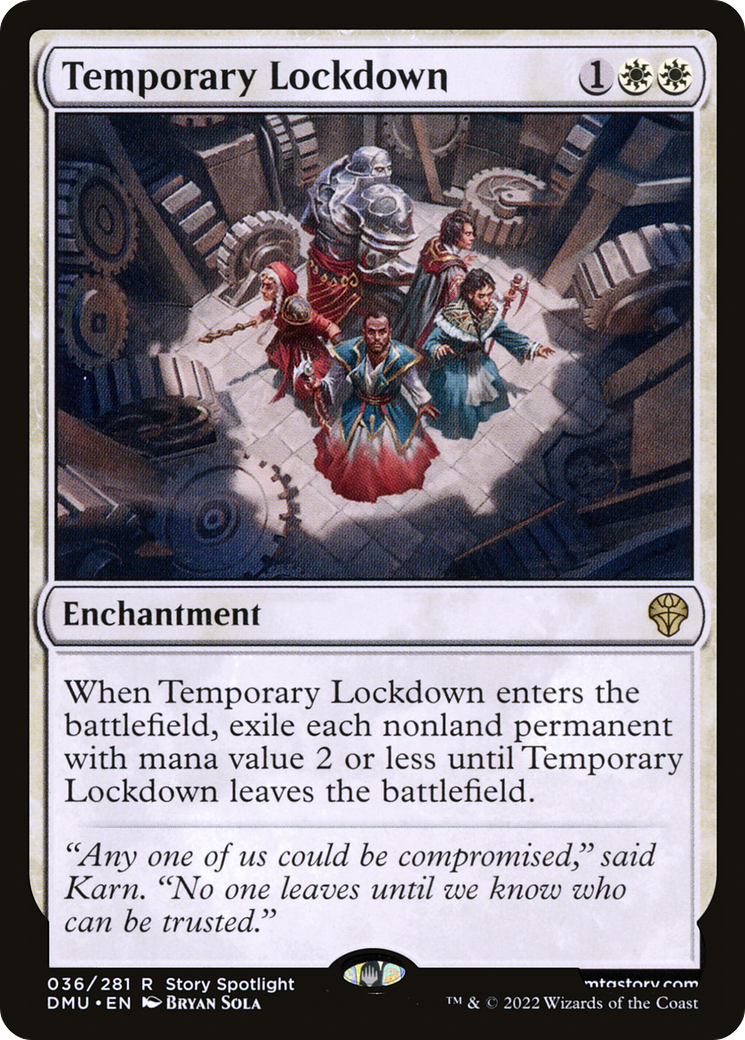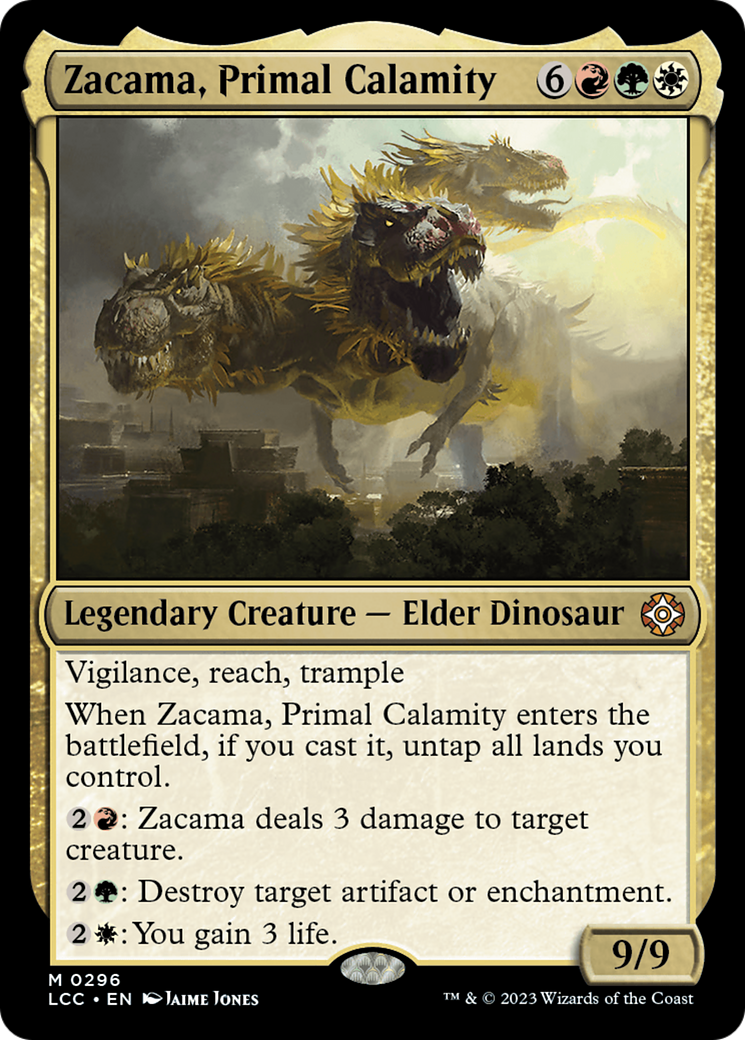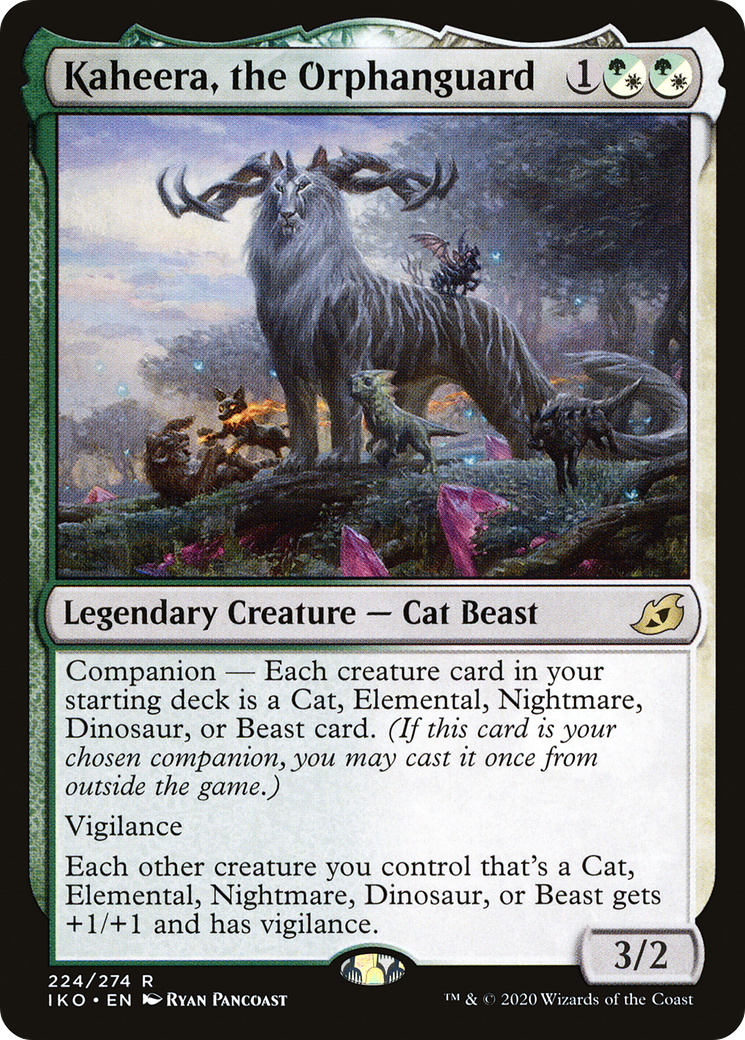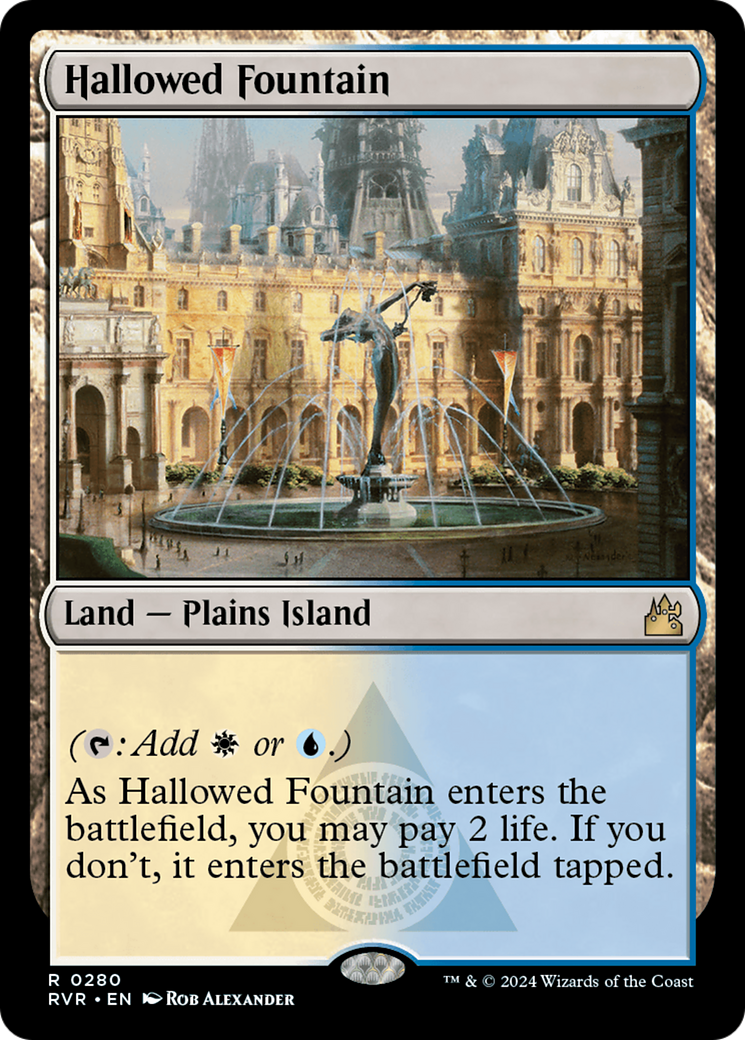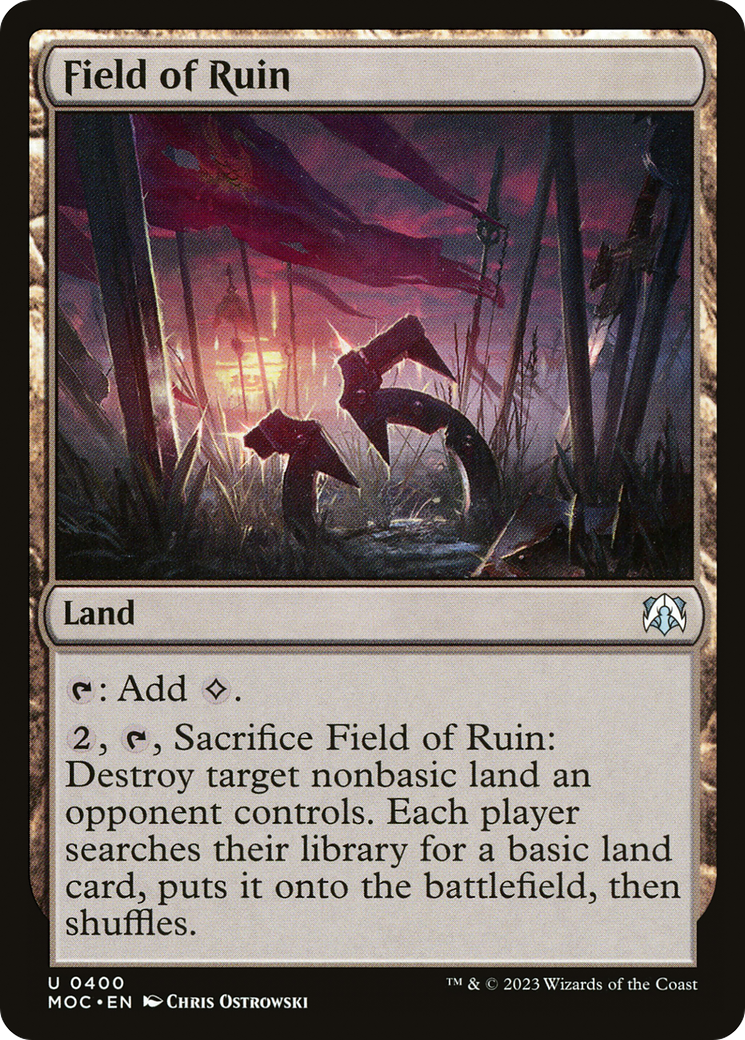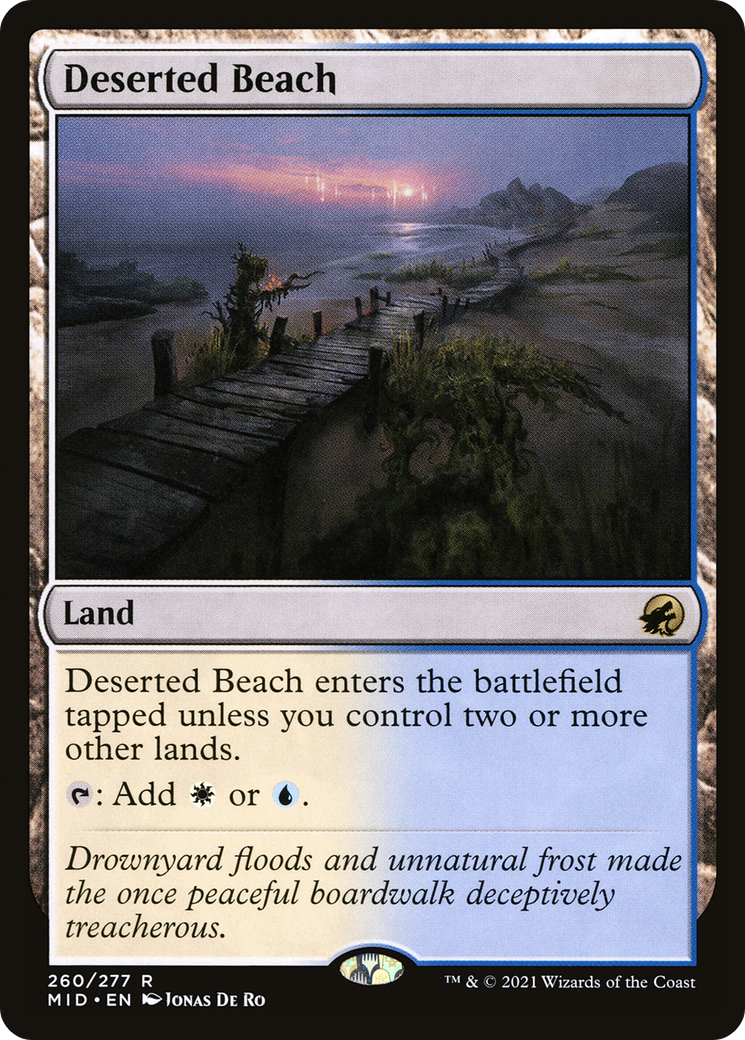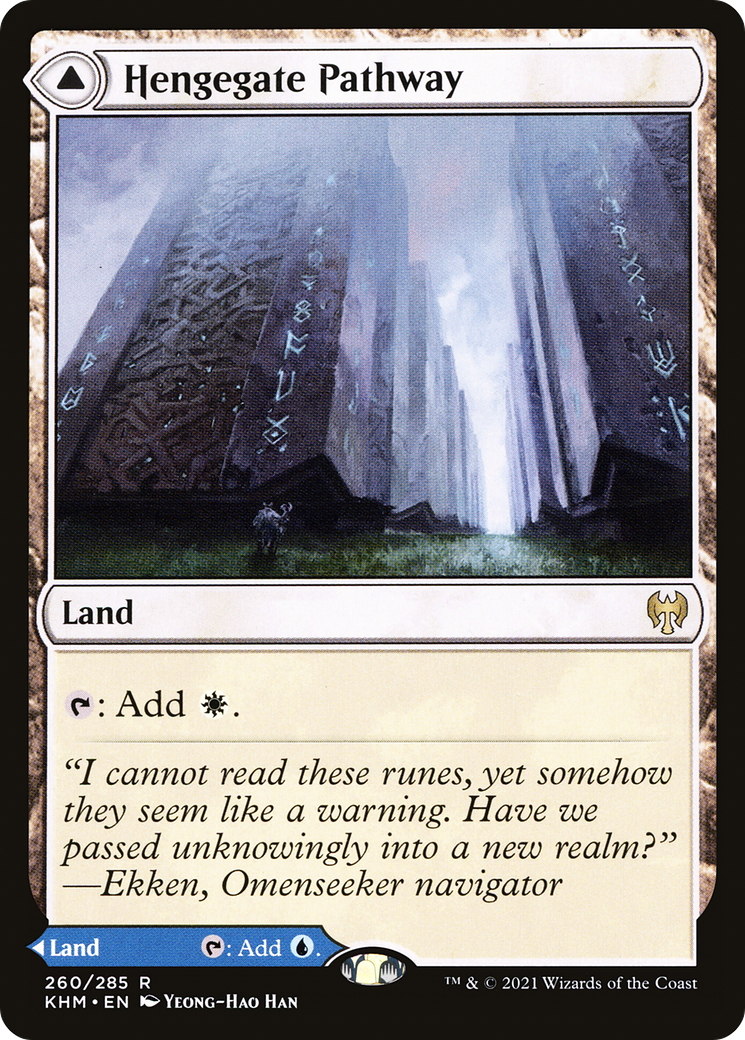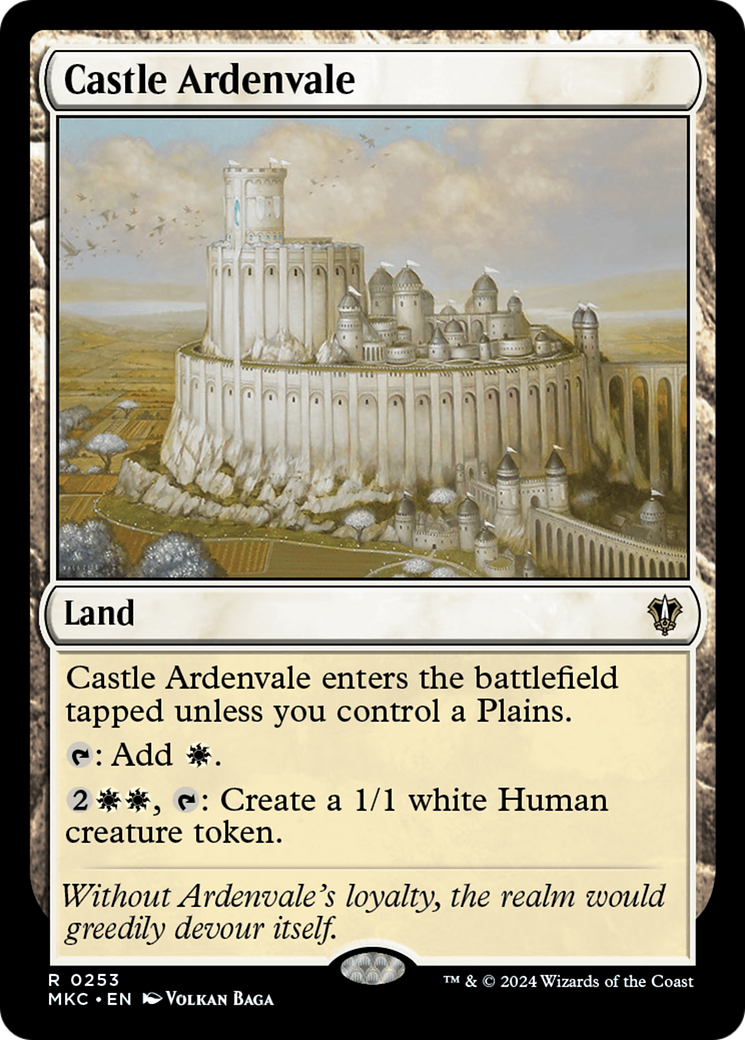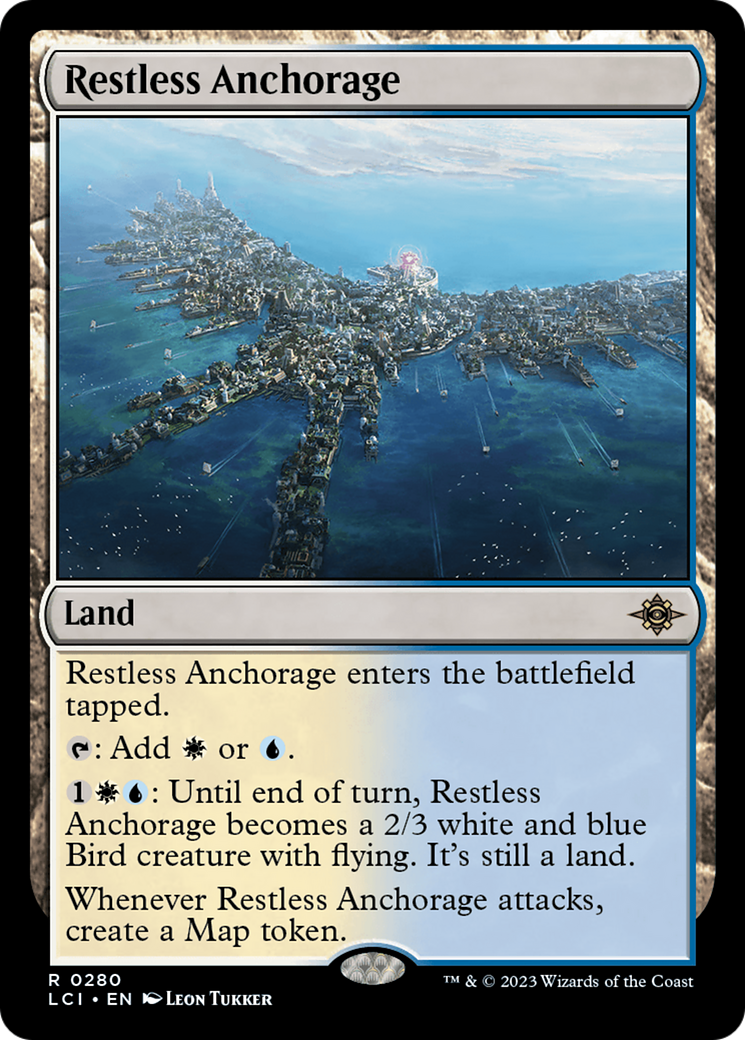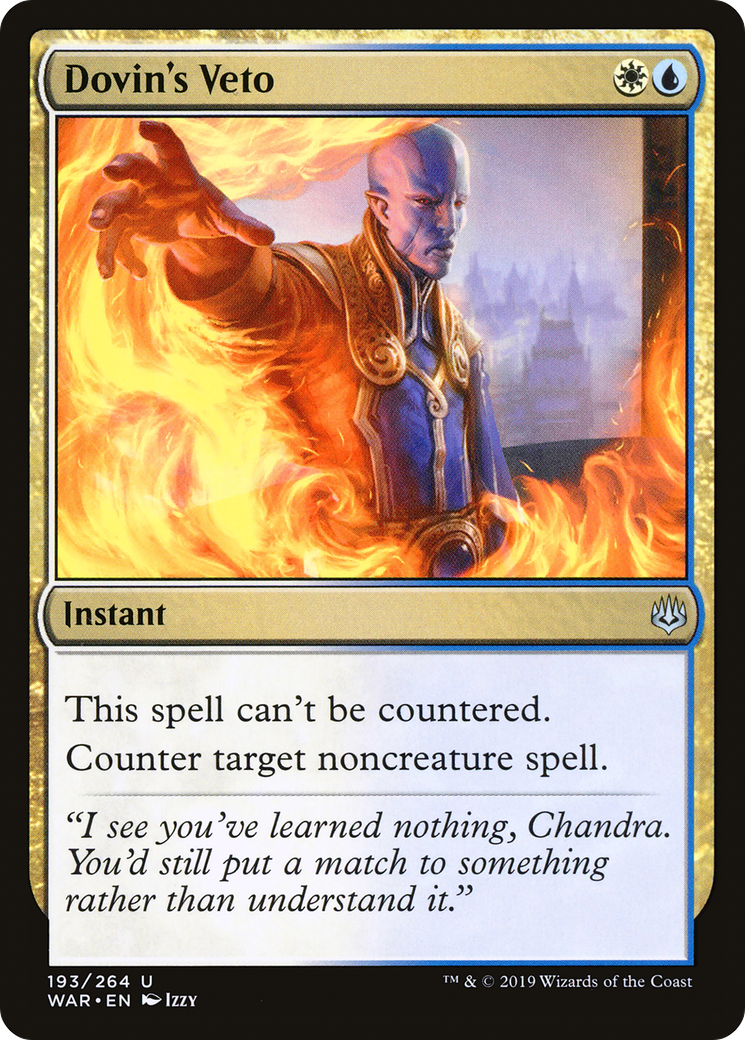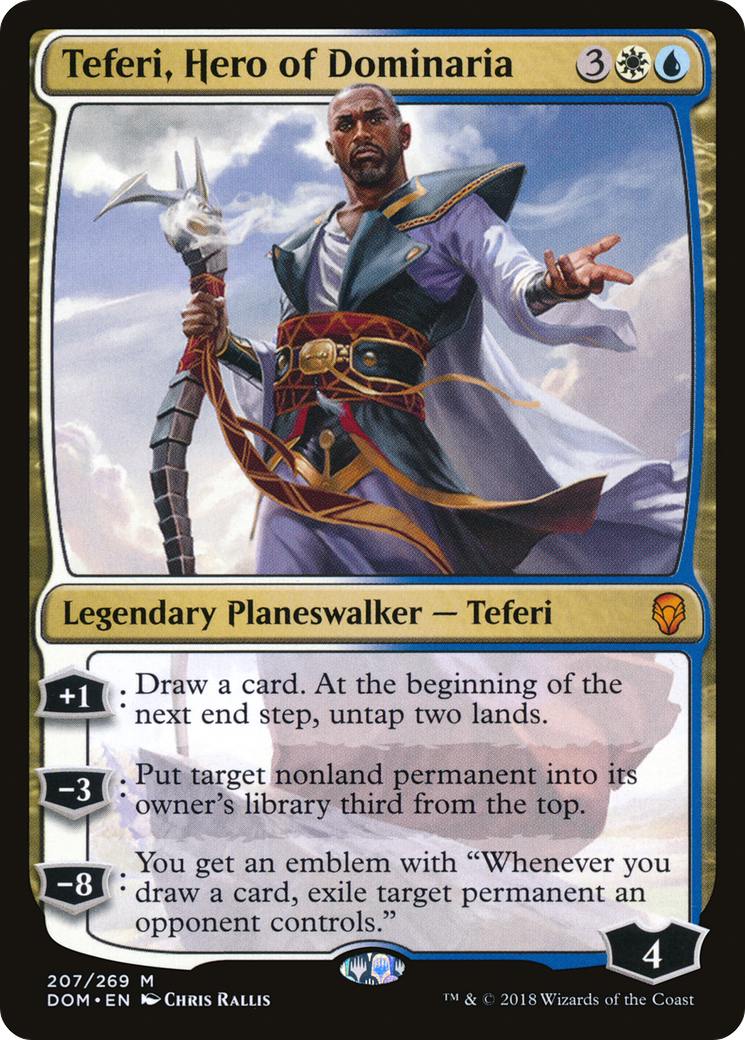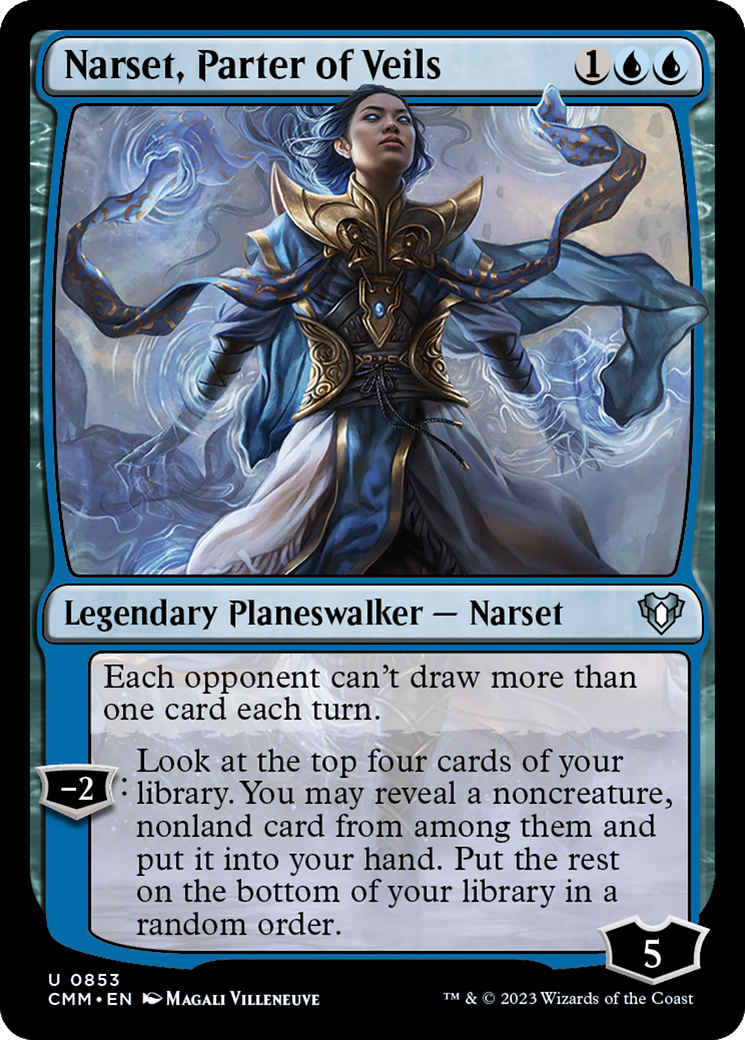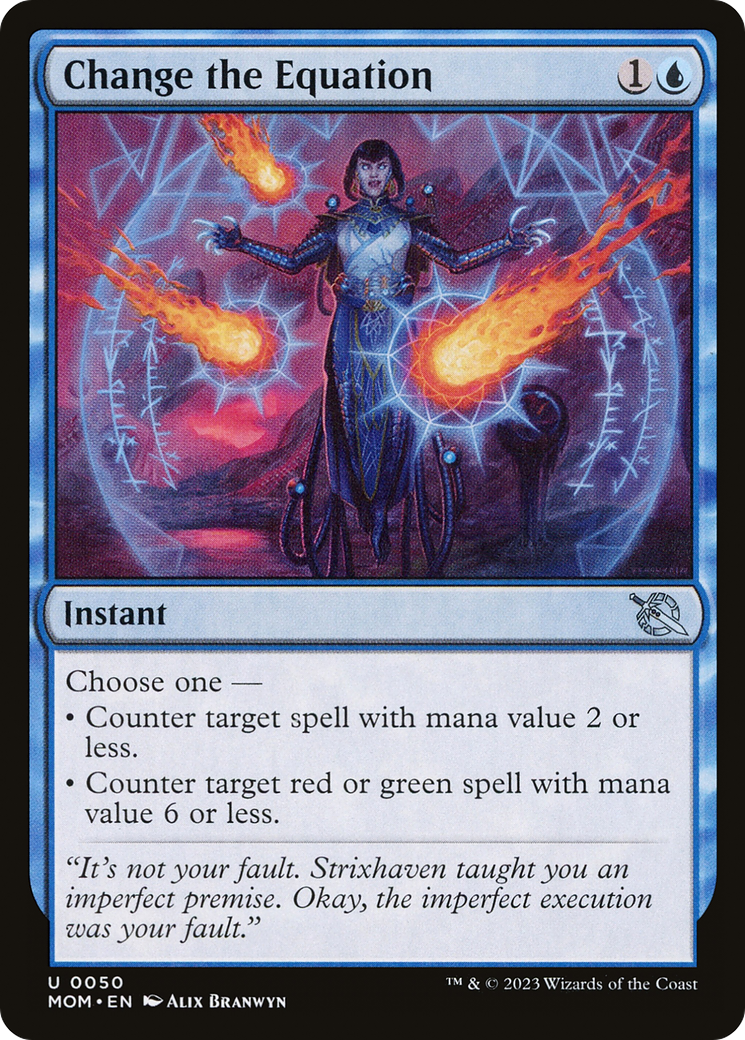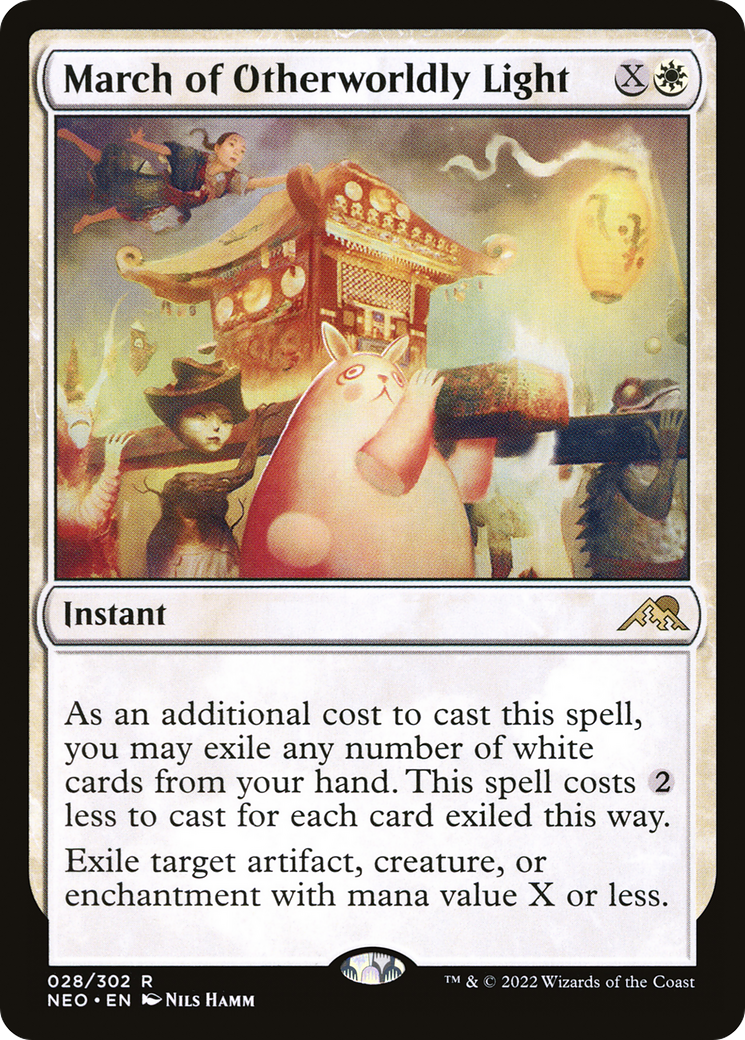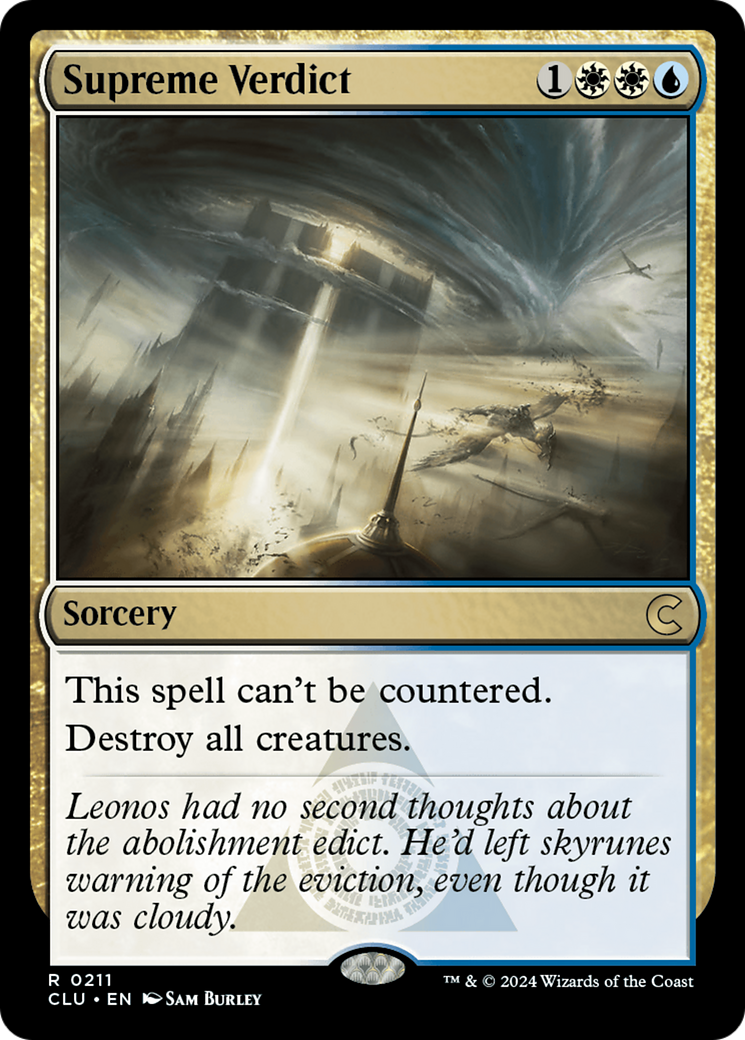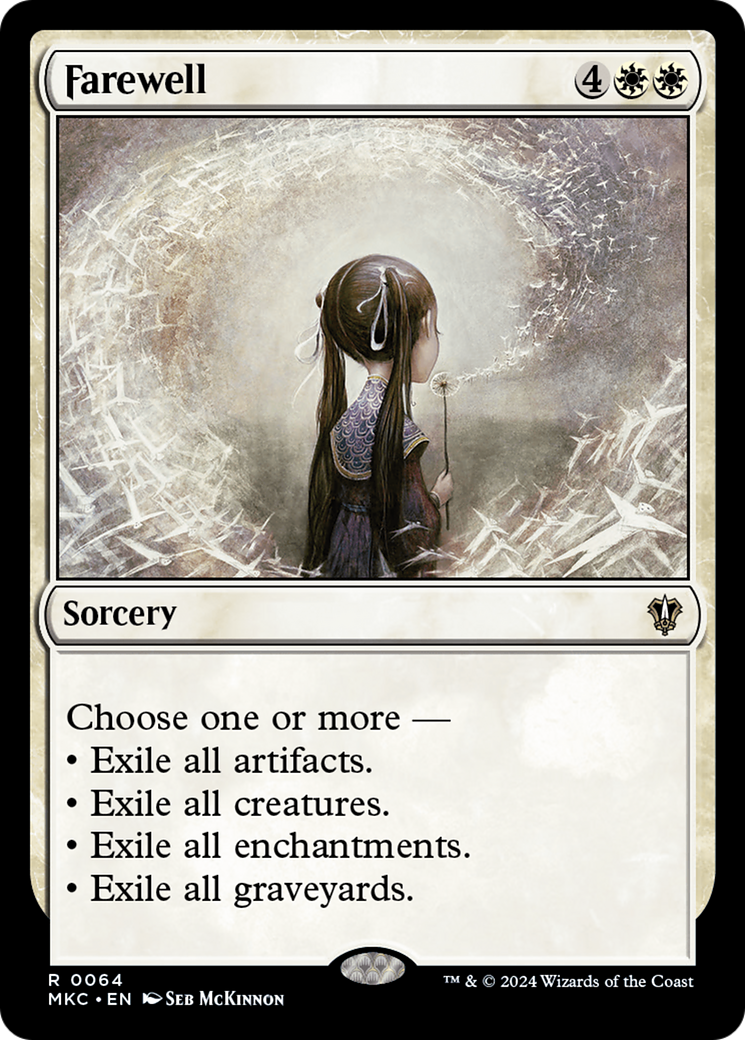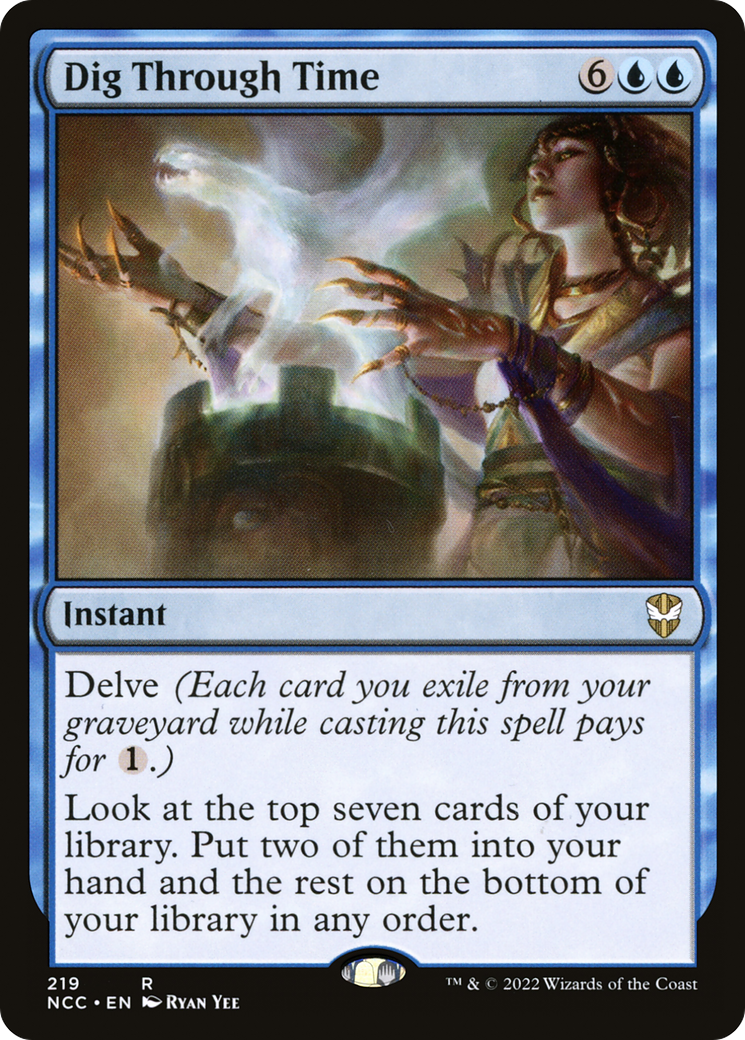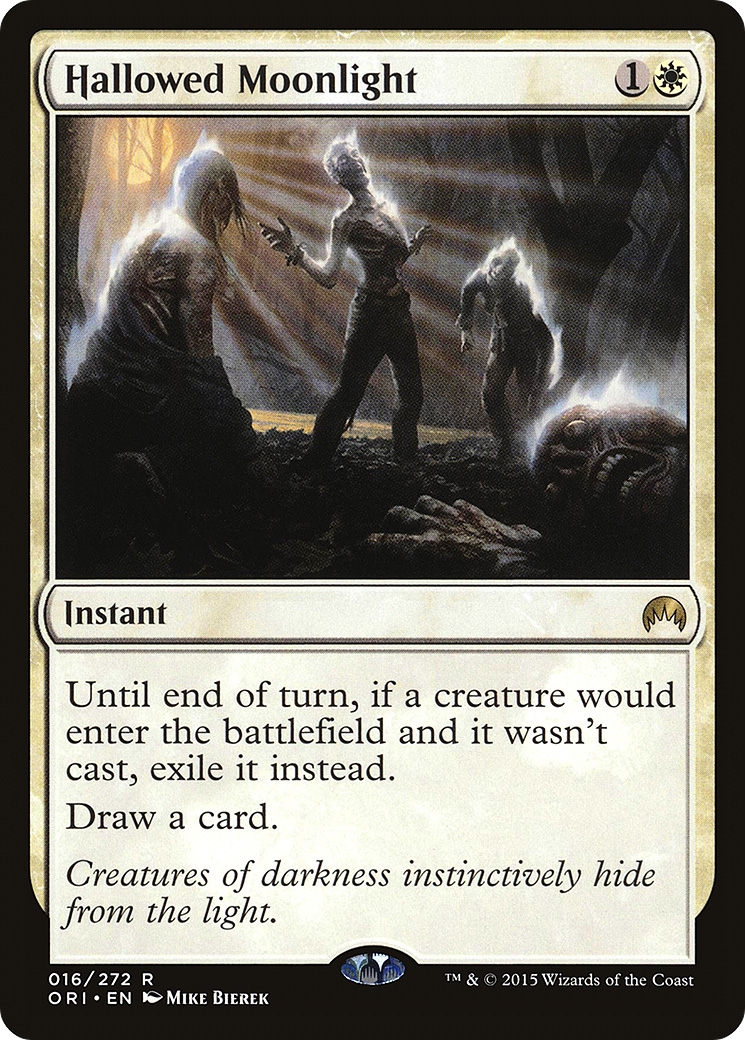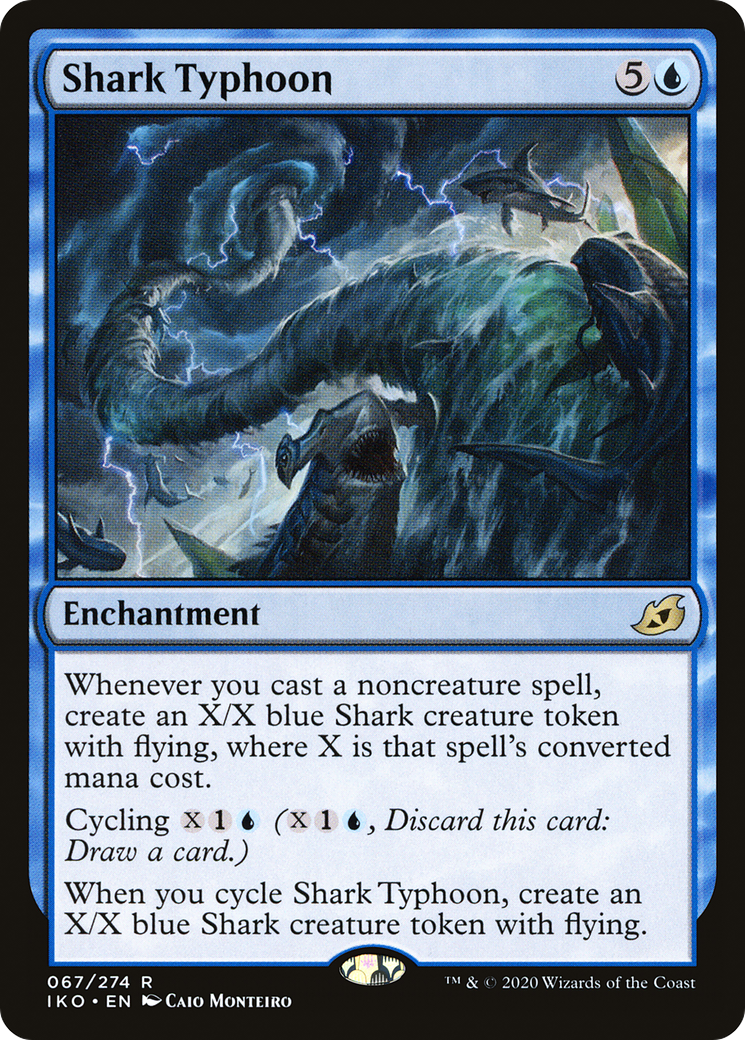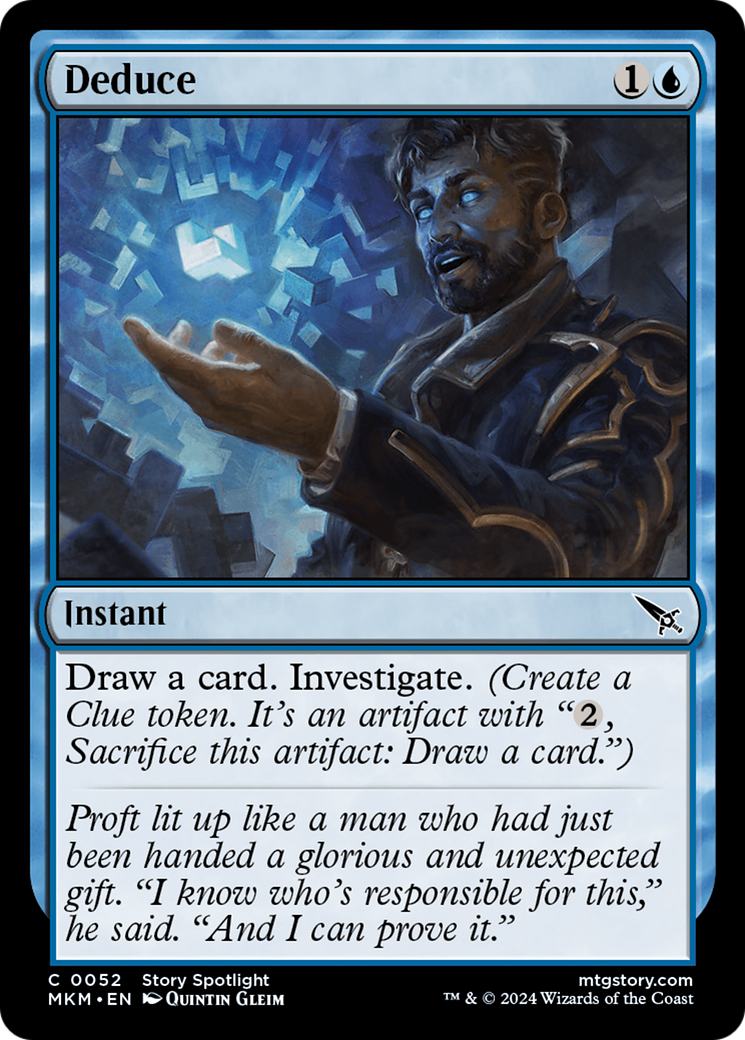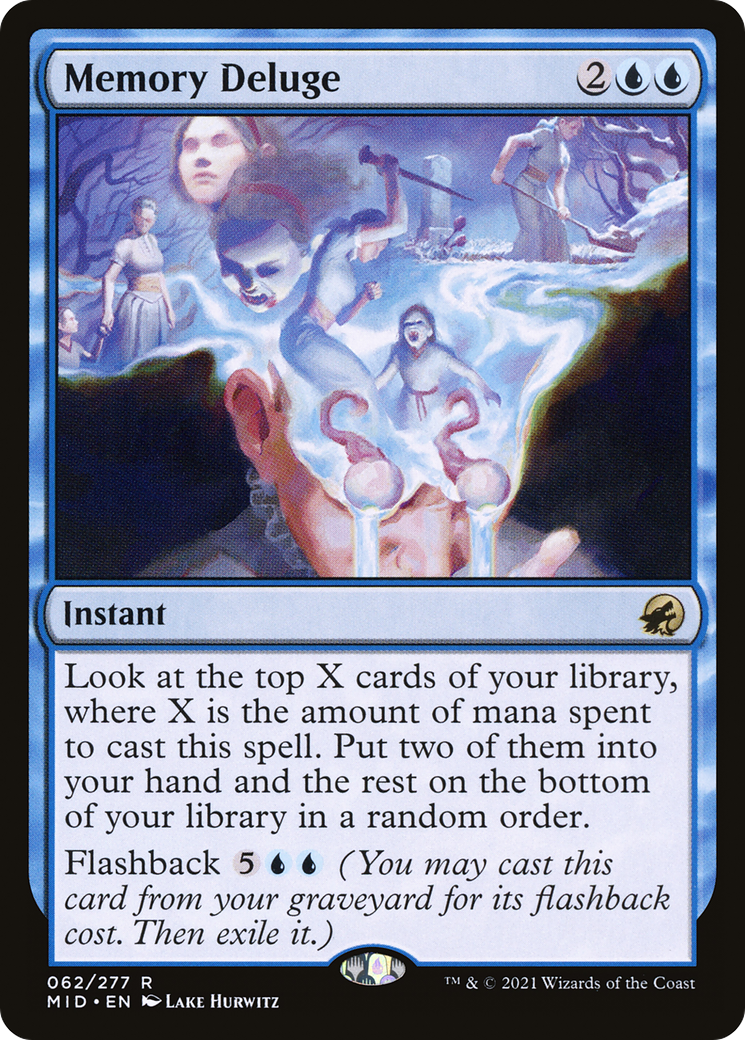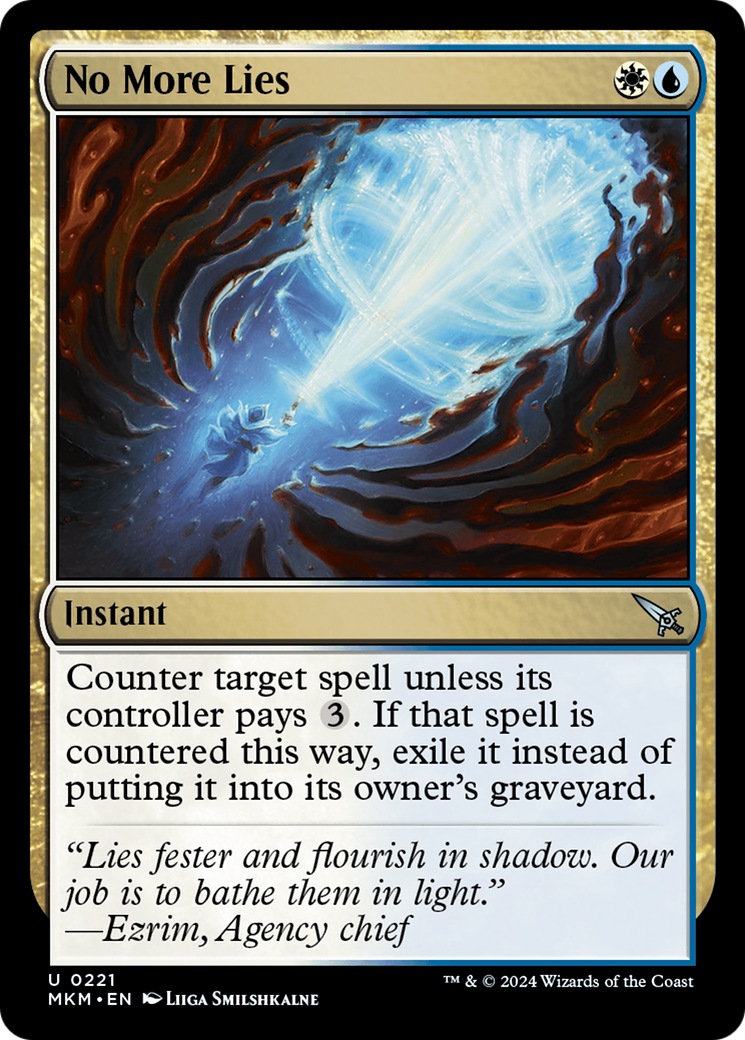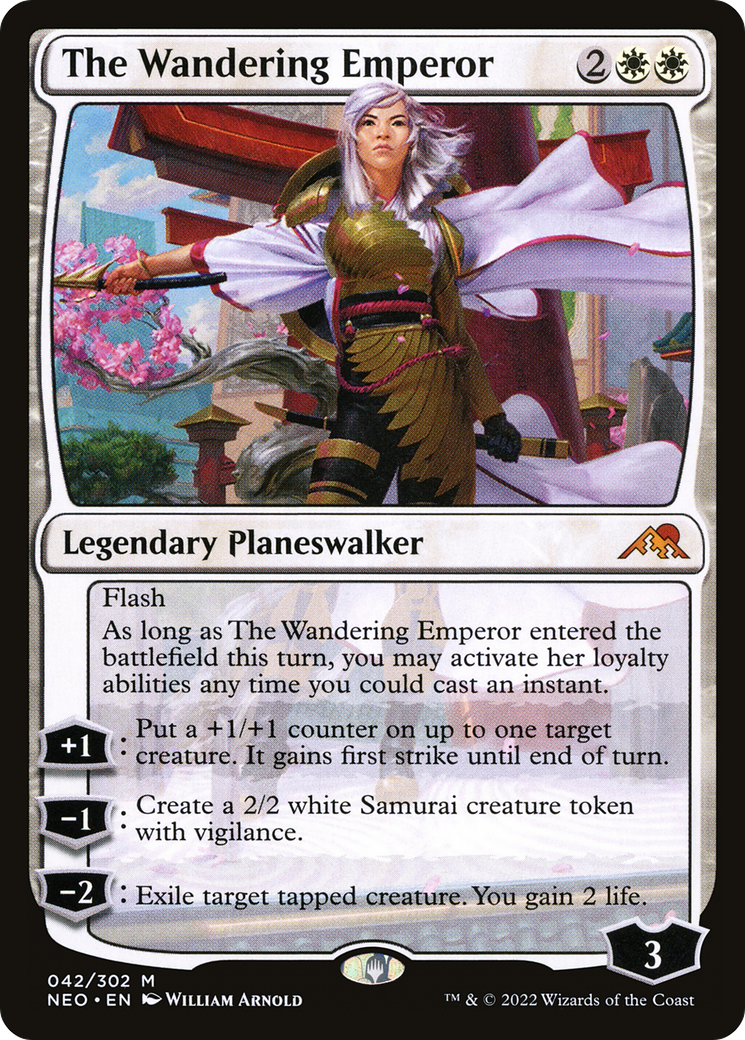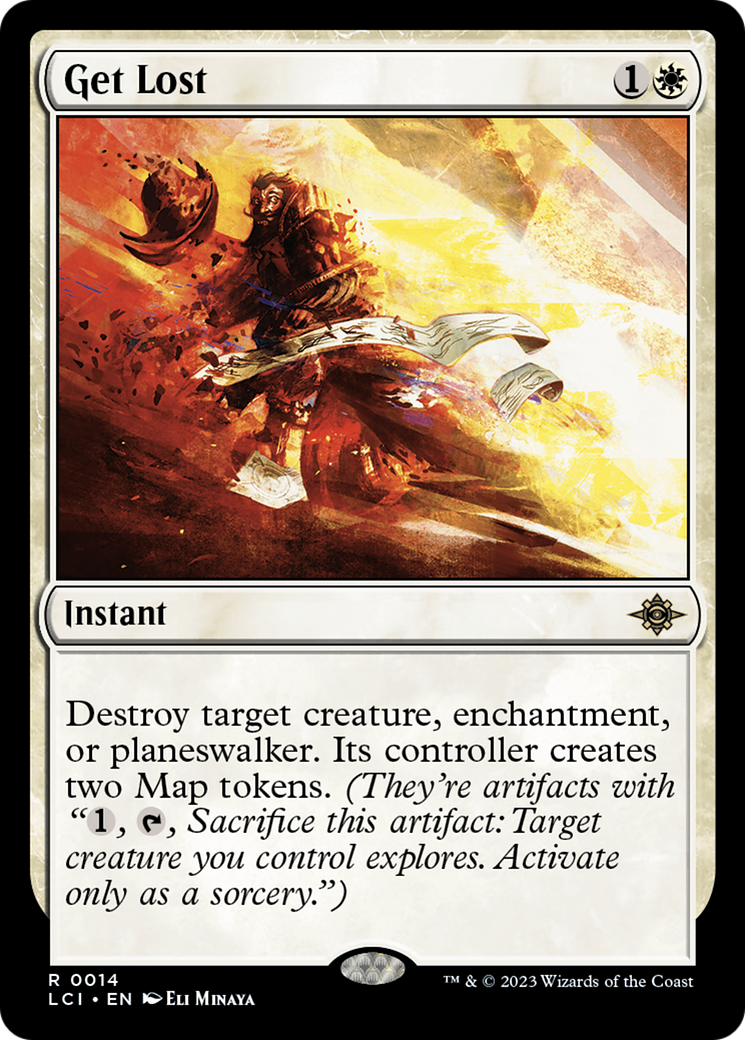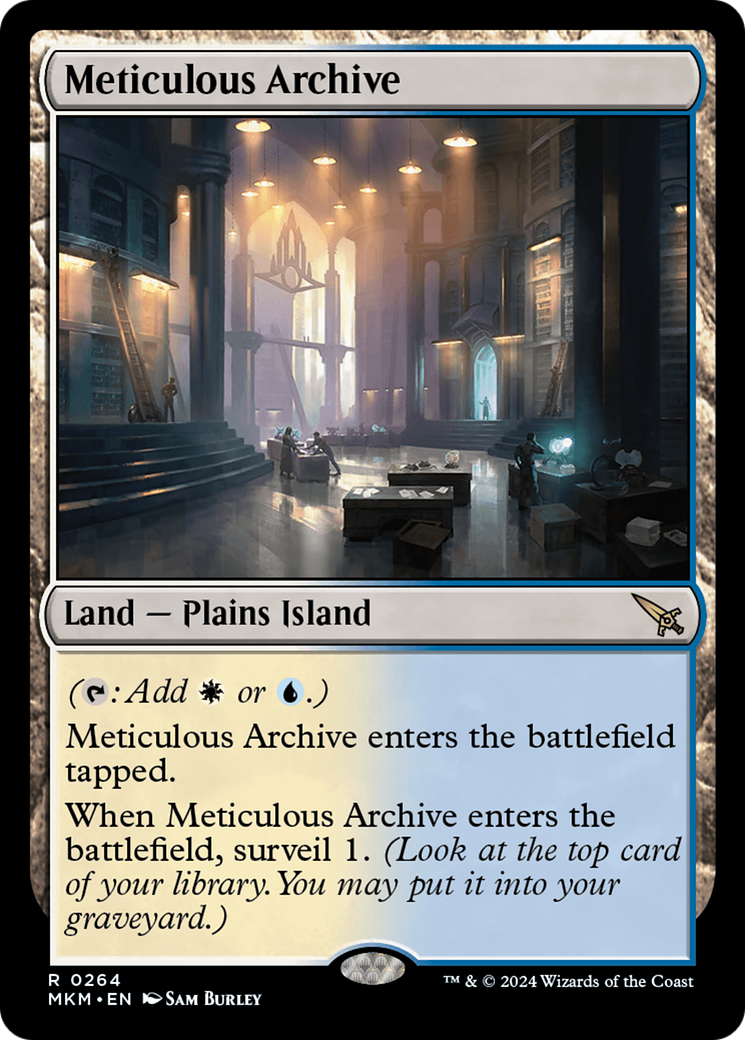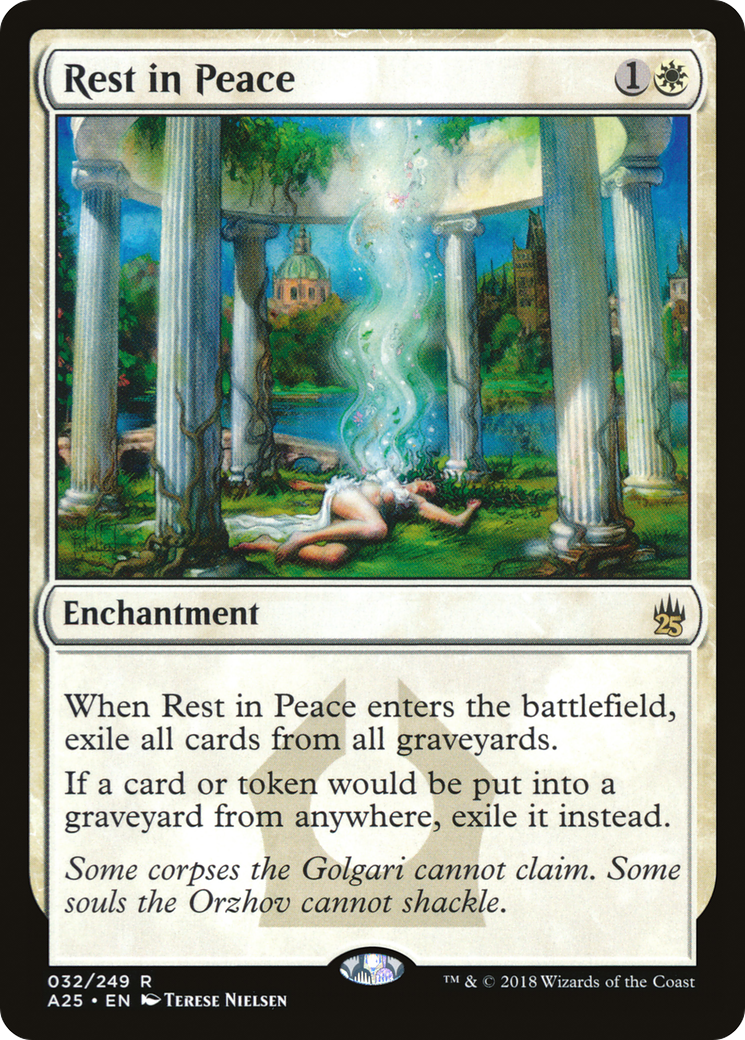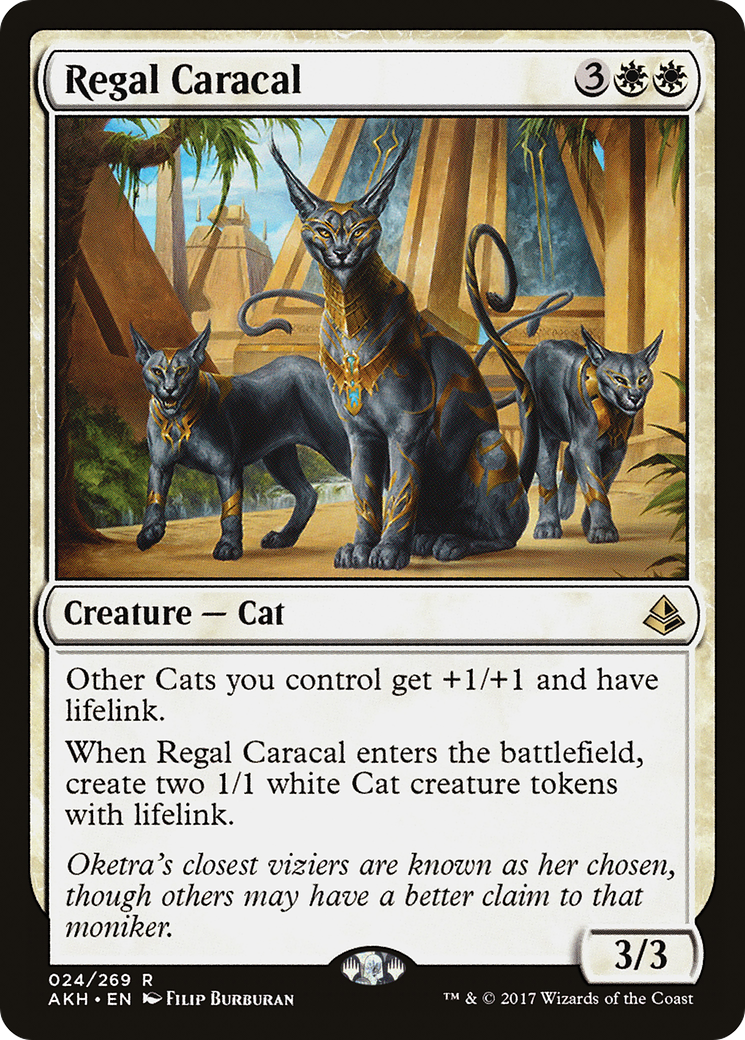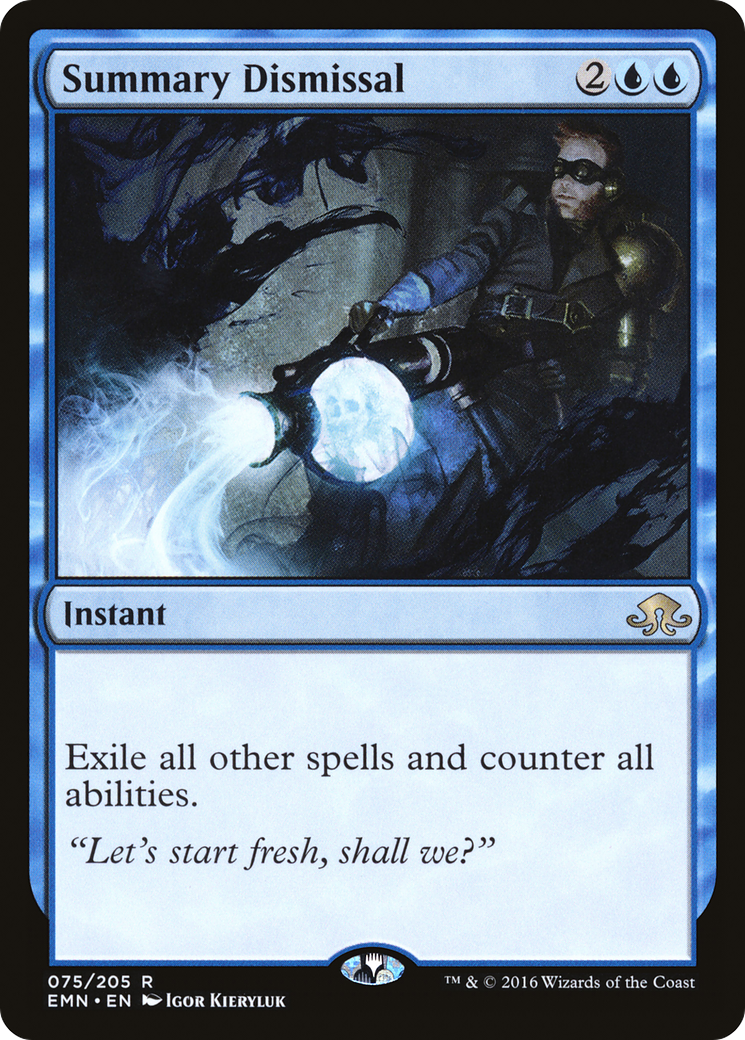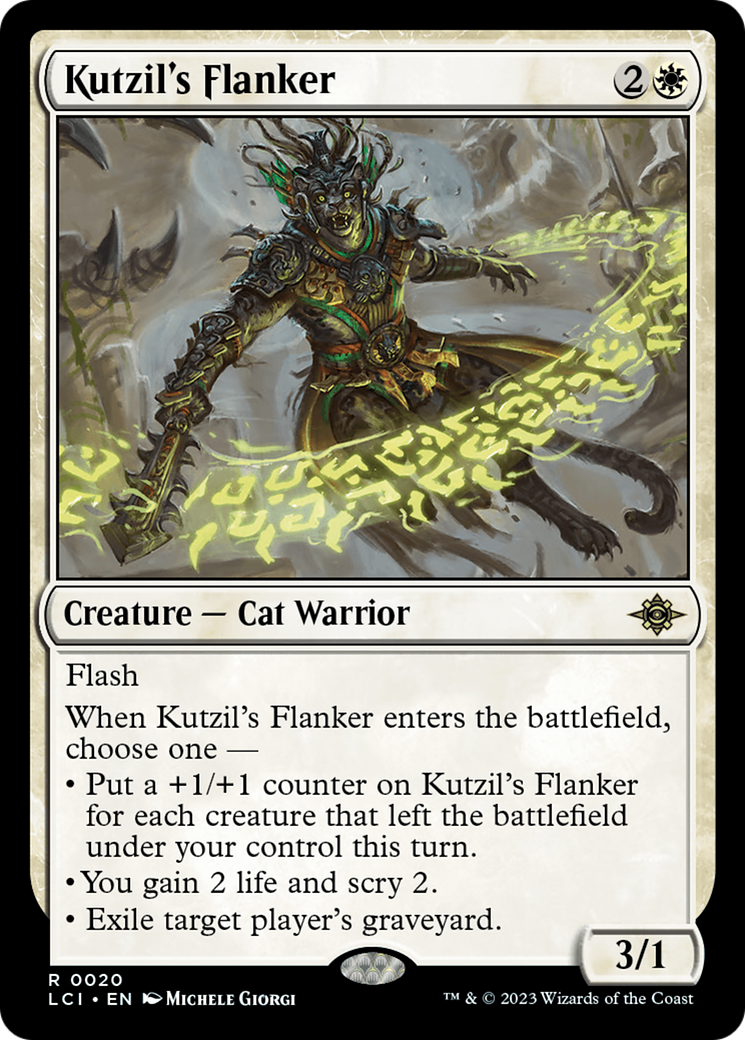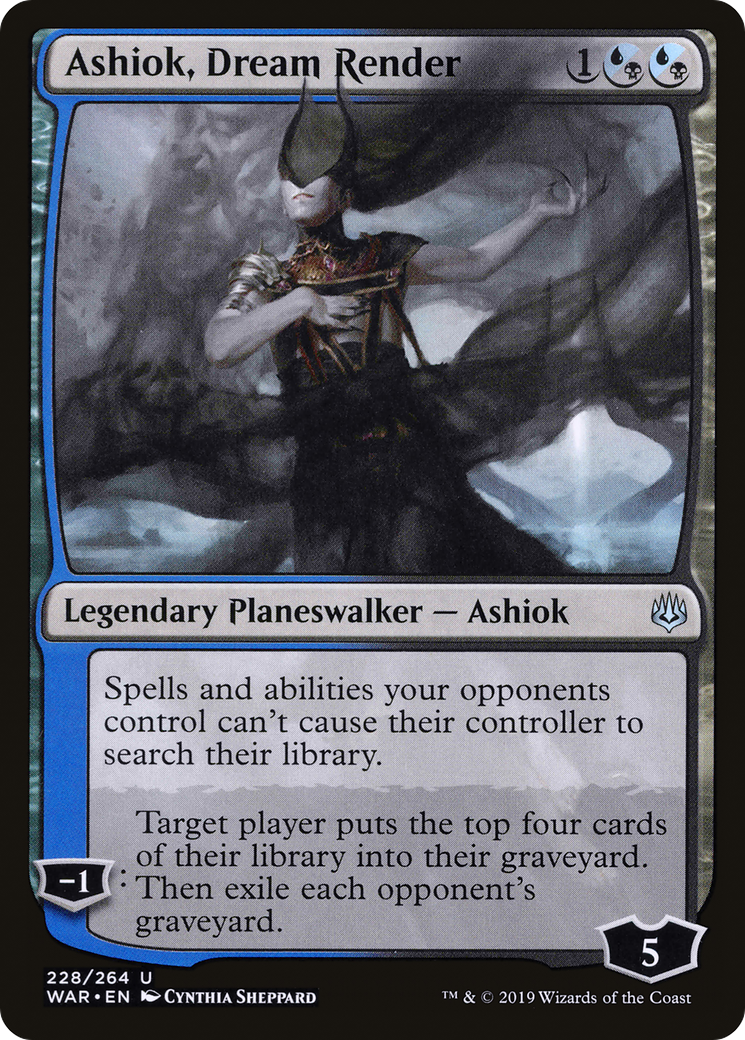RIW is hosting a Pioneer 1K on April 6; today we’re going to explore the format in preparation. They also have a weekly Pioneer event at 6PM every Thursday to get in some last minute practice.
The metagame has undergone a few changes since Pro Tour: Murders at Karlov Manor thanks to Team ChannelFireball’s innovation to Rakdos Vampires. I highly suggest watching the Pioneer games from the Pro Tour as it’s a special time when one team comes in and takes the event by storm with a surprise archetype.
Pioneer is a great format where we get some time away from fetch lands and colorful manabases and return to more wholesome game play. There are plenty of decks to choose from that are capable of taking down a big tournament. Today I’ll share top lists from the Pro Tour as a starting point for each archetype.
The last B&R announcement shook up Modern, but left Pioneer intact. Twitter took to the streets to decry a lack of Treasure Cruise ban as it’s a clearly broken card that’s slotted into the strongest deck in the format. For now, we need to account for facing Arclight Phoenix at the next event.
Here’s Jean-Emmanuel Depraz’s list from Pro Tour: Murders at Karlov Manor:
Phoenix is difficult to play well as cantrips ask you to make decisions with imperfect information, but it’s rewarding to put the time in and come out with some impressive wins. If you haven’t played with or against Phoenix in a while it’s way stronger with the more efficient card manipulation from Sleight of Hand and Picklock Prankster.
The main deck focuses on placing Arclight Phoenix into the graveyard and then returning it to the battlefield with card draw spells. Red offers efficient removal spells to ensure you’re keeping pace while casting cantrips. Lightning Axe is well-positioned as an answer to Vein Ripper and large Ledger Shredders, but can fall short against larger threats.
Izzet Phoenix has been able to remain the deck to beat because of the powerful pivot plan in the sideboard. It’s no secret Phoenix’s core game plan can be hated out with graveyard interaction and exiling the bird, but Crackling Drake is a hammer that wins in a different way.
The transformational sideboard plan is taken a step further with Young Pyromancer when the game needs to close faster; particularly helpful against Lotus Field.
The best advice I have for fighting Phoenix is to not get too wrapped up with fighting their game one strategy in the sideboard.
Unlicensed Hearse, for example, is great at keeping the graveyard at bay to prevent Treasure Cruise and Arclight Phoenix, but the transformational sideboard plan makes it less relevant. Brotherhood’s End and the occasional Abrade makes artifacts vulnerable after sideboard, too.
Damage-based removal doesn’t shine in every matchup which leaves most of the sideboard focusing on blue interaction. Mystical Dispute, Negate, Test of Talents, and Aether Gust can help fight other big players in the metagame such as Lotus Field.
Rakdos Midrange has been a Pioneer staple for years, but it received a face lift from Murders at Karlov Manor with Vein Ripper. Here’s Seth Manfield’s PT-winning list:
Rakdos Vampires is also in the conversation for the best deck.
The core of Rakdos Vampires is similar to the midrange predecessor as it’s powered by Bloodtithe Harvester, Fatal Push, Thoughtseize, and Fable of the Mirror-Breaker.
The top end has shifted as Vein Ripper has largely supplanted Sheoldred, the Apocalypse. The three drop slots have changed as Sorin, Imperious Bloodlord is required for a Show and Tell combo with Vein Ripper. Sorin’ Tell, if you will…
Preacher of the Schism is another new addition to Rakdos as it’s both a Vampire and a card advantage engine. A 2/4 is able to survive the early wave of removal against Izzet Phoenix. Sorin is not only a way to cheat in Vein Ripper, but the +1 abilities encourage pushing the Vampire subtheme. Mutavault is a threat or removal spell depending on the game.
The three drops in Rakdos Midrange were able to crew Reckoner Bankbuster, but the planeswalker and 2/4 won’t get the job done; Smuggler’s Copter is able to function well in Vampires as there are many two-power creatures.
Cavern of Souls can lead to some awkward mana draws and is in the deck as a concession to casting a six-drop vampire in the face of counters out of Azorius Control.
Vampires is a well-positioned deck, but its existence has shifted the removal in the format. Vein Ripper’s ward trigger of sacrificing a creature encourages sacrifice effects to be played. Rakdos Vampires is a very strong deck, but the matchup profile depends on how well a strategy can answer or play around Vein Ripper.
I Plan to Register Rakdos Vampires
Rakdos Vampires has evolved since the Pro Tour.
Archfiend of the Dross is the new preferred four-drop because a 6/6 with flying keeps up with Vein Ripper and survives Lightning Axe. This innovation alone prevents me from jumping ship to Phoenix.
Not only is this the new stock maindeck, but the sideboard cards are also becoming standardized. The maindeck is already very strong in the mirror so the sideboard focuses on slam dunks in the Phoenix, Lotus Field, and Amalia matchups.
Blot Out is the new removal spell to fight the mirror. It’s significantly better than Liliana of the Veil as it can evade pesky Dusk Legion Zealots.
Christoffer Larsen made the top 8 of PT: Murders at Karlov Manor with the premier creature combo deck: Amalia.
Amalia is able to generate numerous explore triggers when combined with Wildgrowth Walker to gain plenty of life and can then stack Aetherflux Reservoir on top of the deck in case the giant creature can’t get the job done.
This powerful combo deck is enabled by creatures with low mana values making this the perfect Collected Company shell. Chord of Calling is another powerful way to put creatures directly onto the battlefield that’s a multi-format all star.
A strange interaction with Amalia Combo is that she will continue to explore as long as Wildgrowth Walker is on the battlefield. This can create a draw if you’re able to give Wildgrowth Walker indestructible as both abilities must occur. Not a common occurrence, but comes up against Boros Heroic.
Amalia has staying power in the metagame due to its resilient nature, but can also threaten kills by the third turn.
Despite being a combo deck like Amalia, Lotus Field takes advantage of a powerful land that scratches a different itch. I wouldn’t advise picking up this deck cold, but practicing the lines and playing against popular interaction will make you a force in any tournament.
Here’s Mingyang Chen’s top 8 list from PT: Murders:
Lotus Field seeks to get the namesake land onto the battlefield, copy it with Thespian’s Stage, and generate mana to cast Emergent Ultimatum for a series of game-ending spells.
Pore Over the Pages, Hidden Strings, and Vizier of the Tumbling Sands enable faster wins by generating mana to repeatedly untap Lotus Field.
Most of the game-ending win conditions are in the sideboard as they can be found with Fae of Wishes.
Lotus Field Combo has a strong game one against Izzet Phoenix as this is a deck that doesn’t care about red-based removal. It can be weak to hyper-aggressive decks such as Boros Heroic as there isn’t enough time to set up.
Popular sideboard cards against Lotus Field include Damping Sphere and Ashiok, Dream Render. Boseiju and Otawara can protect against hate pieces so they must be backed up with pressure and additional disruption.
Dillon Kikkawa made the top 16 of PT: Murders with Azorius Control. A sudden breath of life was added to Azorius Control thanks to the printing of No More Lies.
Many of Azorius Control’s tools should look familiar from my recent Standard article. The influx of powerful interaction and win conditions have made their mark in both Standard and Pioneer including The Wandering Emperor and Memory Deluge.
Azorius Control had a rough time at PT: Murders as there was a metagame shakeup thanks to Rakdos Vampires and stronger players are more adept at playing around reactive decks.
Control has the tools to take down any tournament if you make the right metagame calls, but getting it wrong can be disastrous. The metagame has condensed after PT: Murders so I think this is a good opportunity to play the deck once again.
Similar to Standard, I like Pioneer’s position as a format. It’s a format that waxes and wanes in popularity based on external support from RCQs and other circuit events, but I’m always happy to play.
I’m likely to register Rakdos Vampires as the Archfiend of the Dross tech is an important upgrade against the mirror and Phoenix. It pains me to lay down Rakdos Midrange, but I have to keep up with the times.
I hope to see you for RIW’s 1K on April 6!
